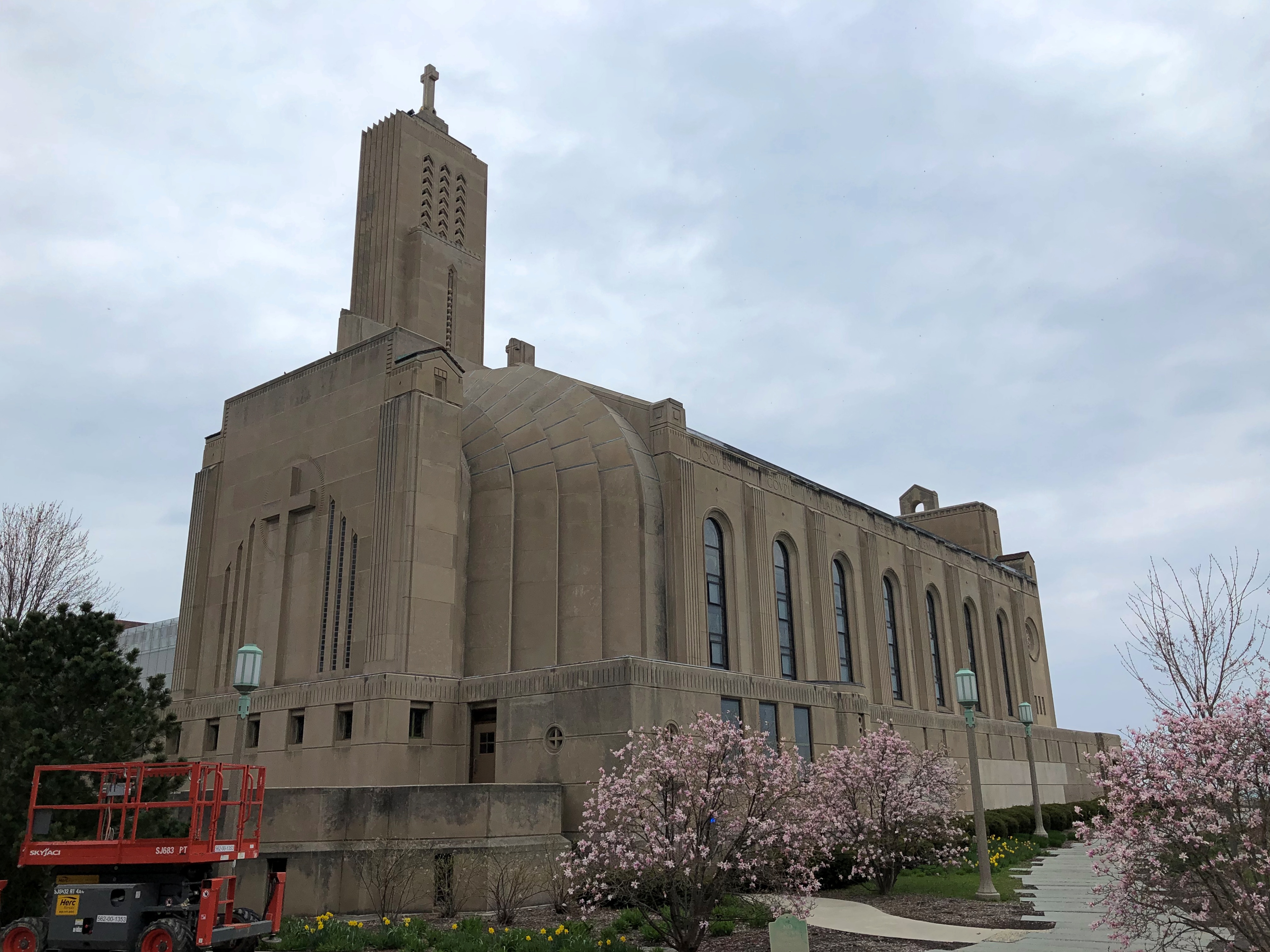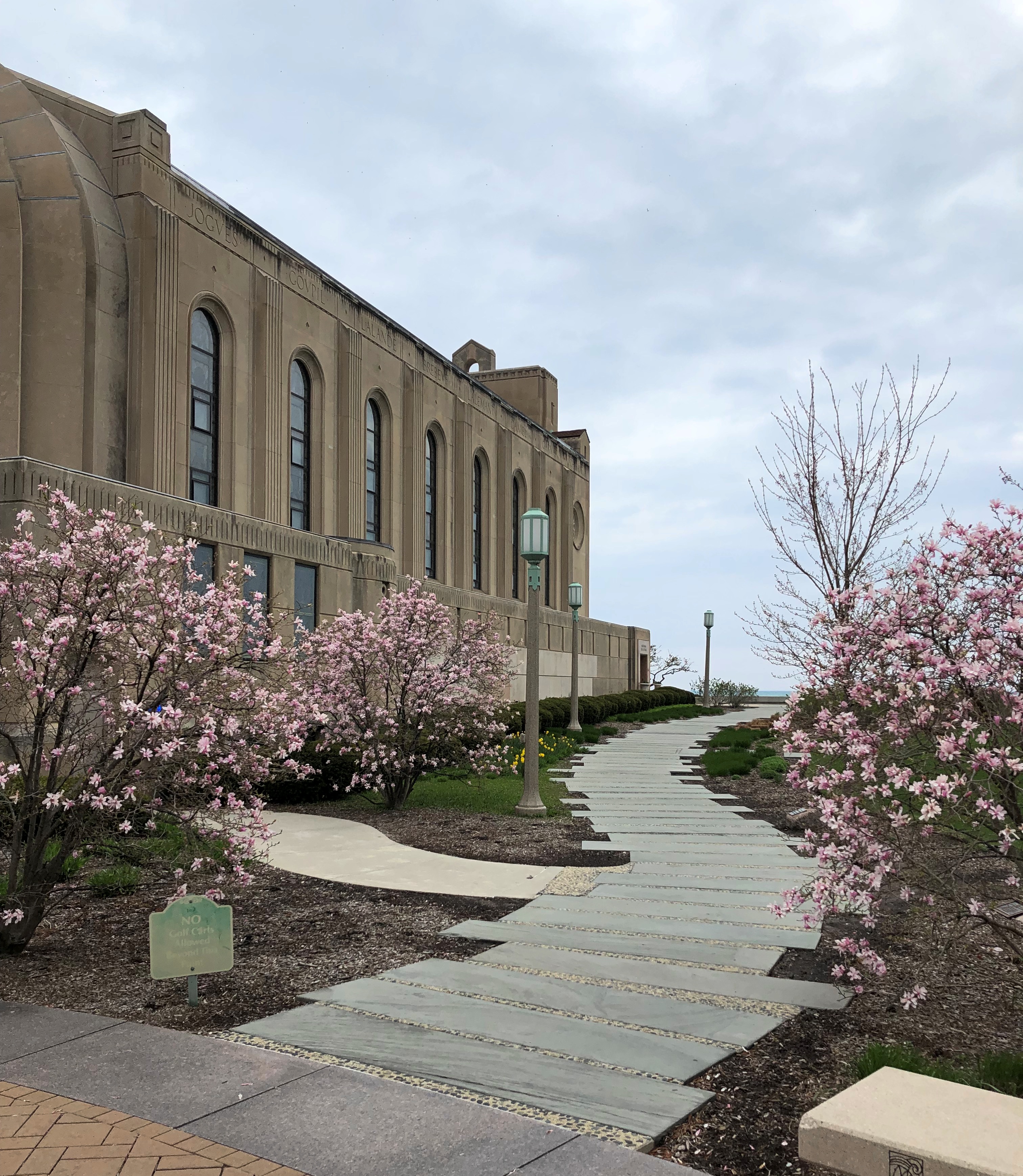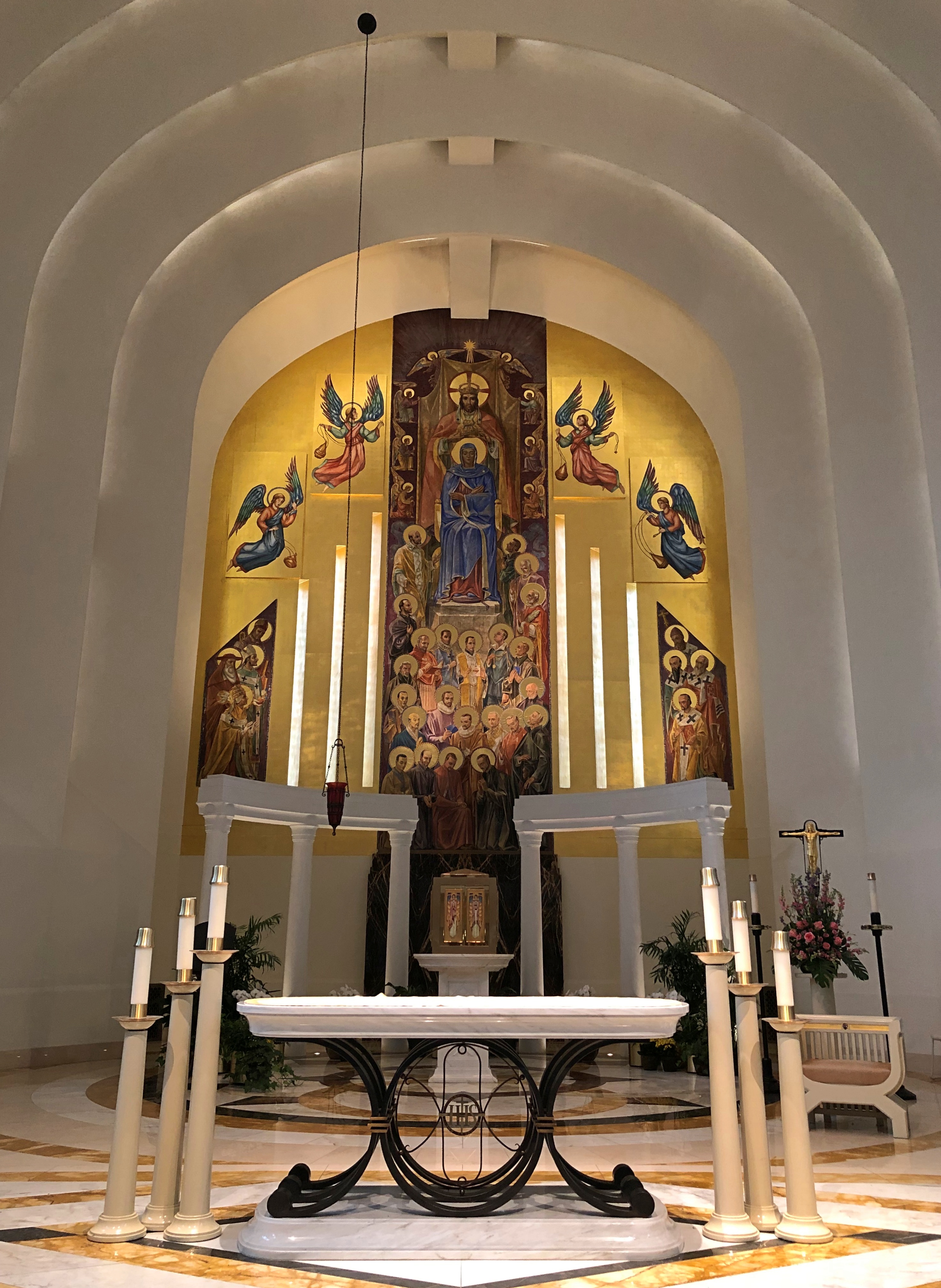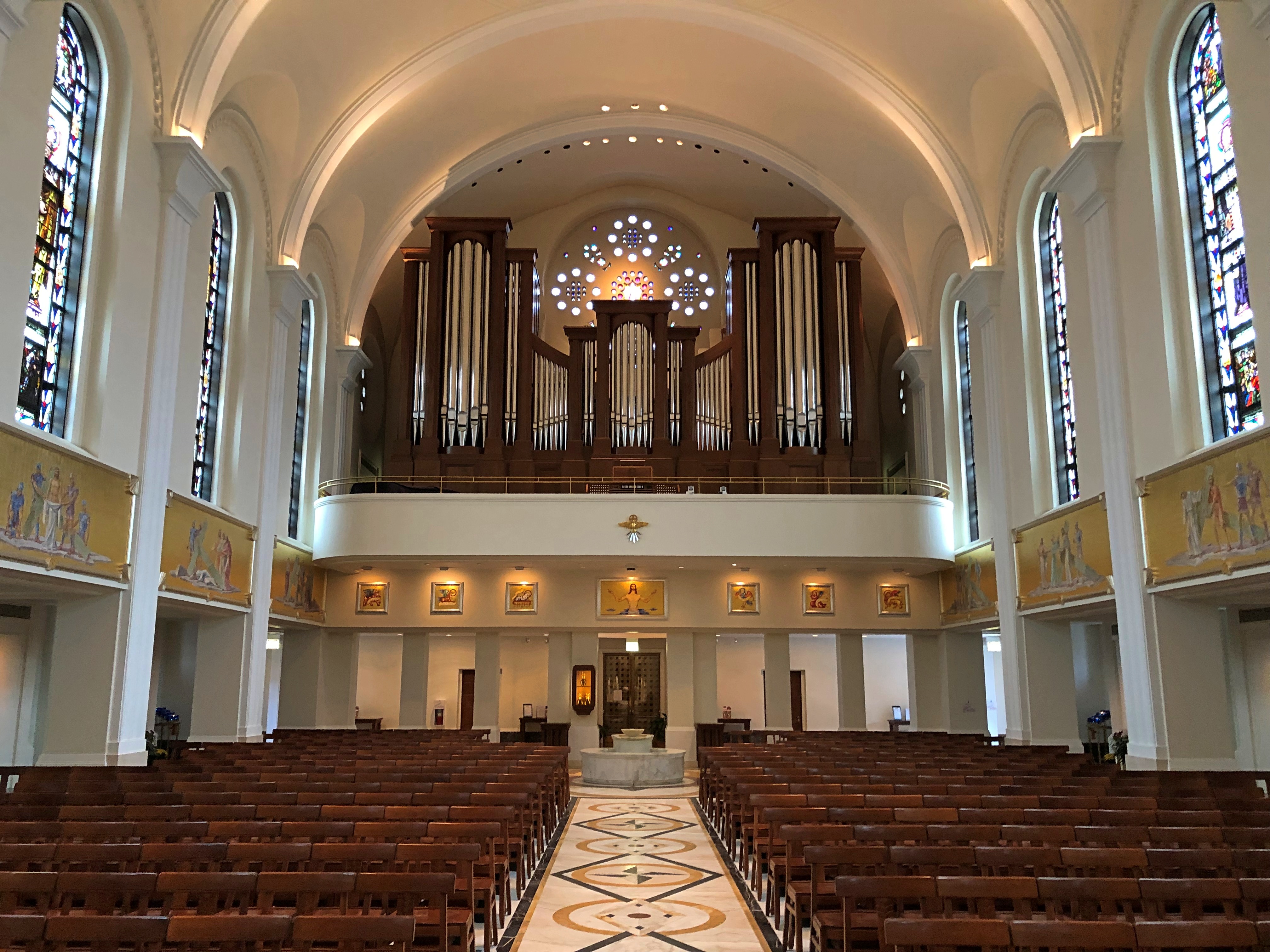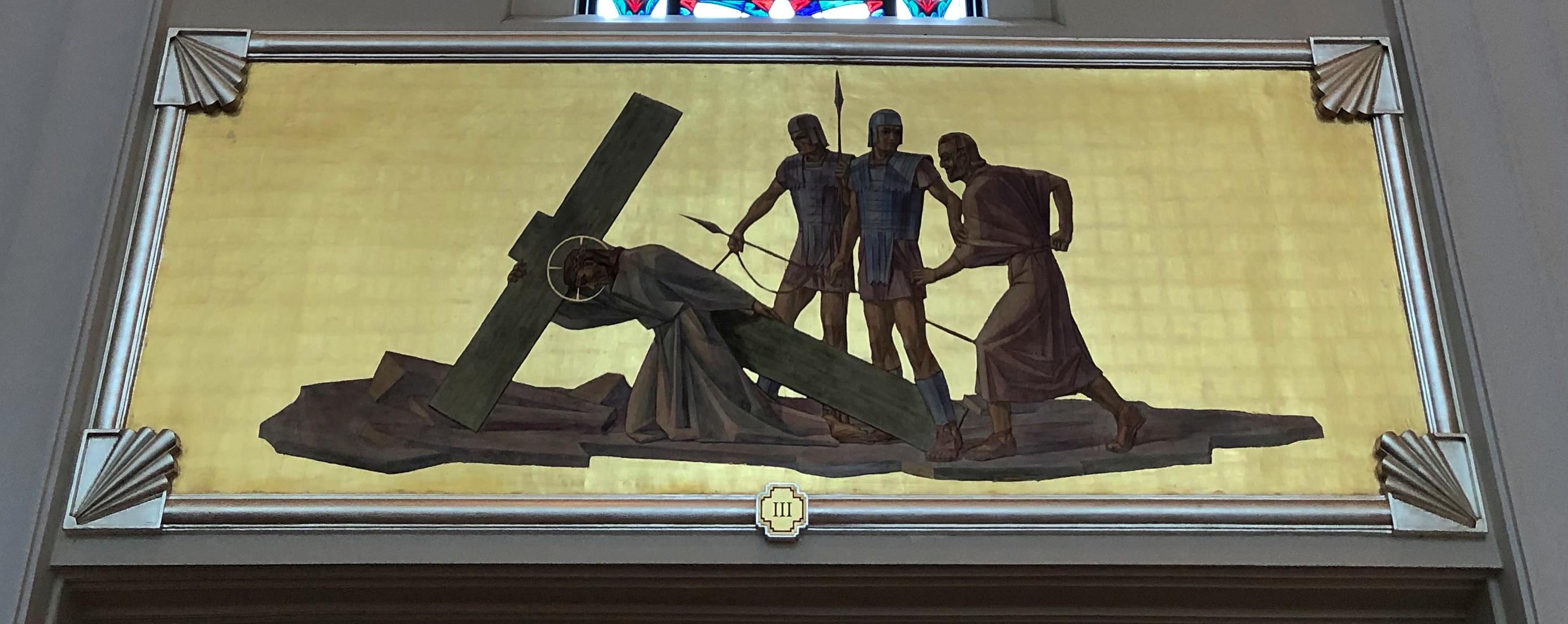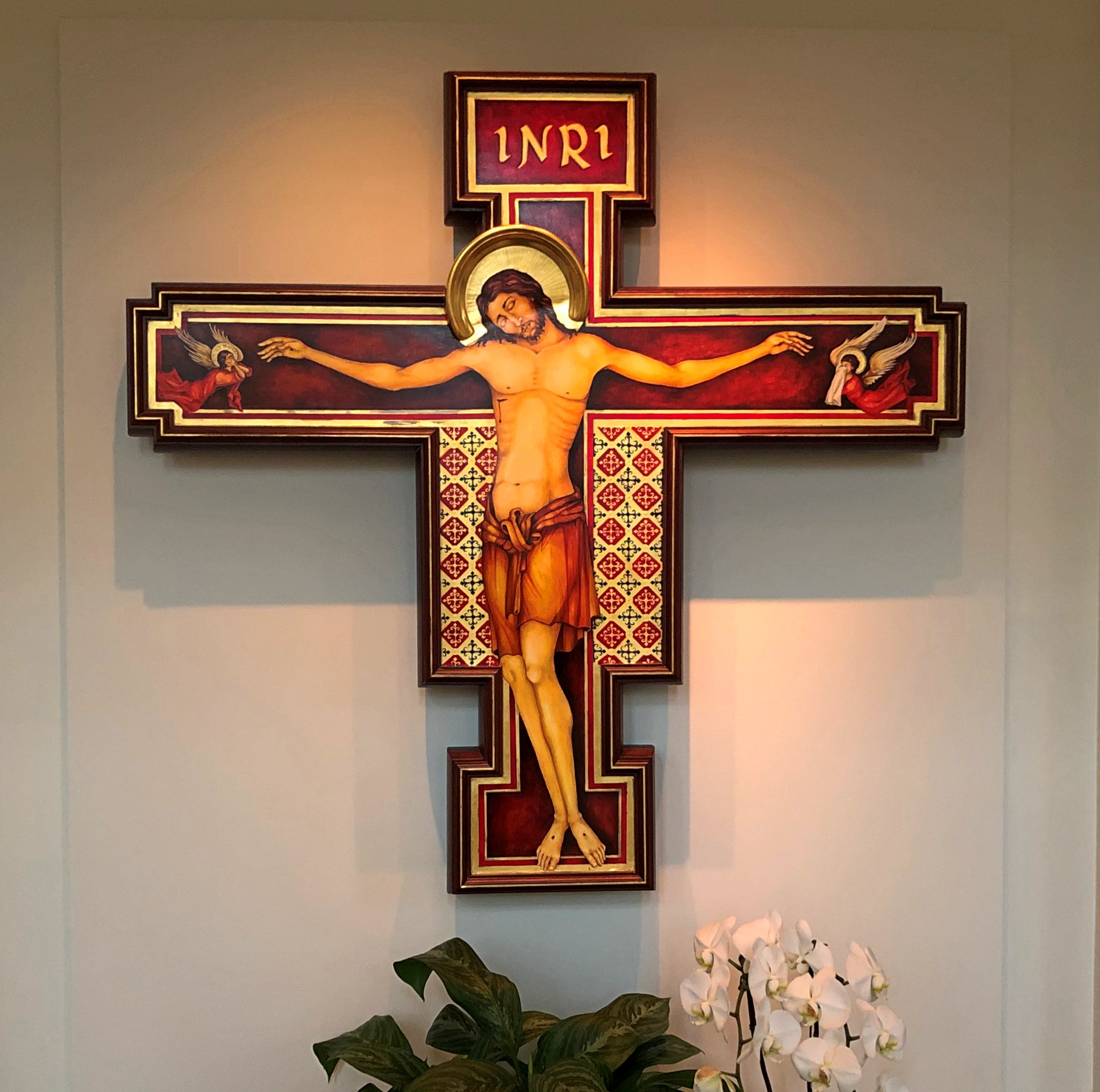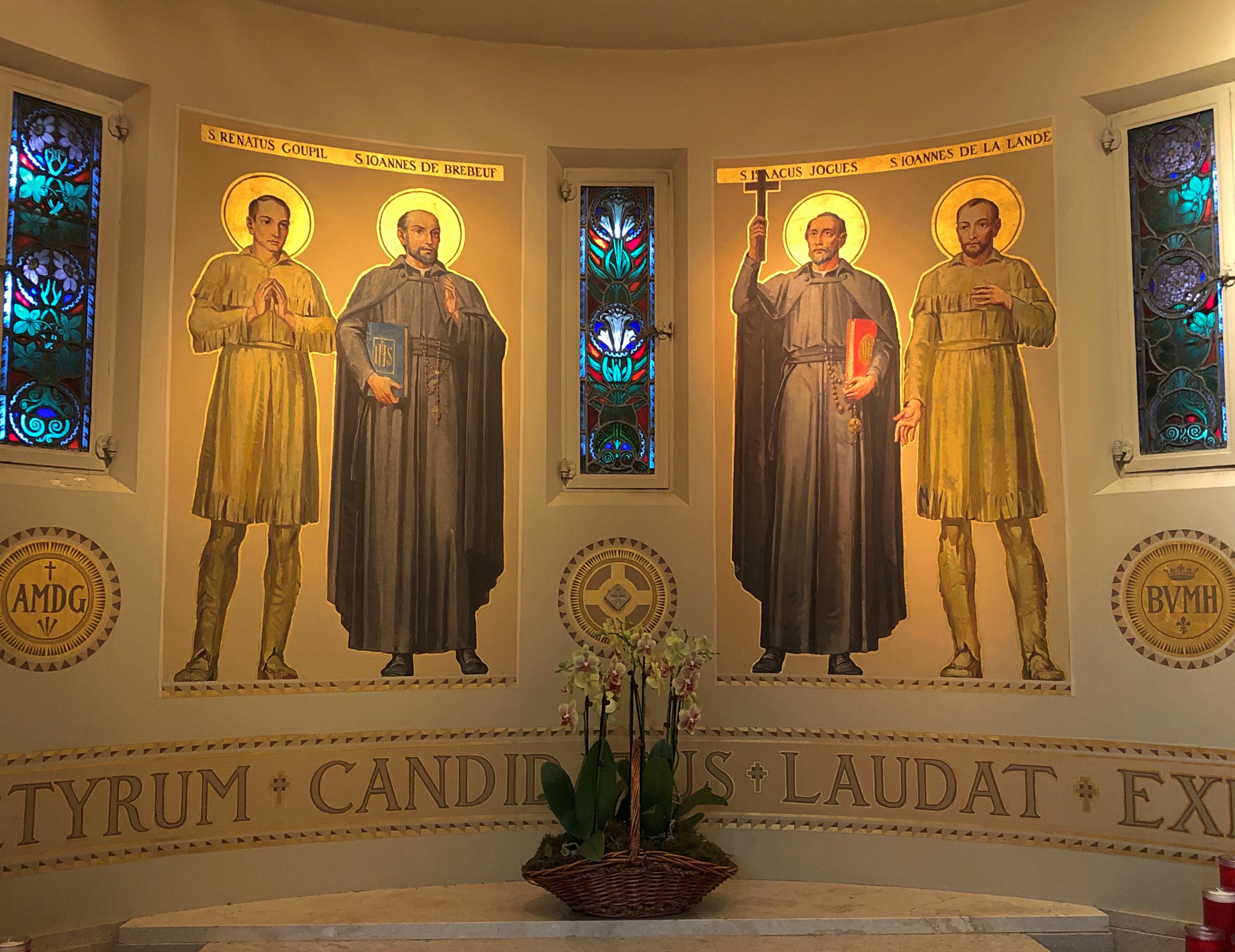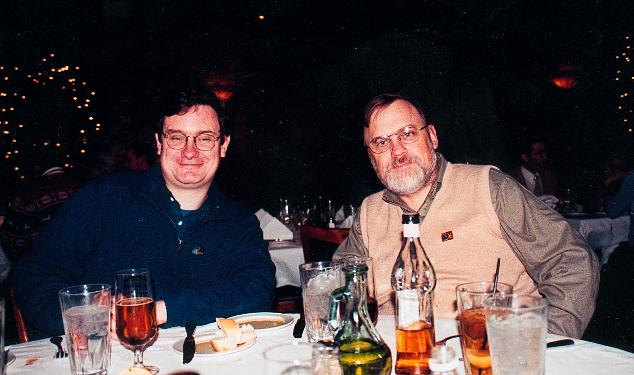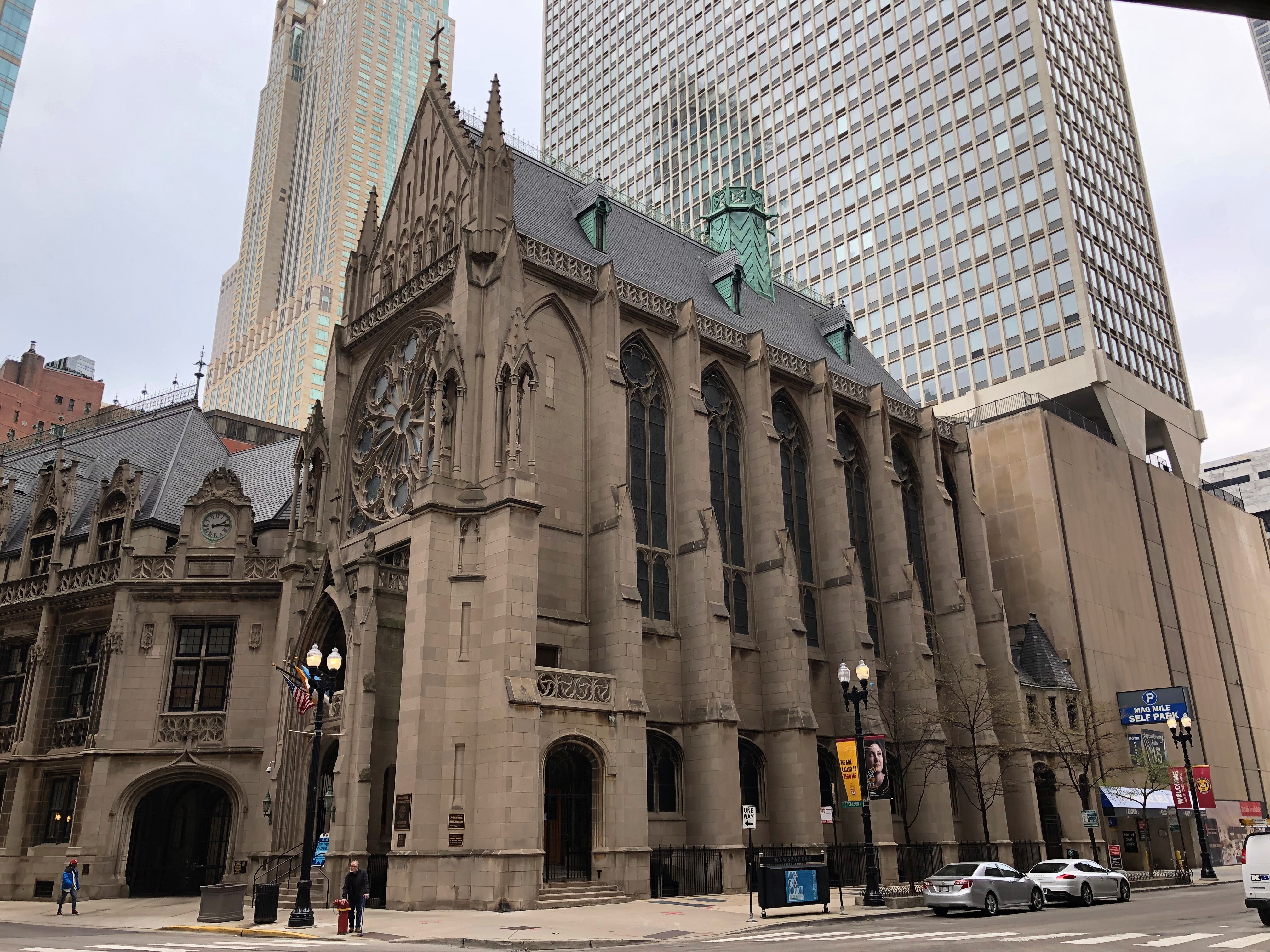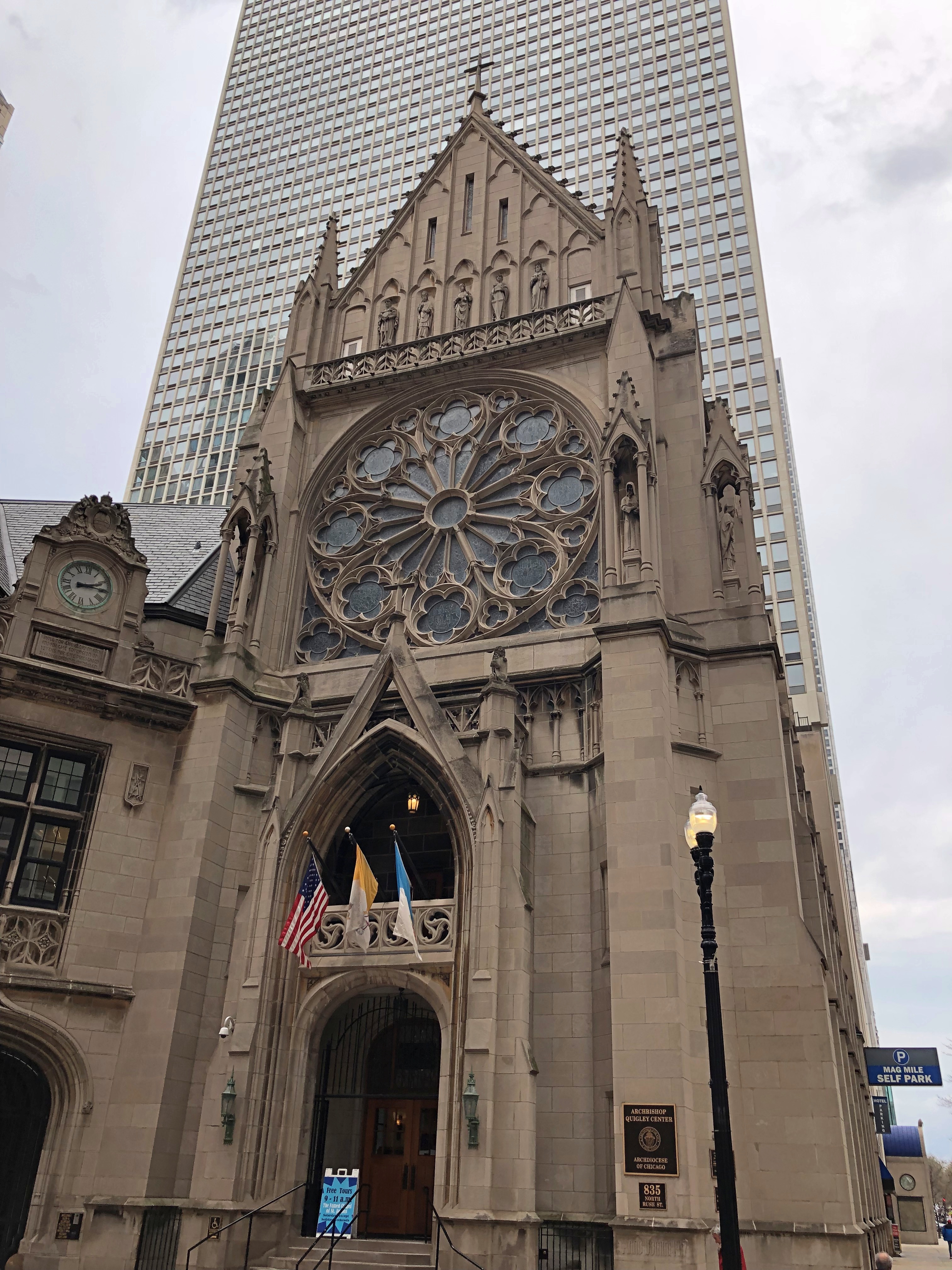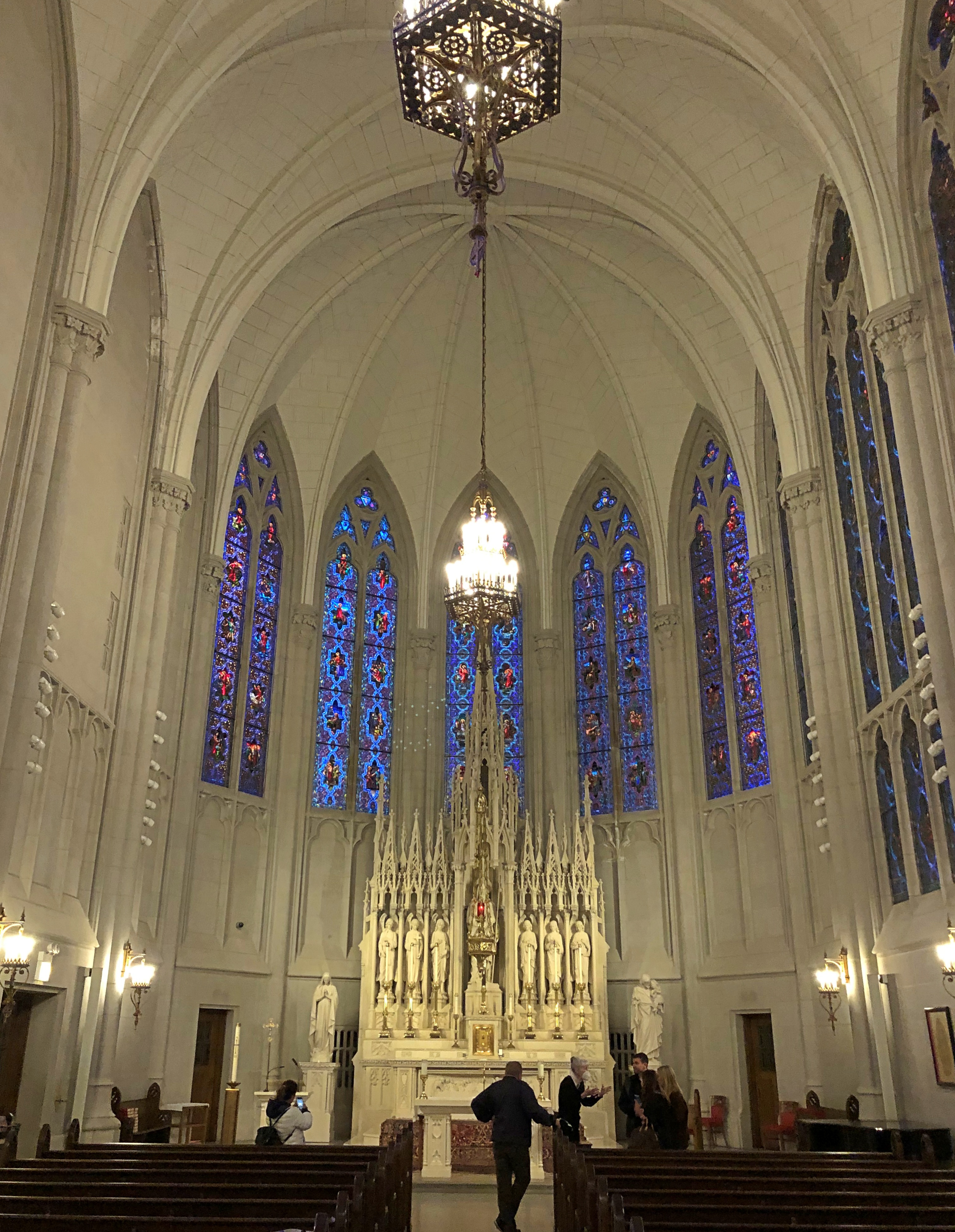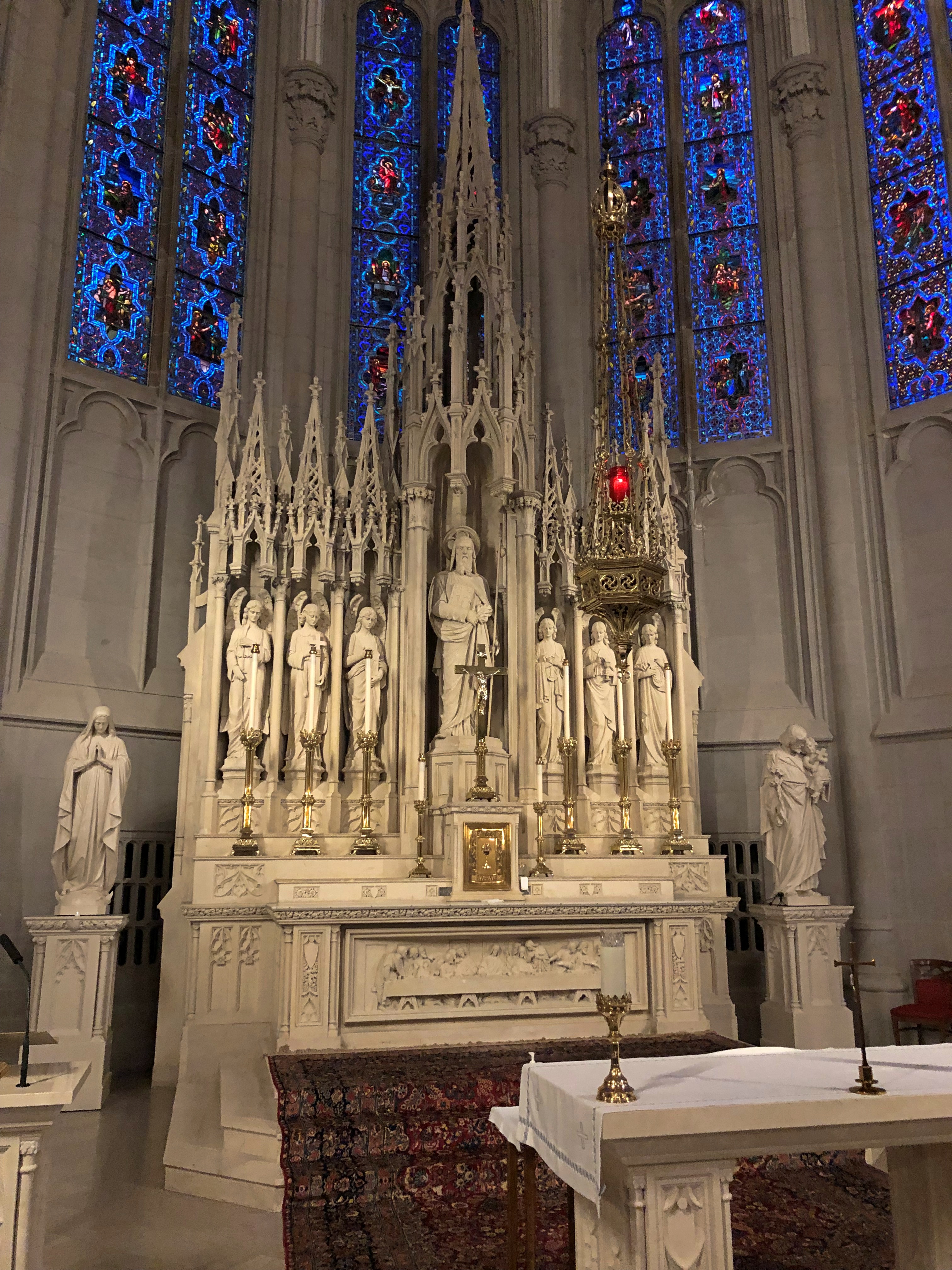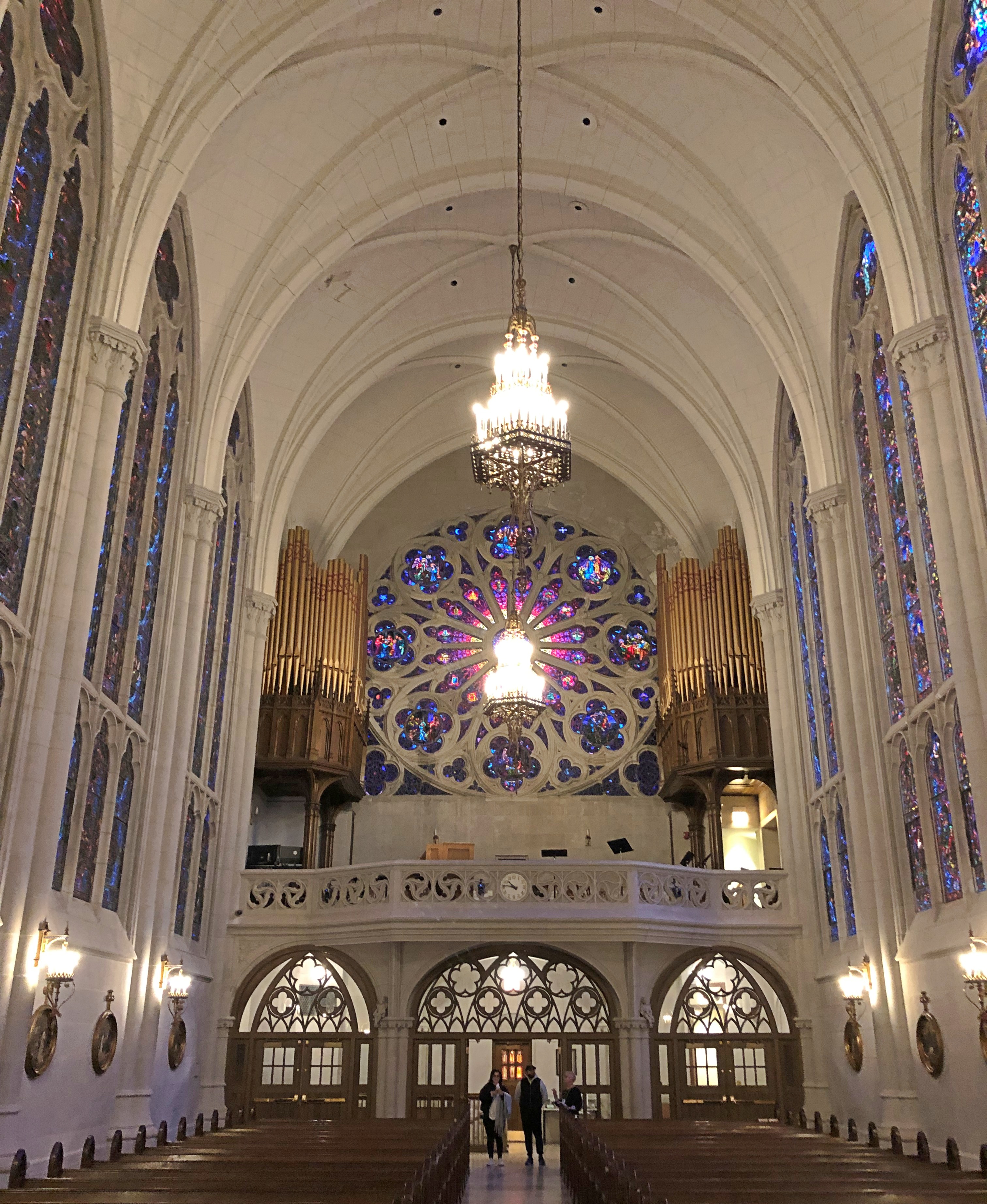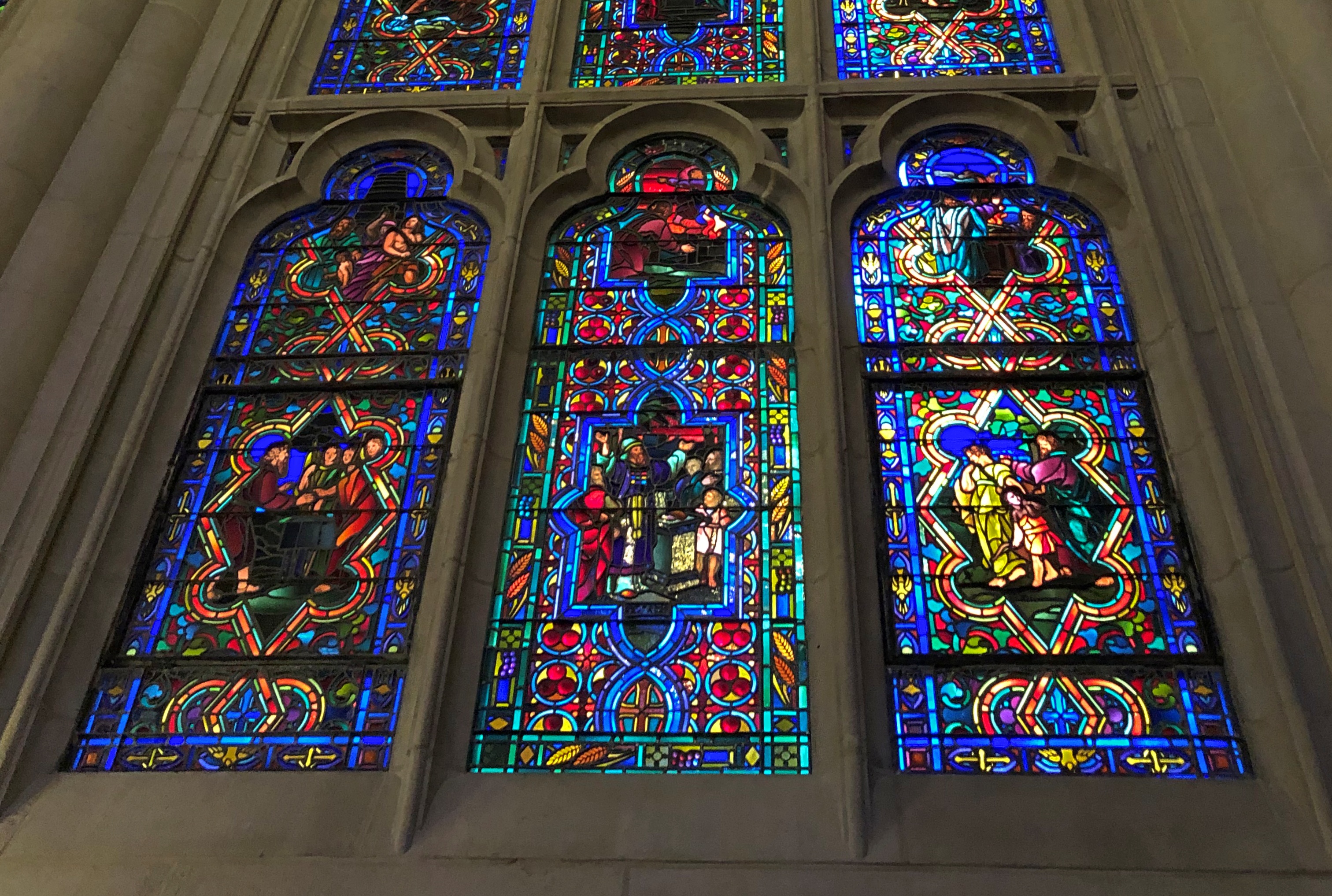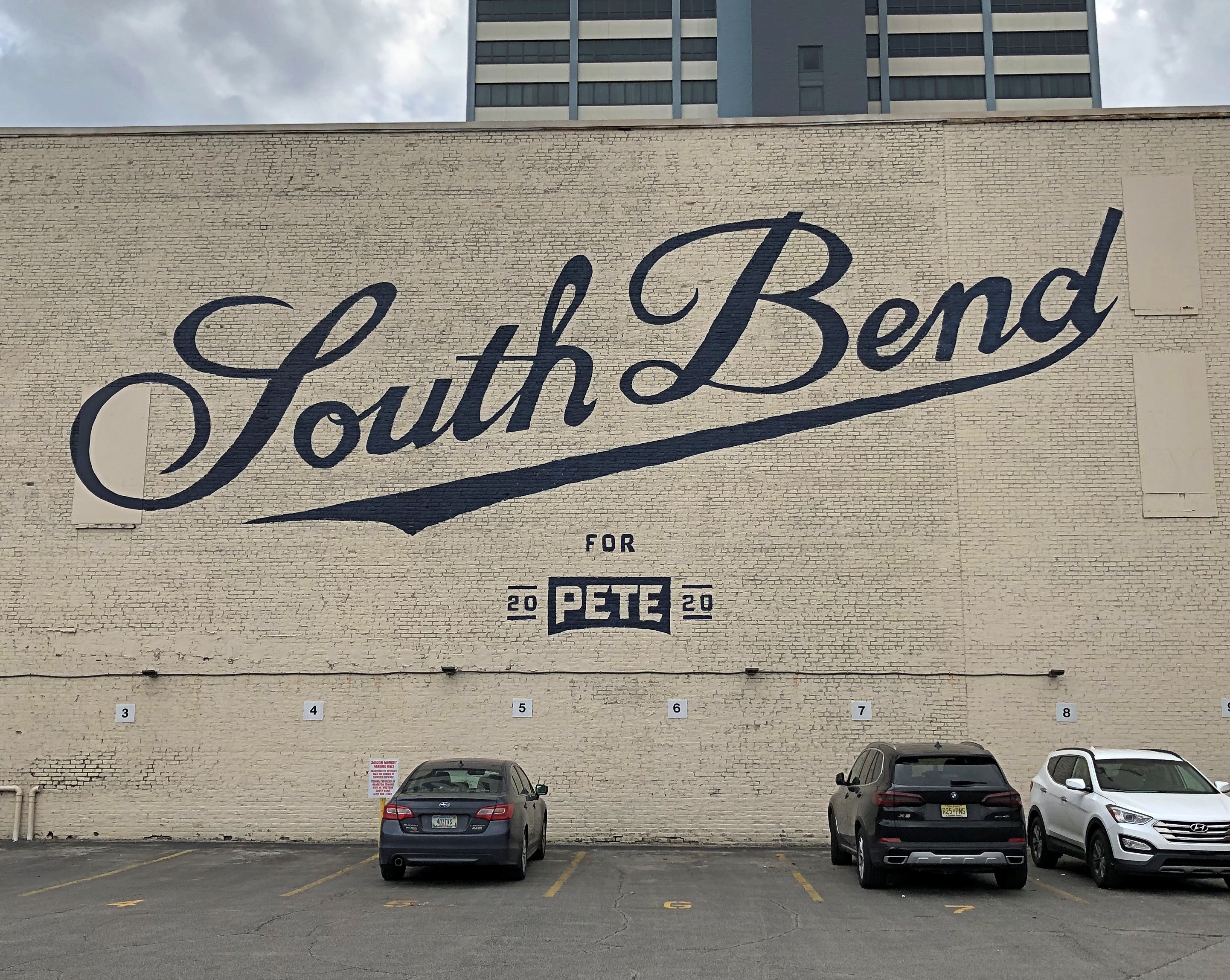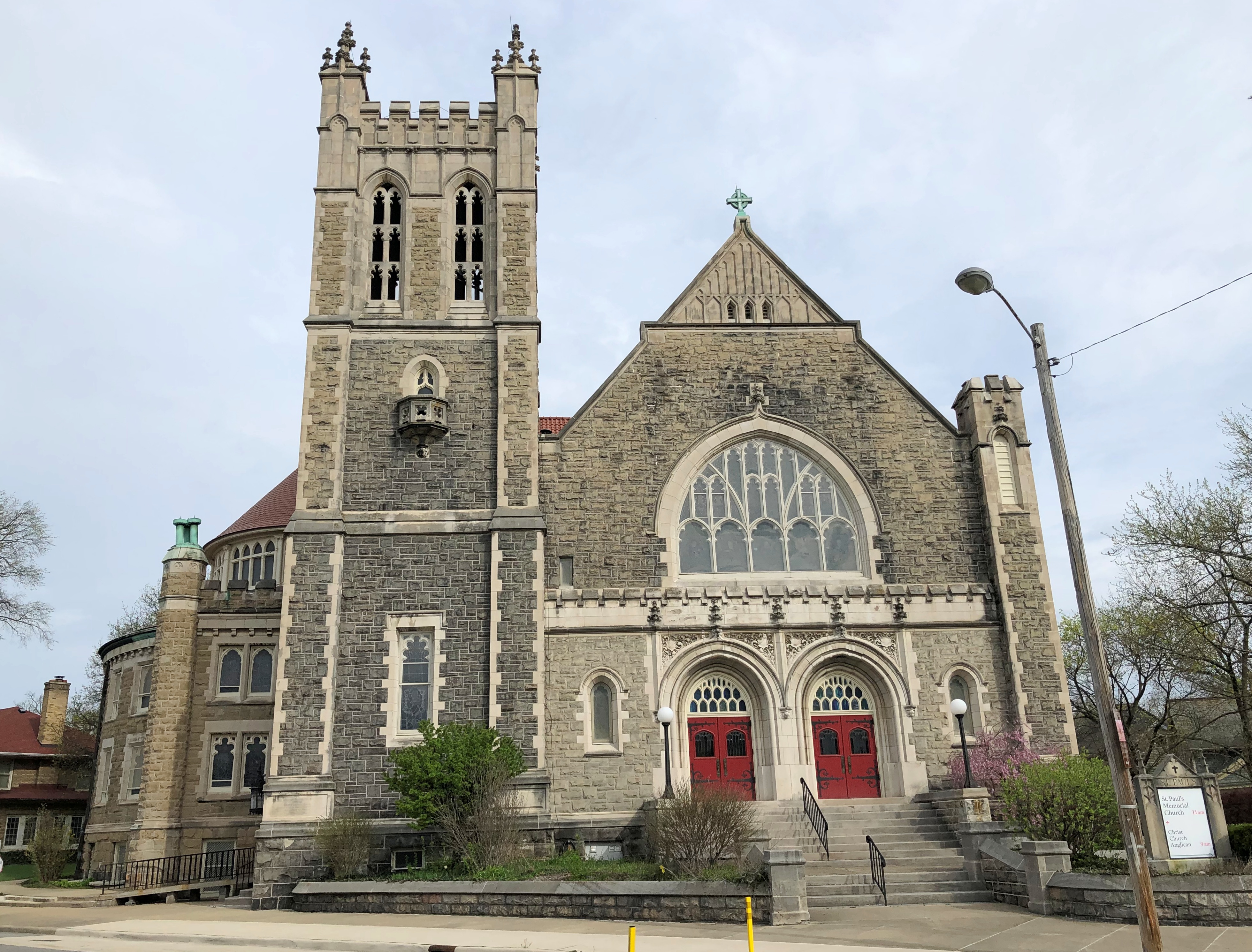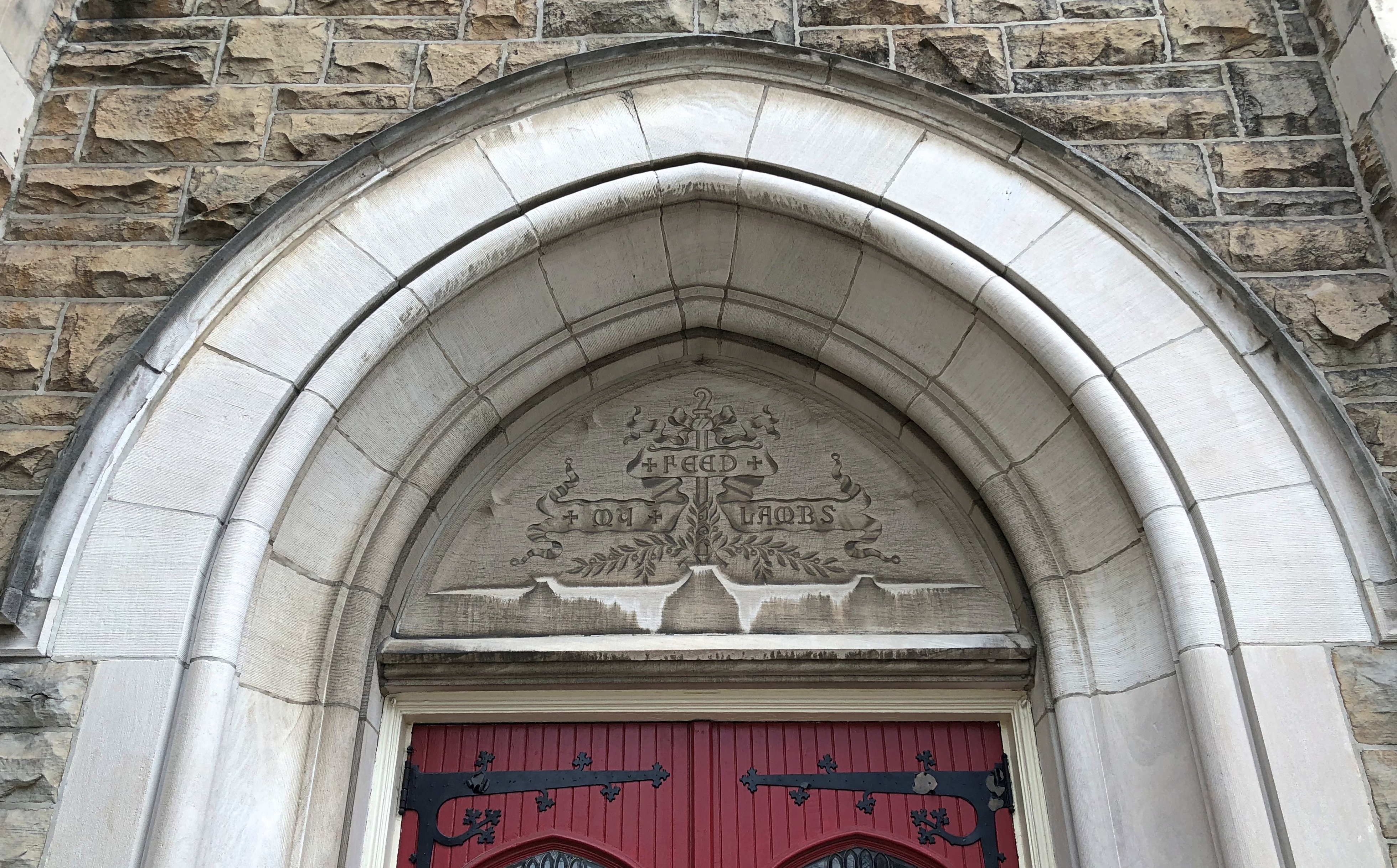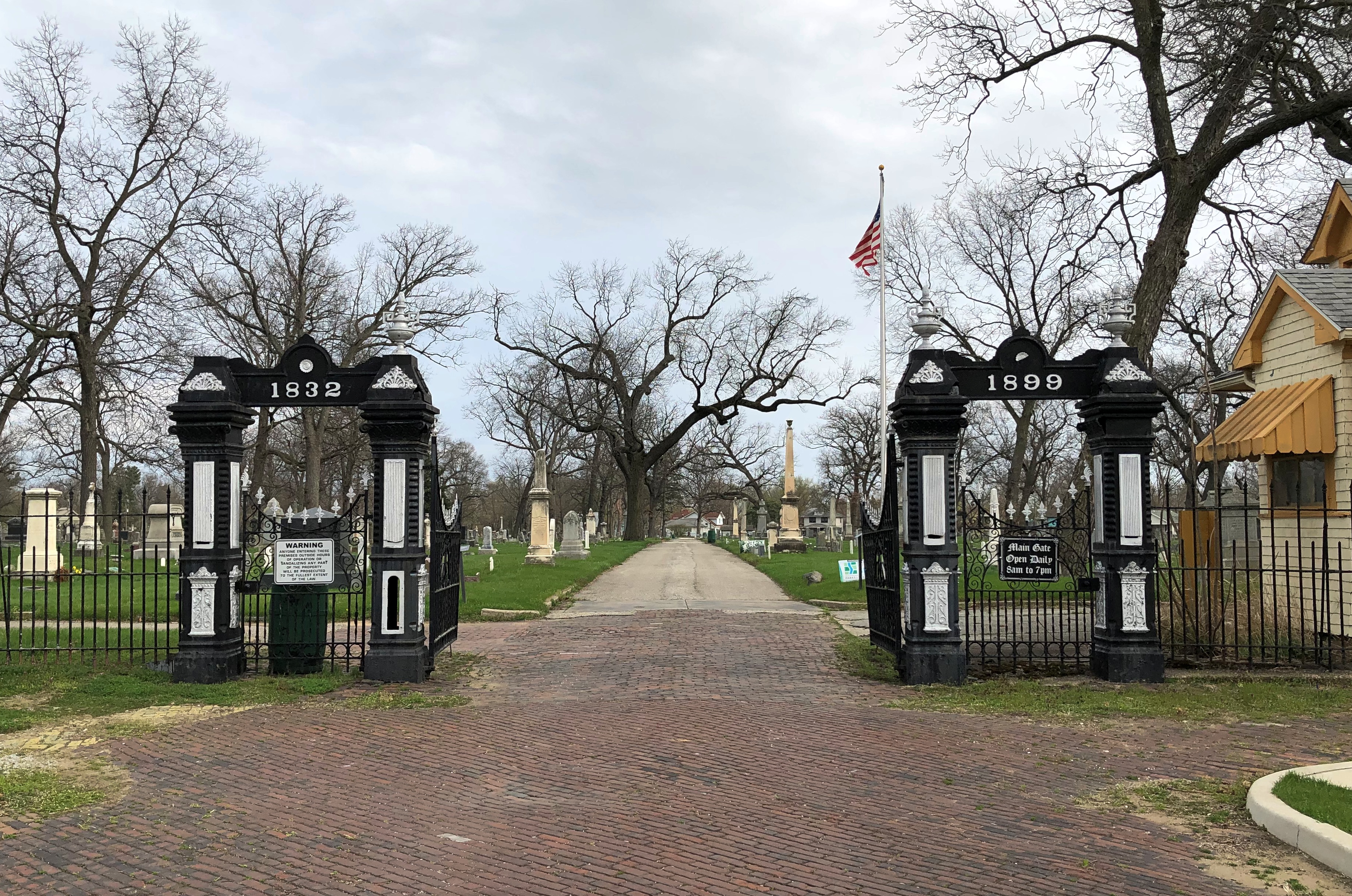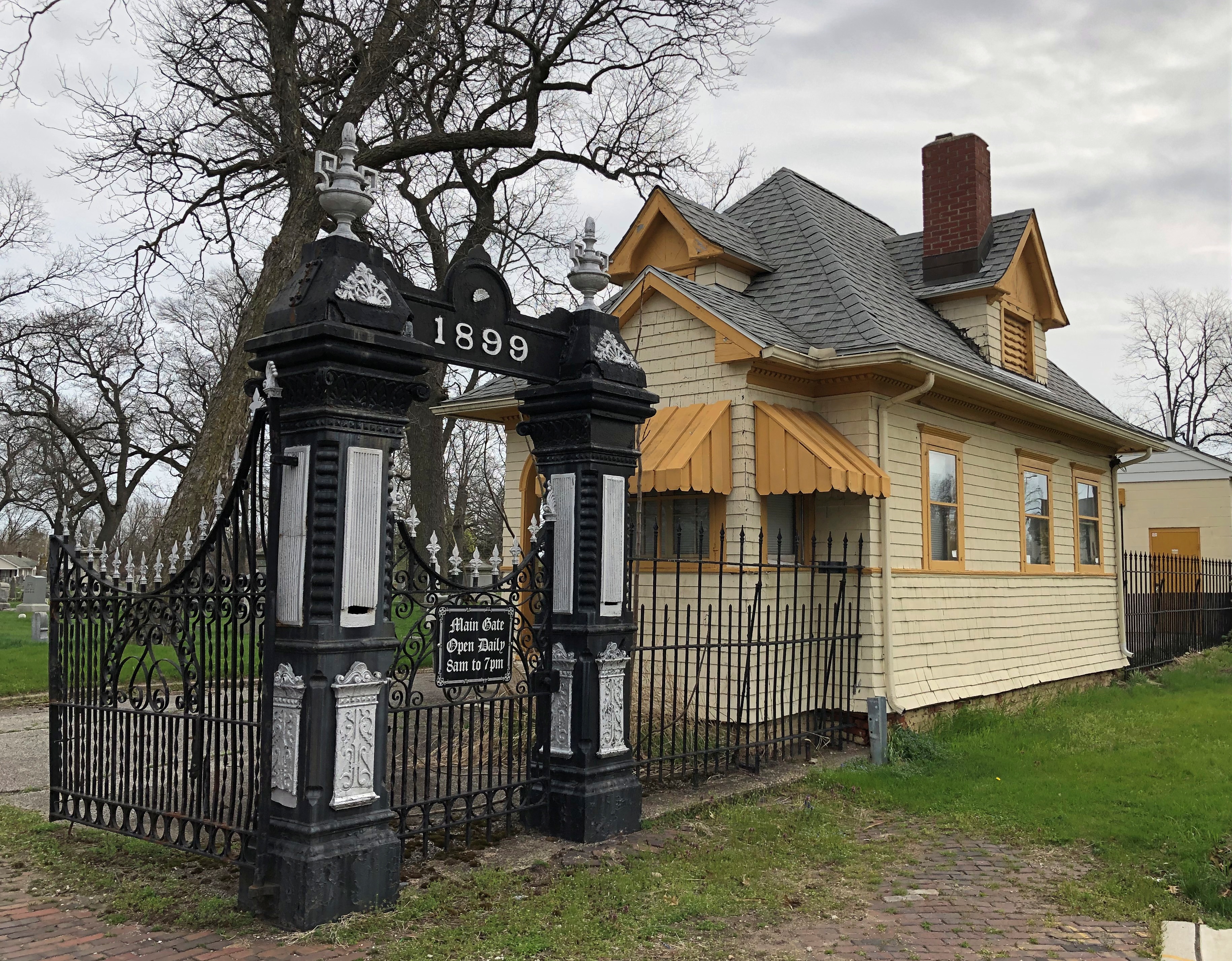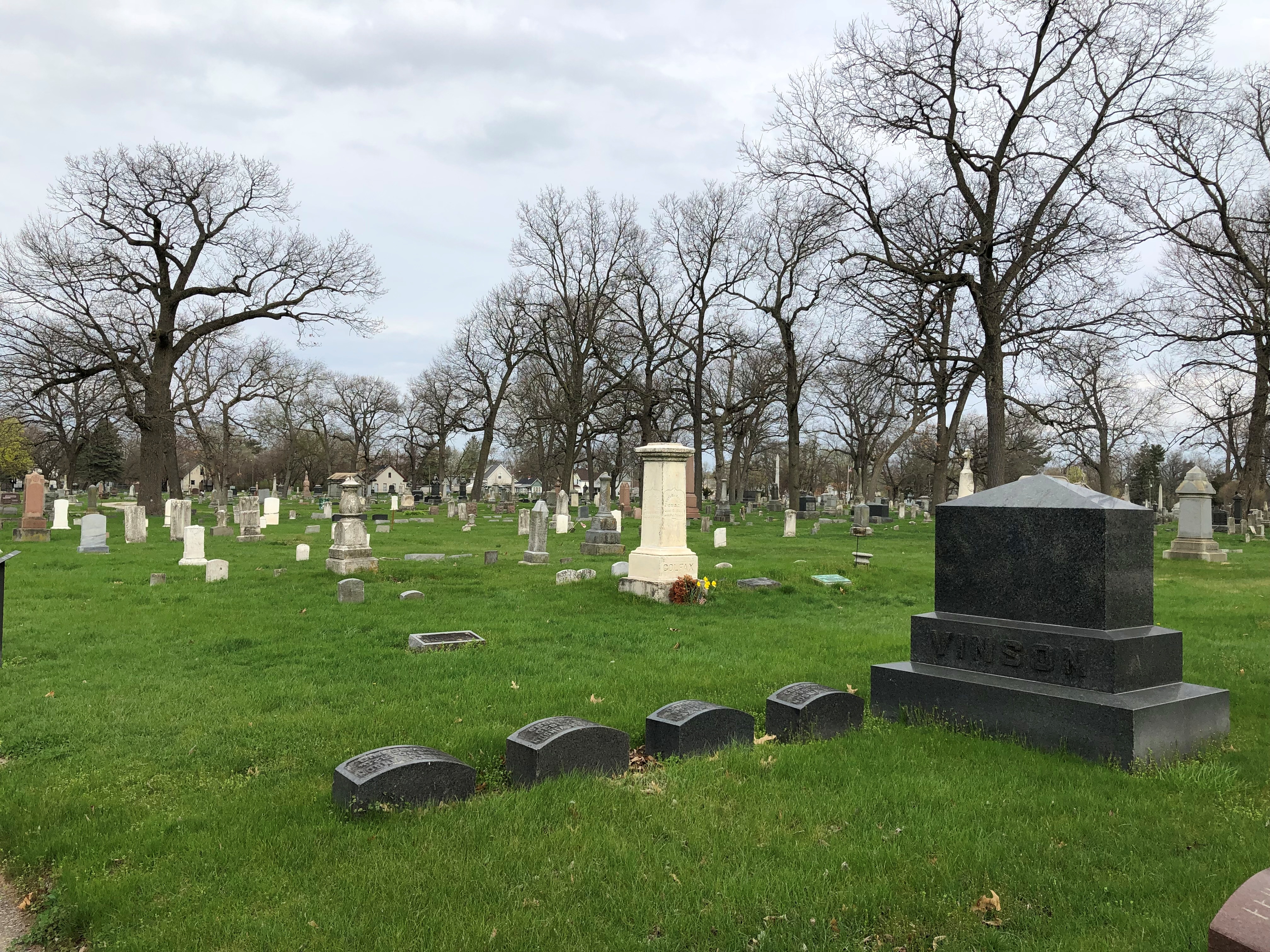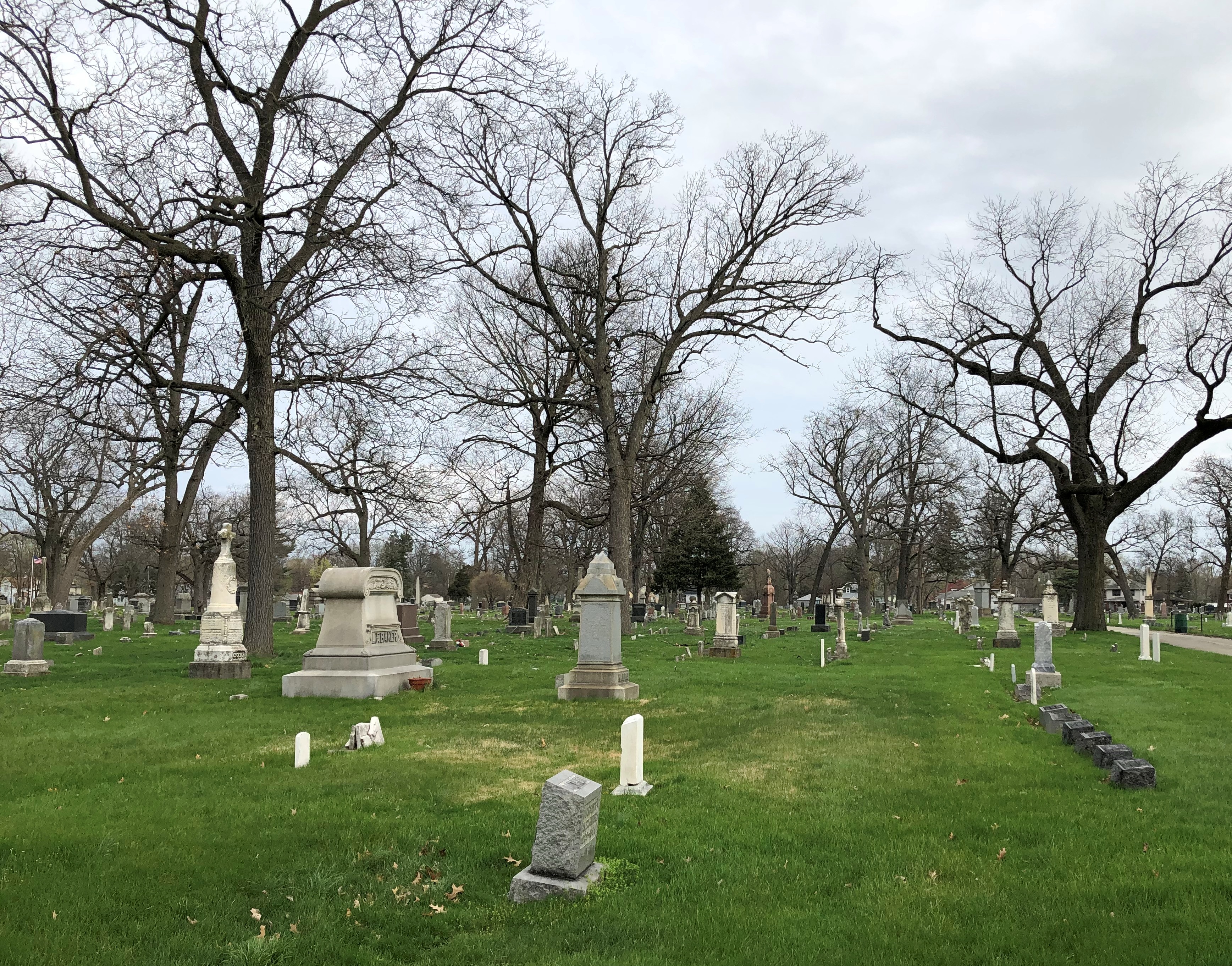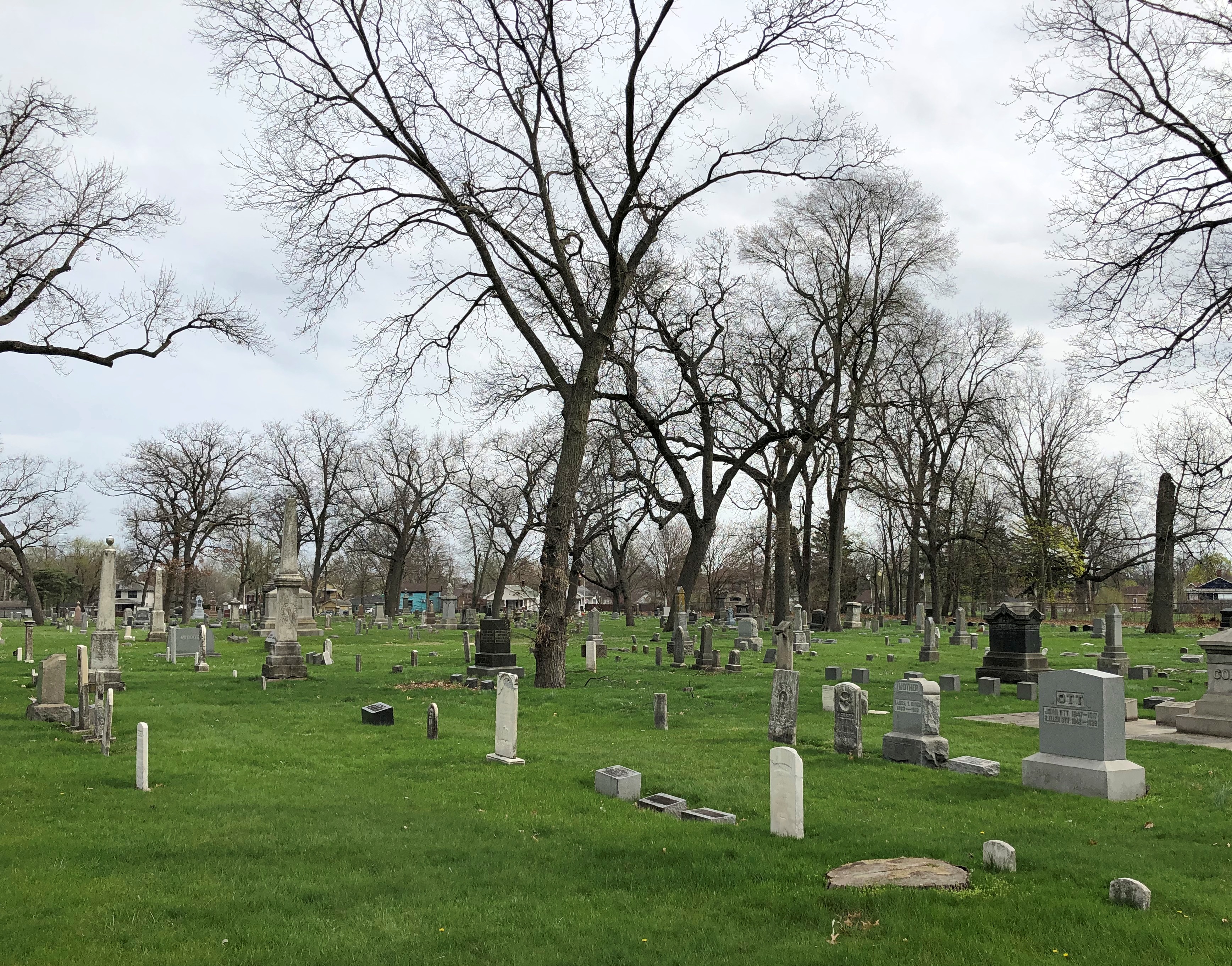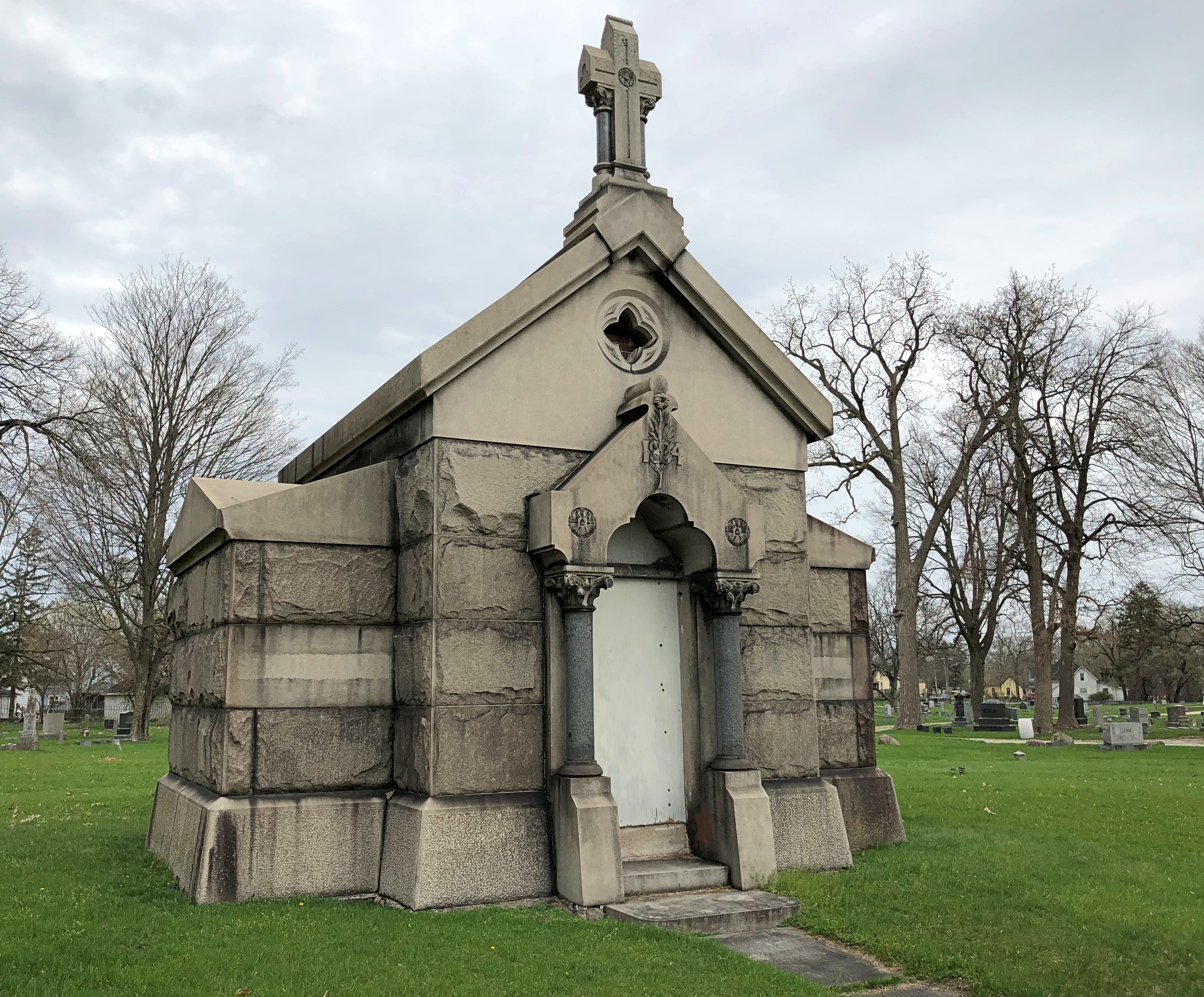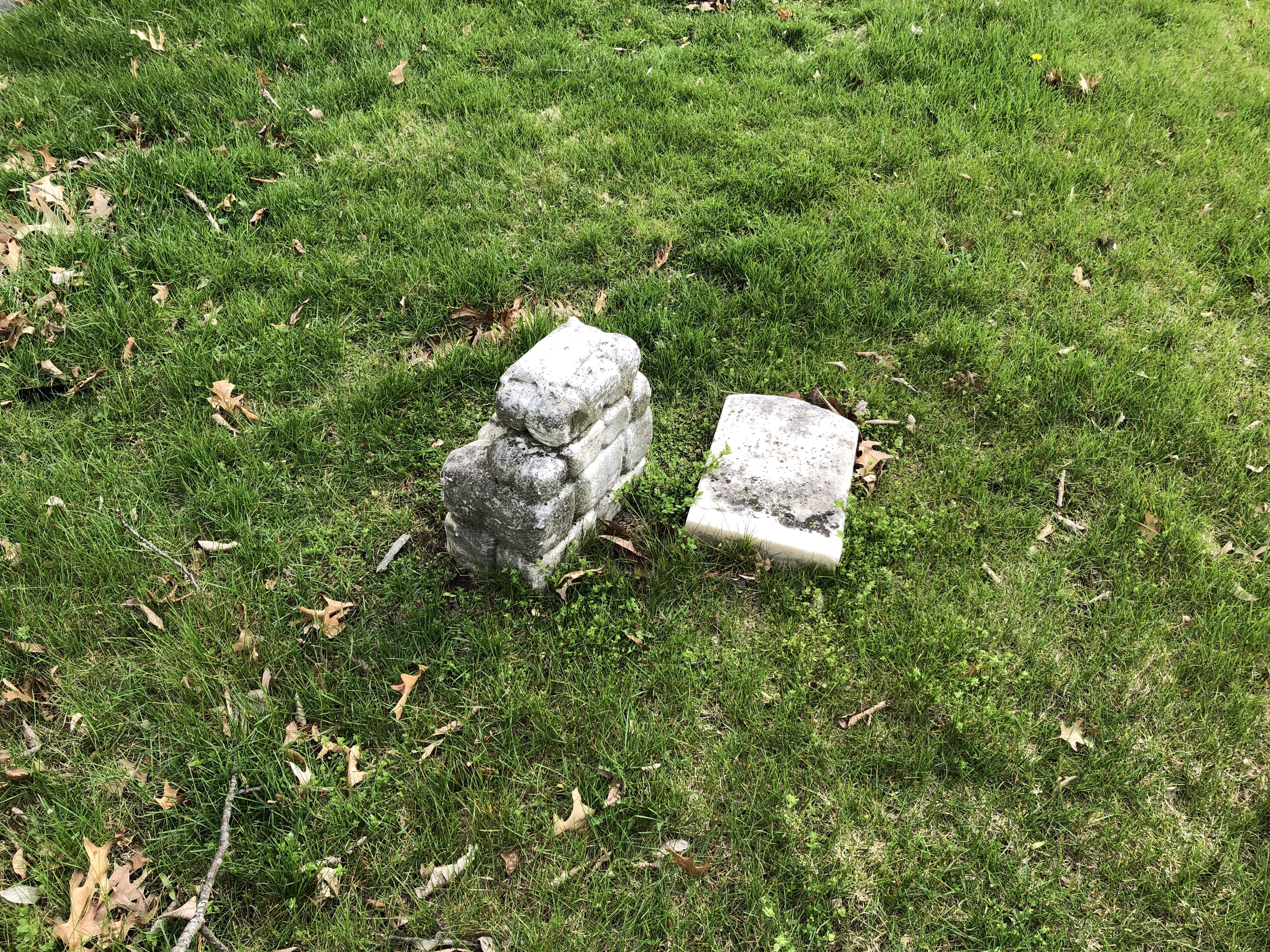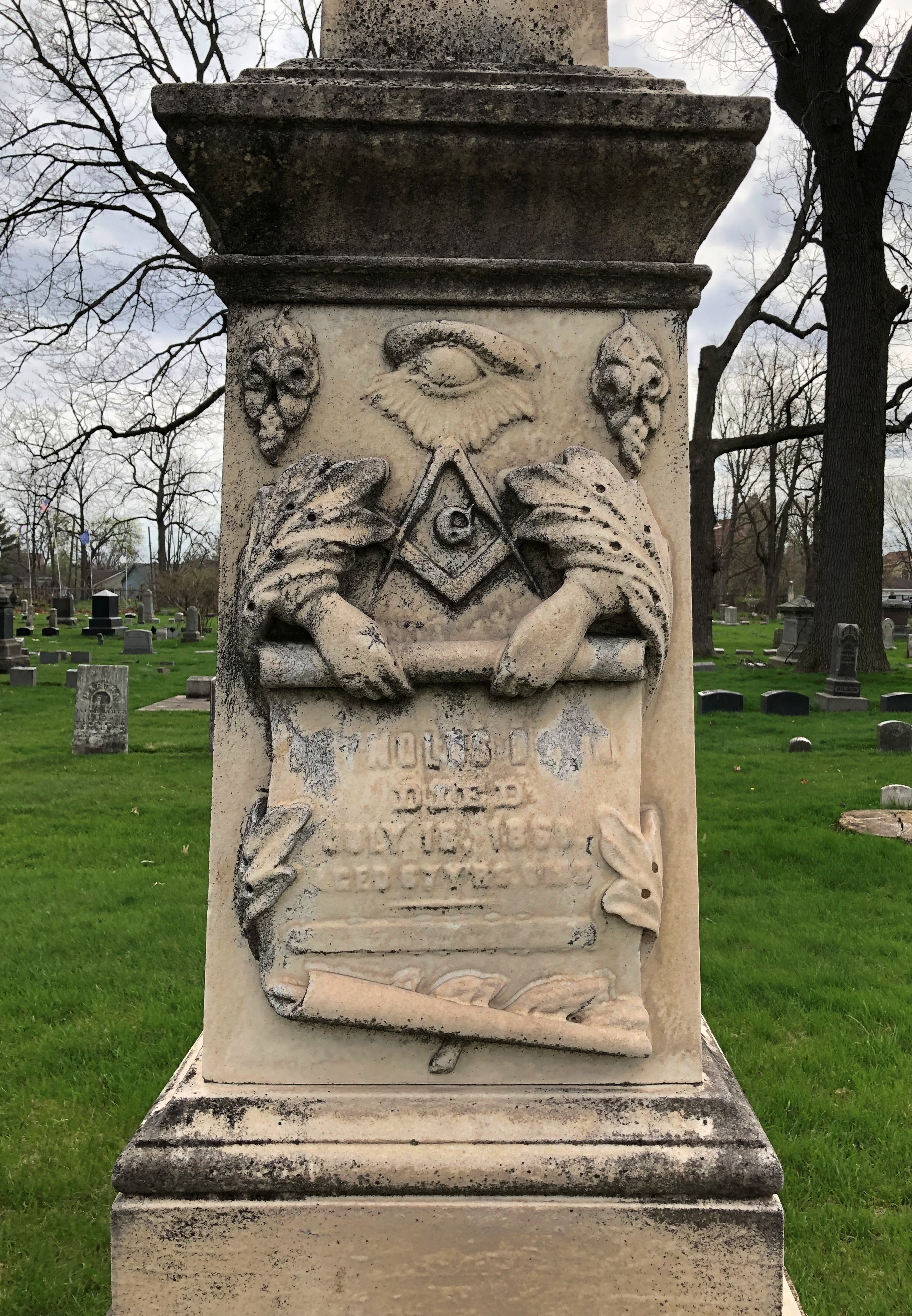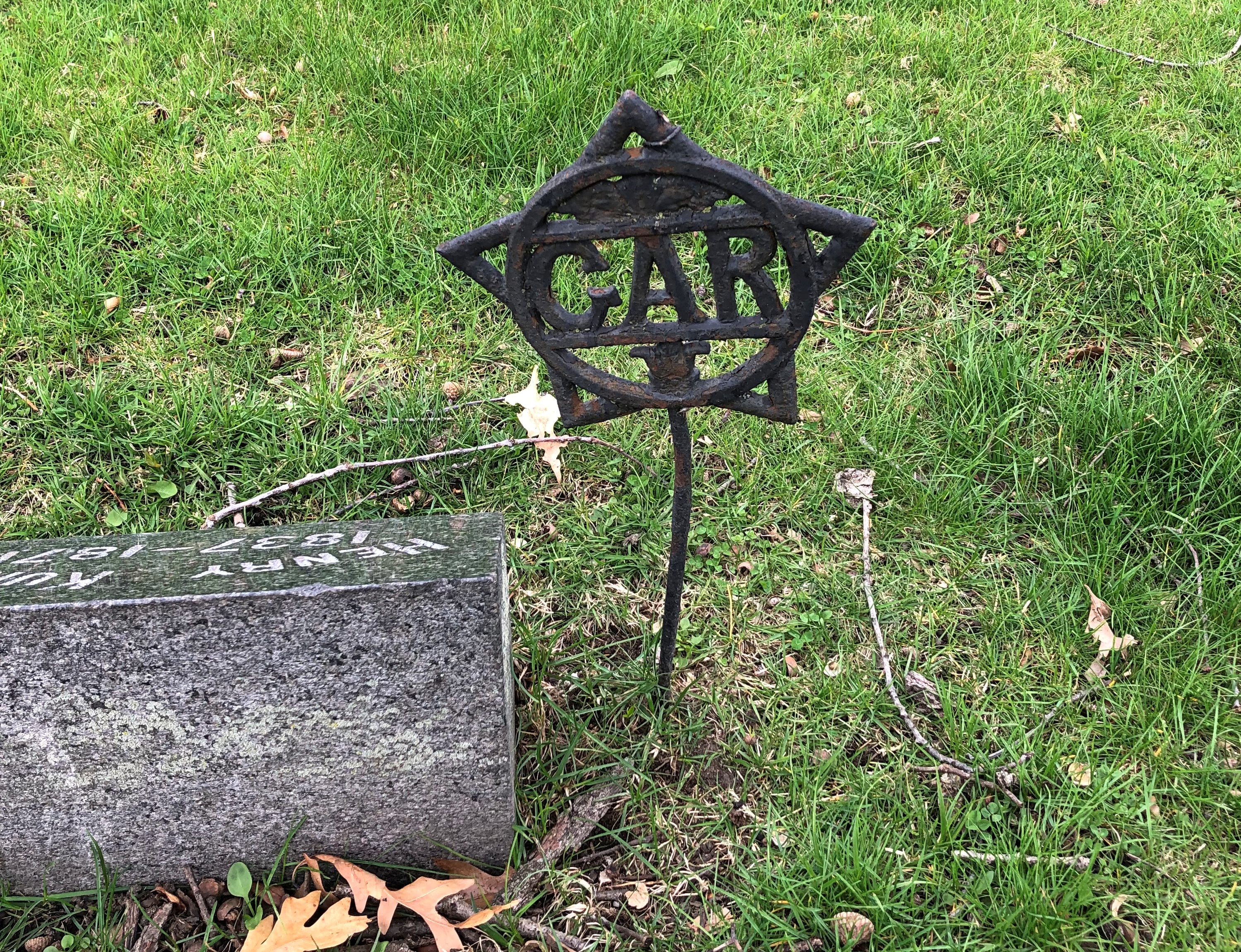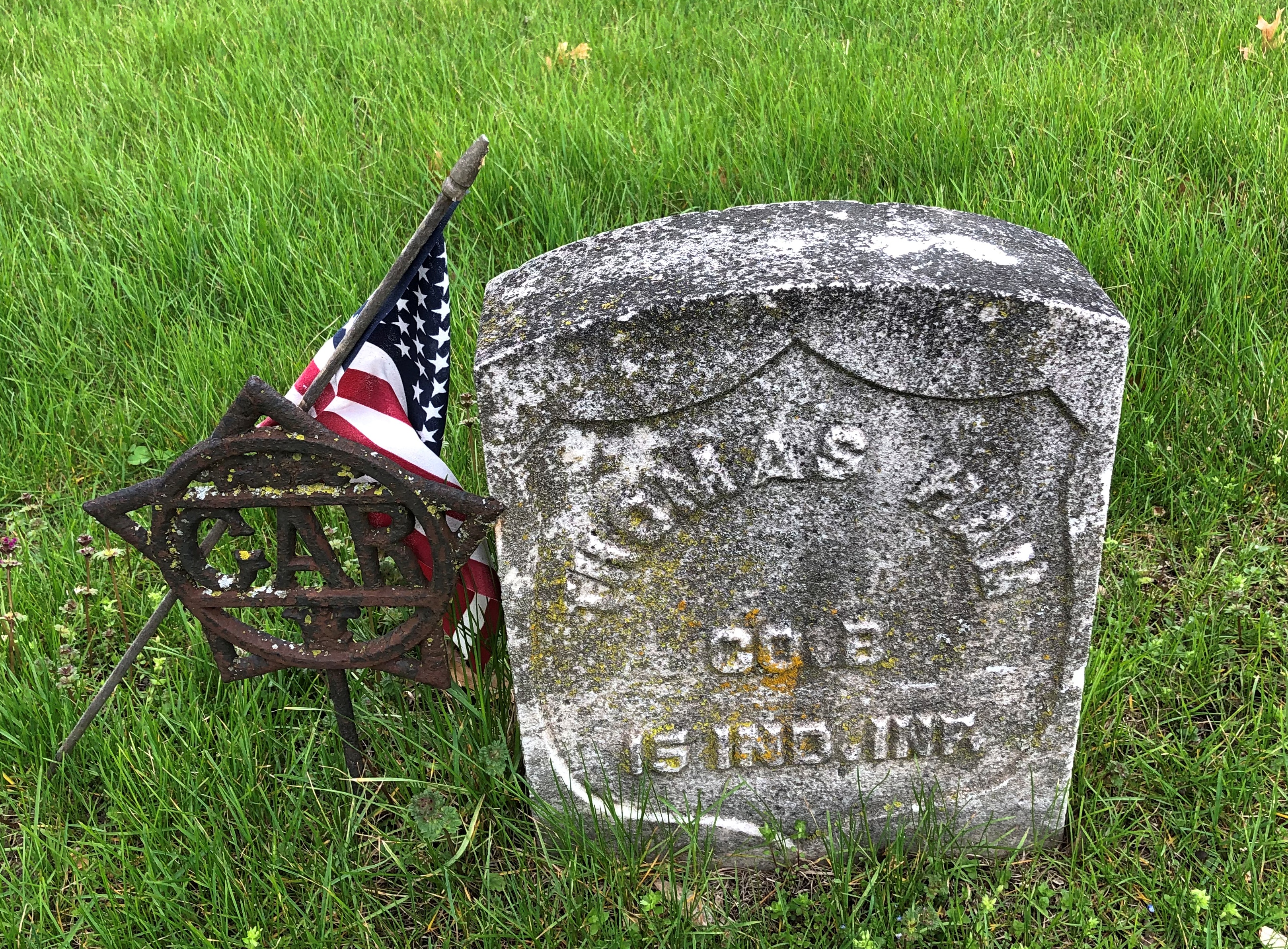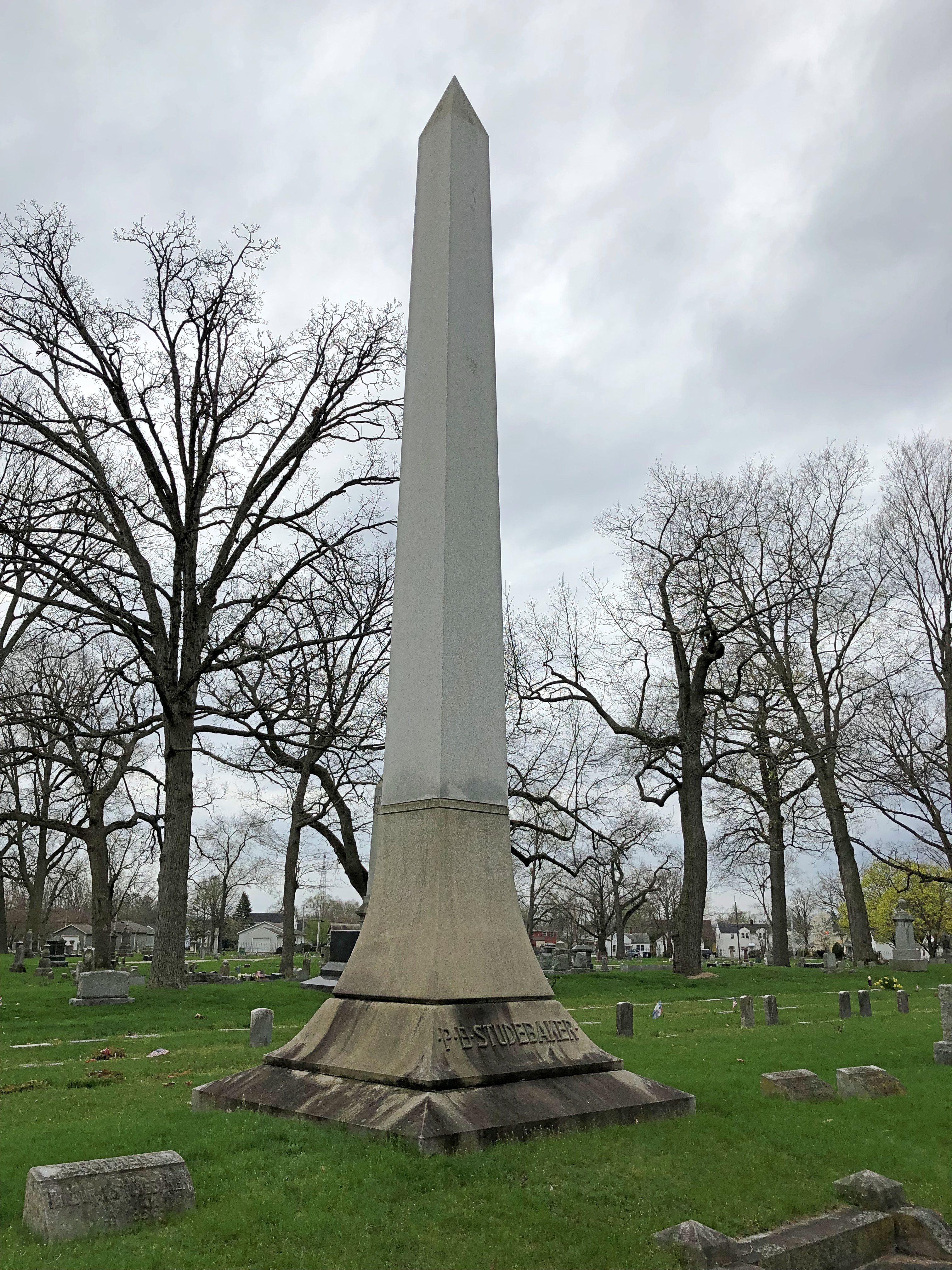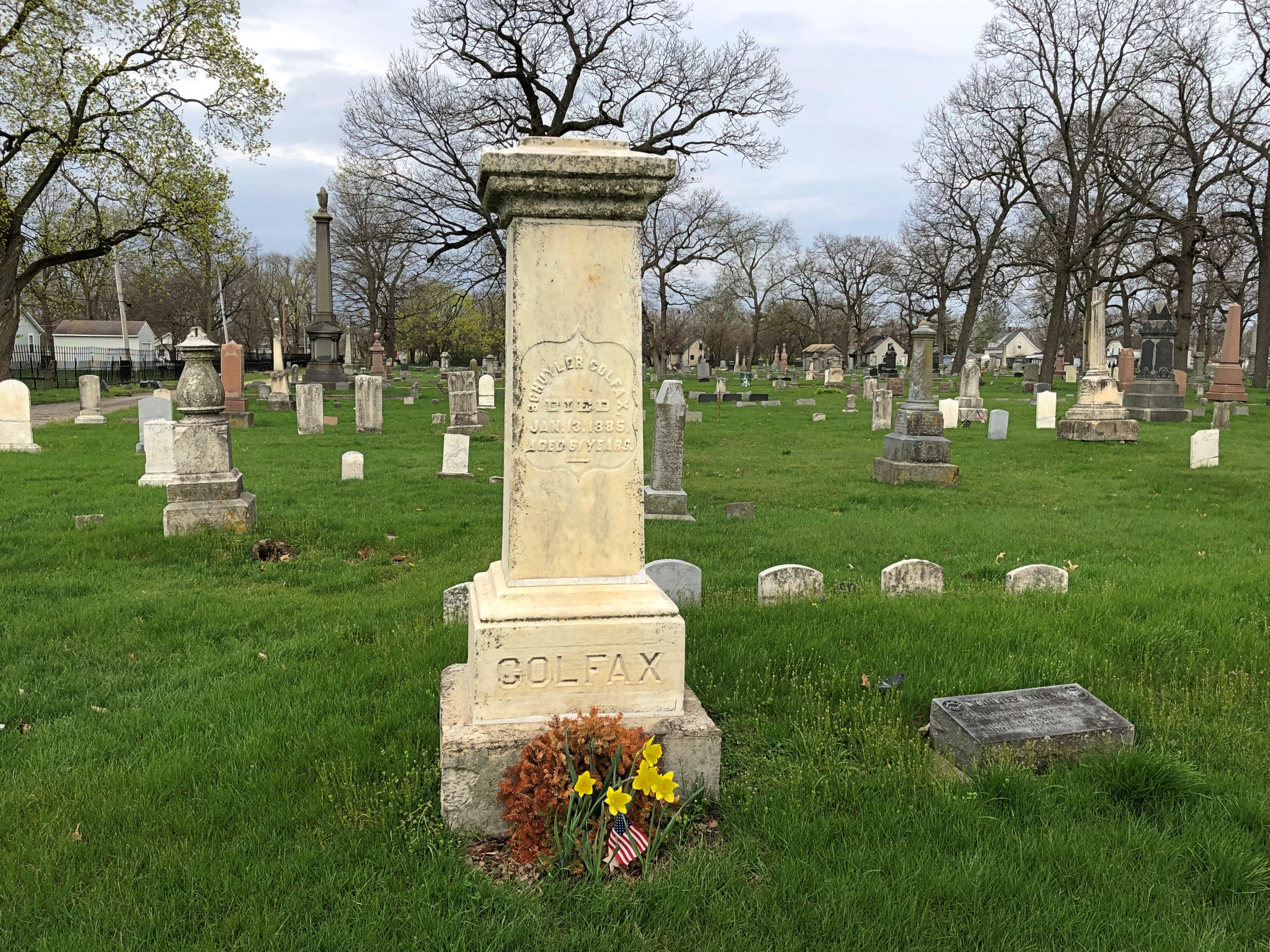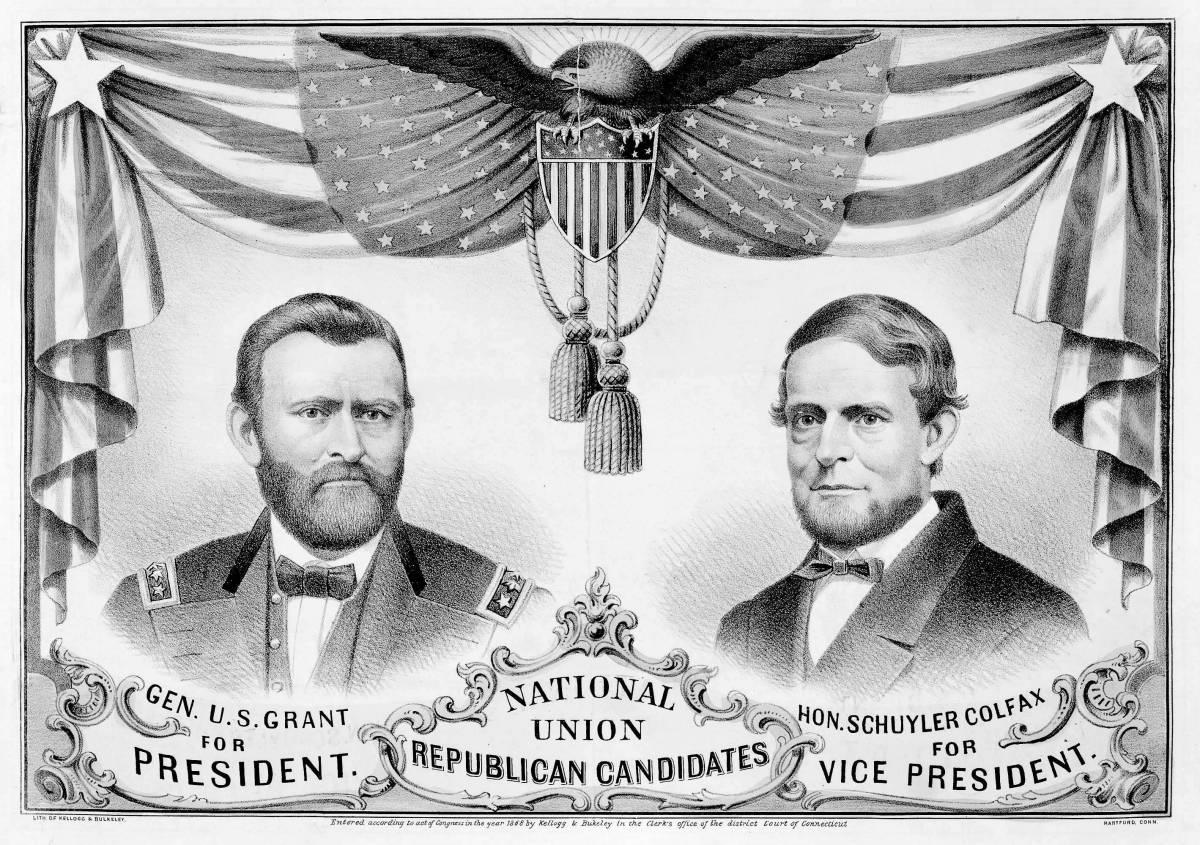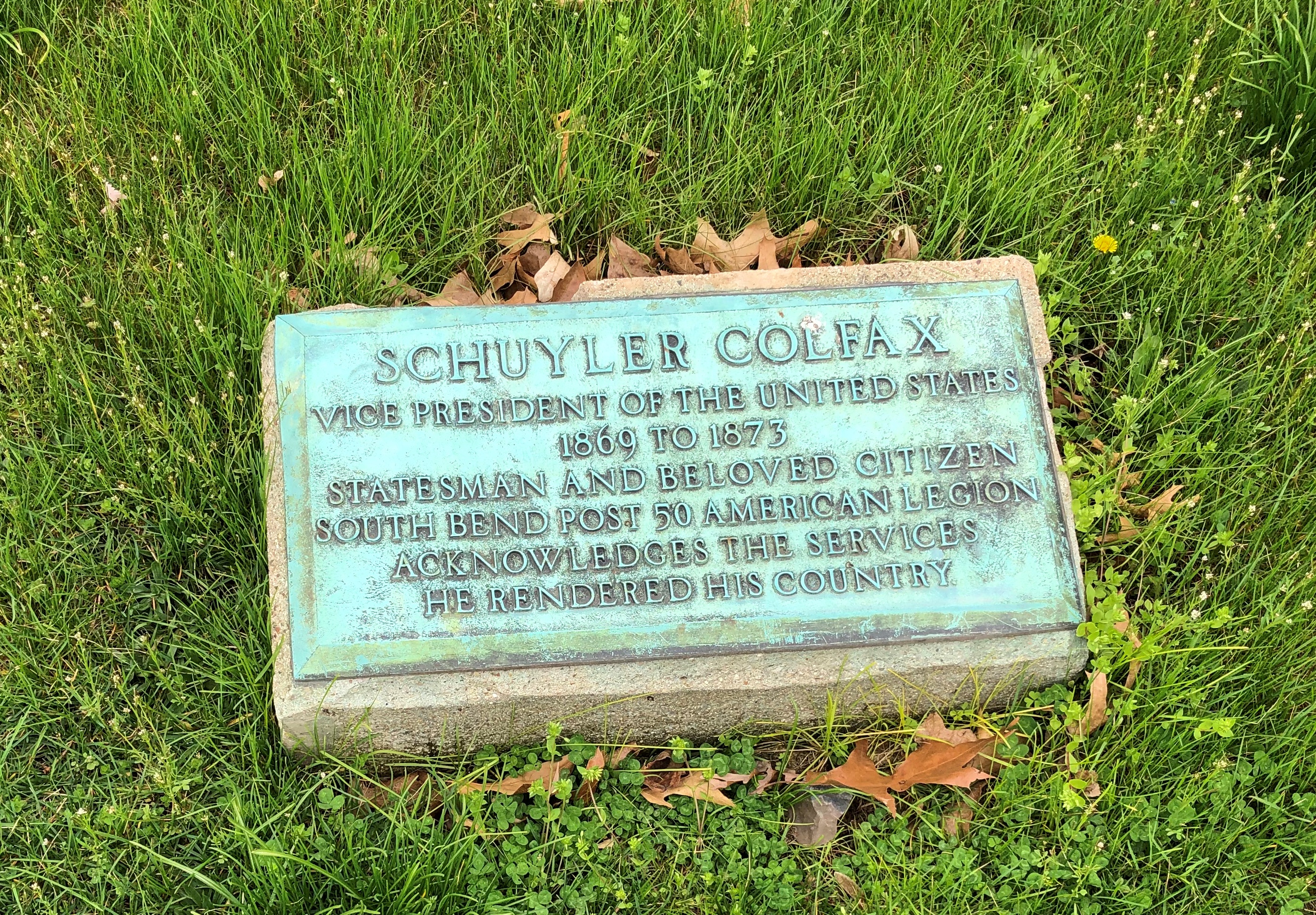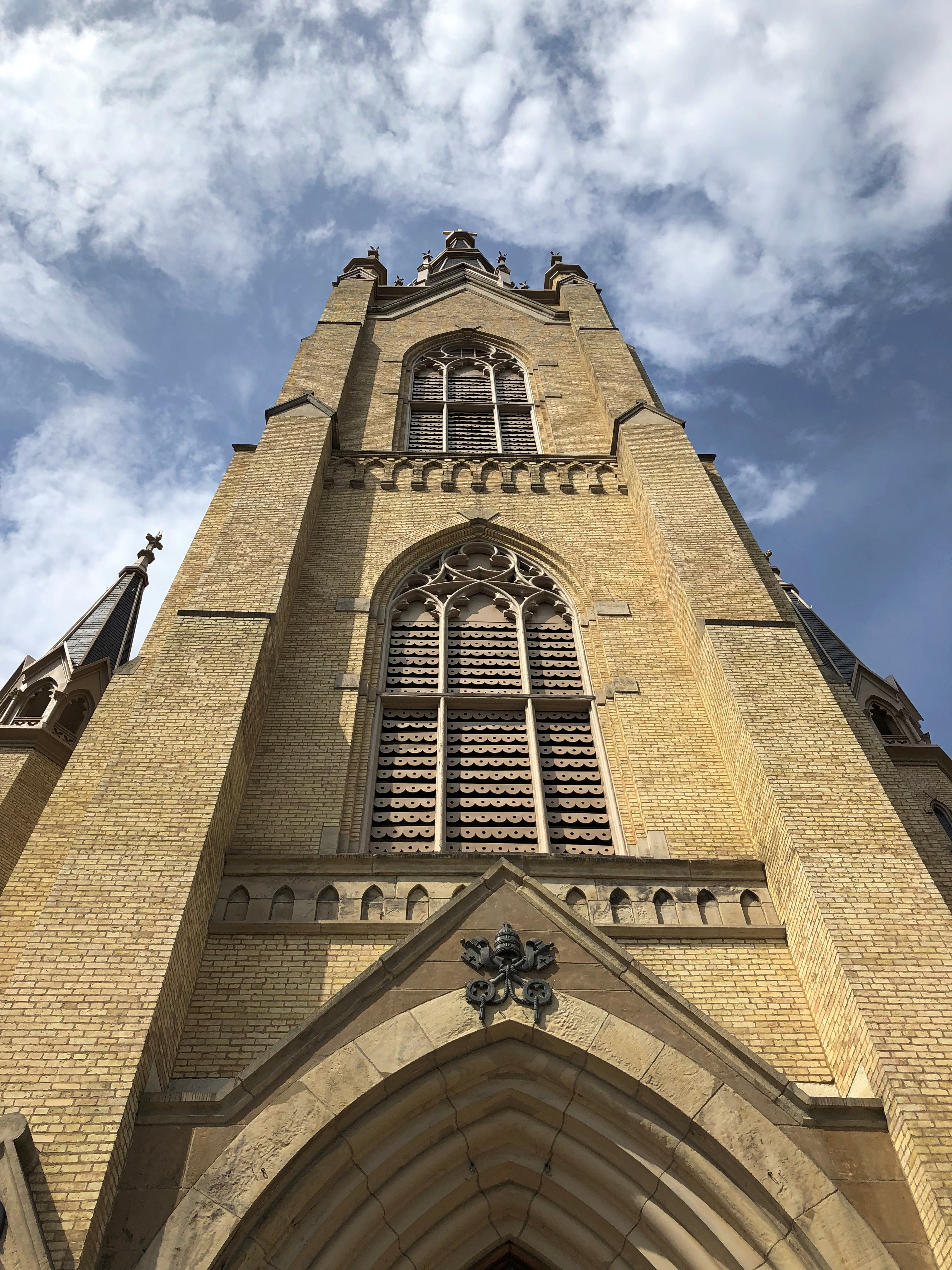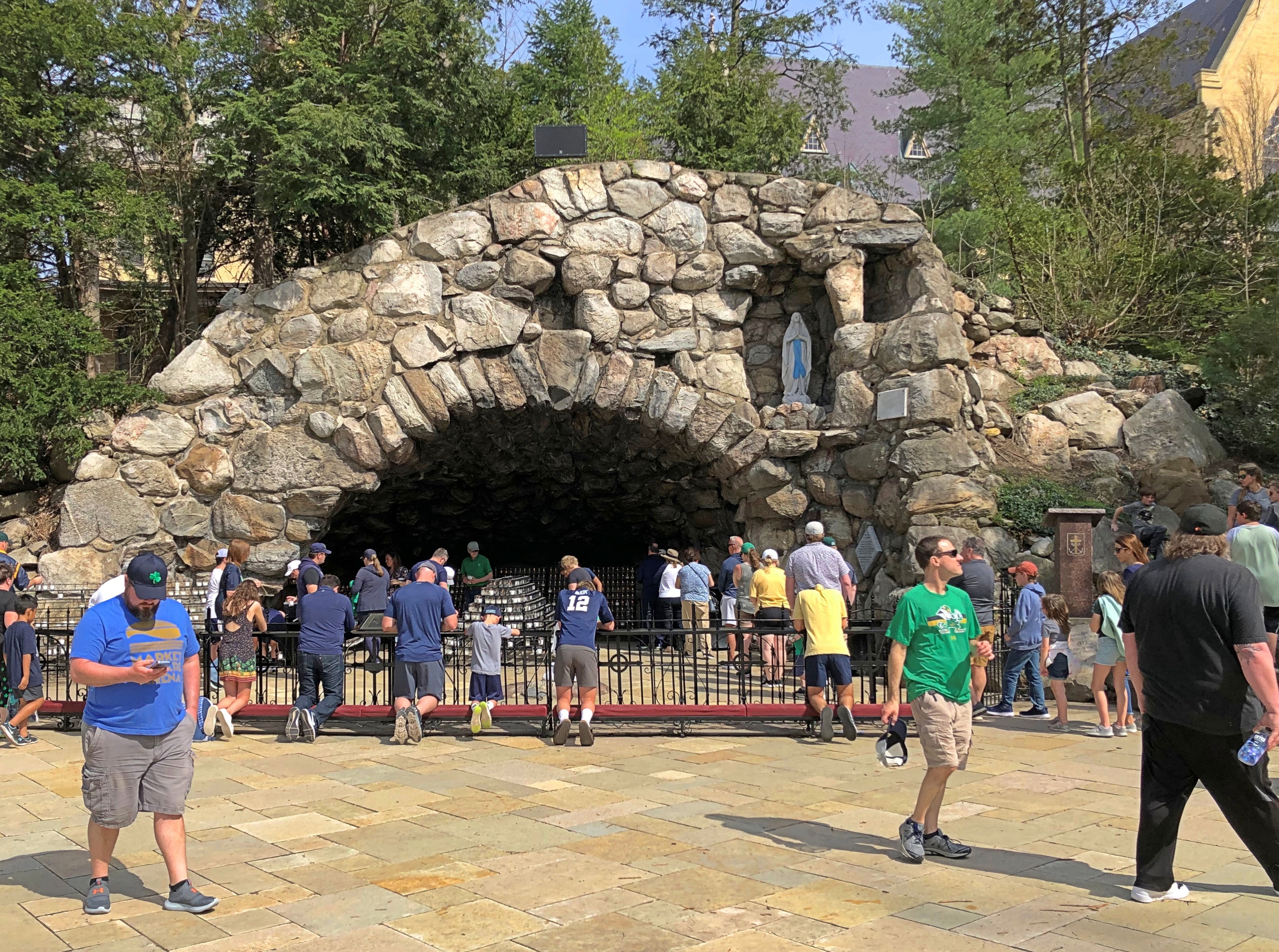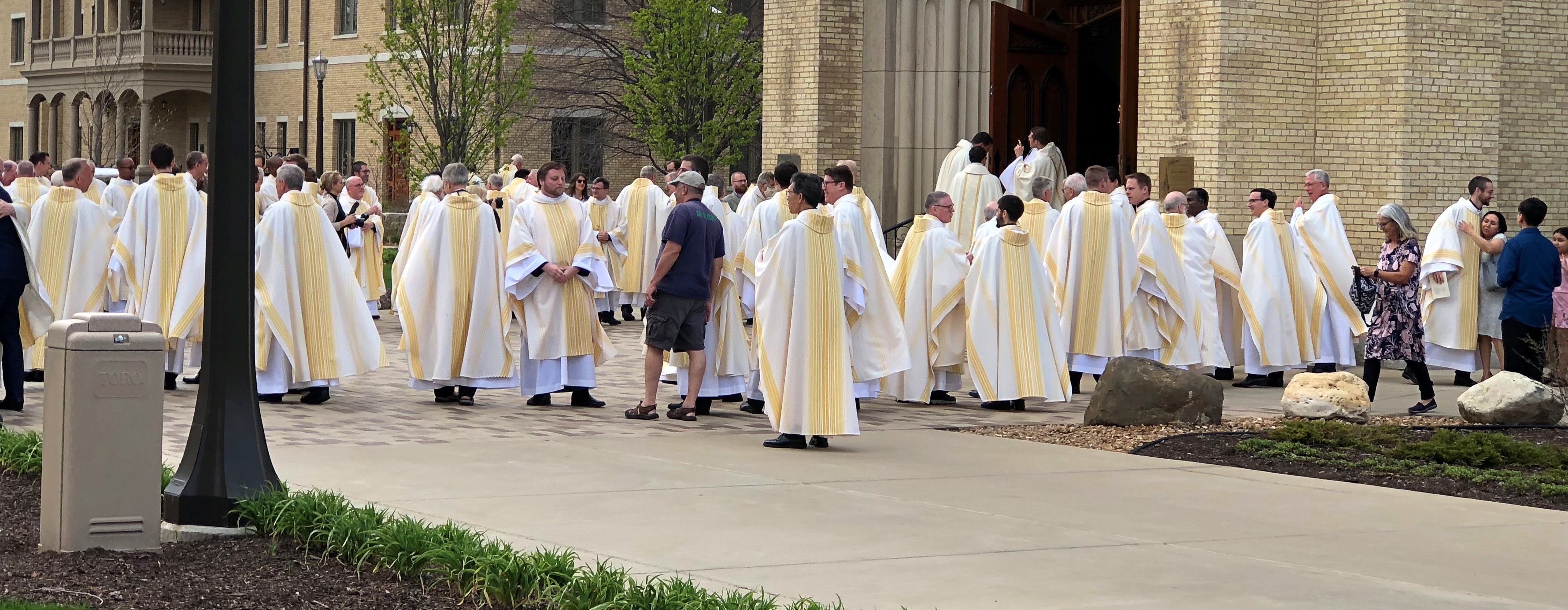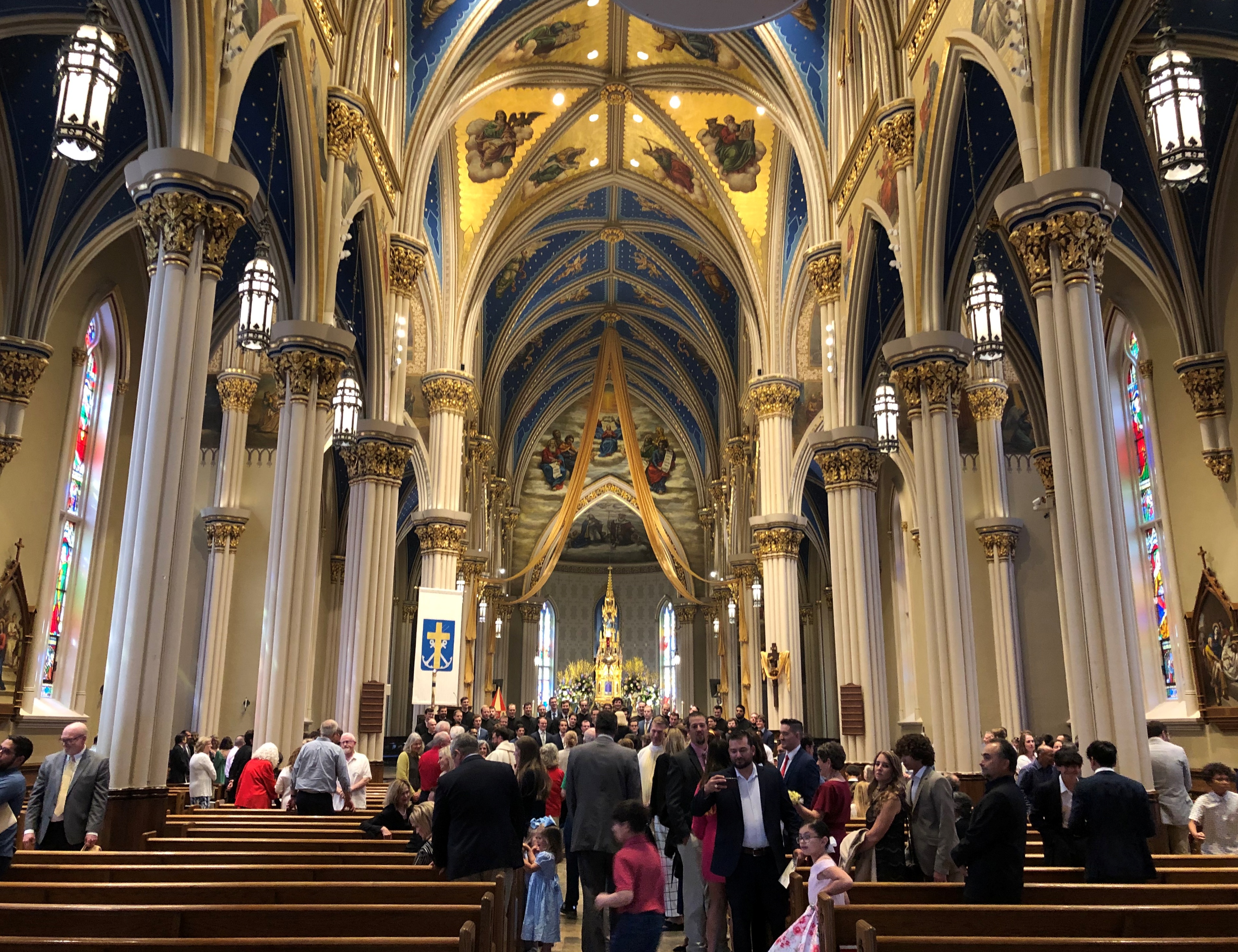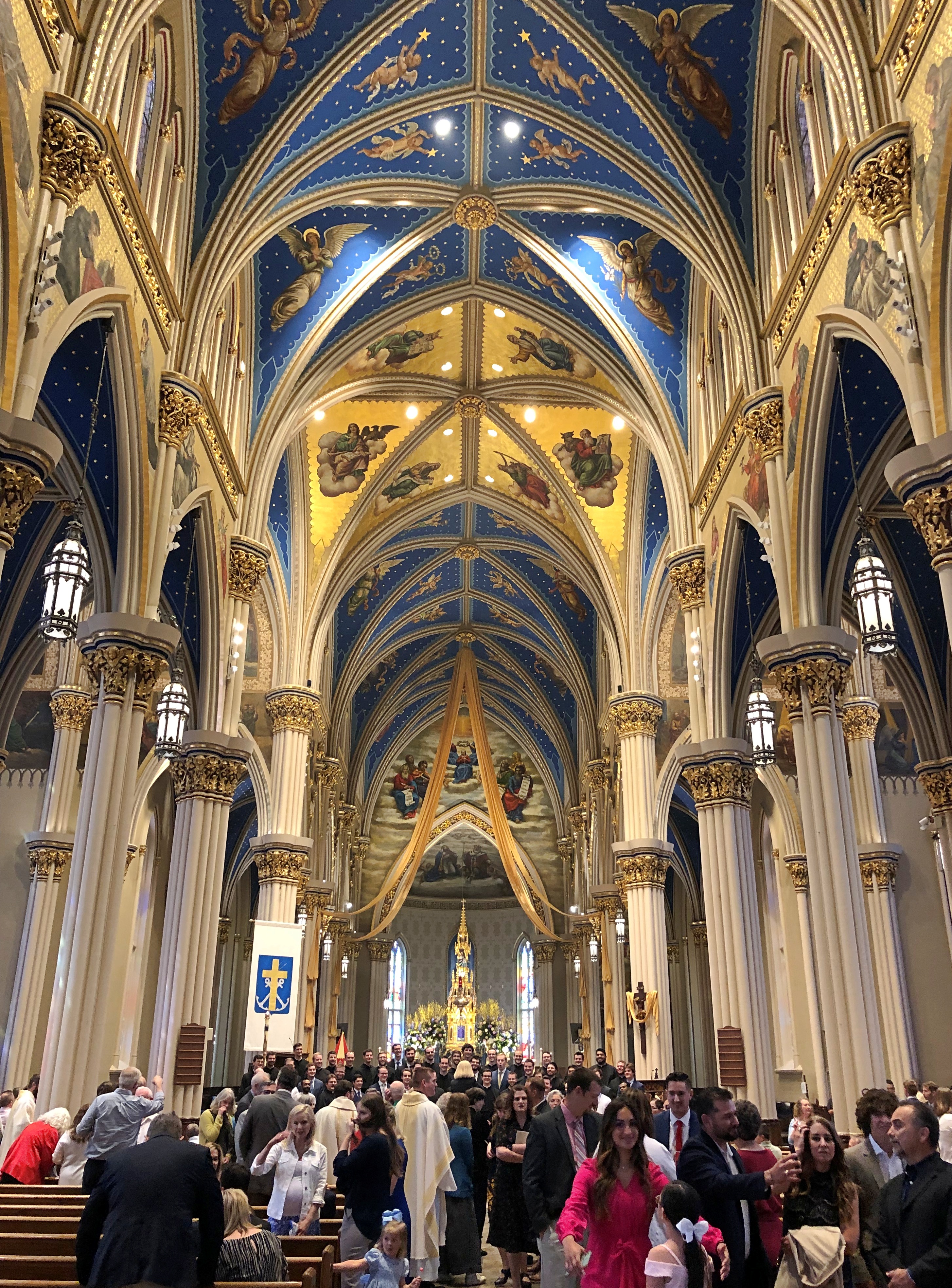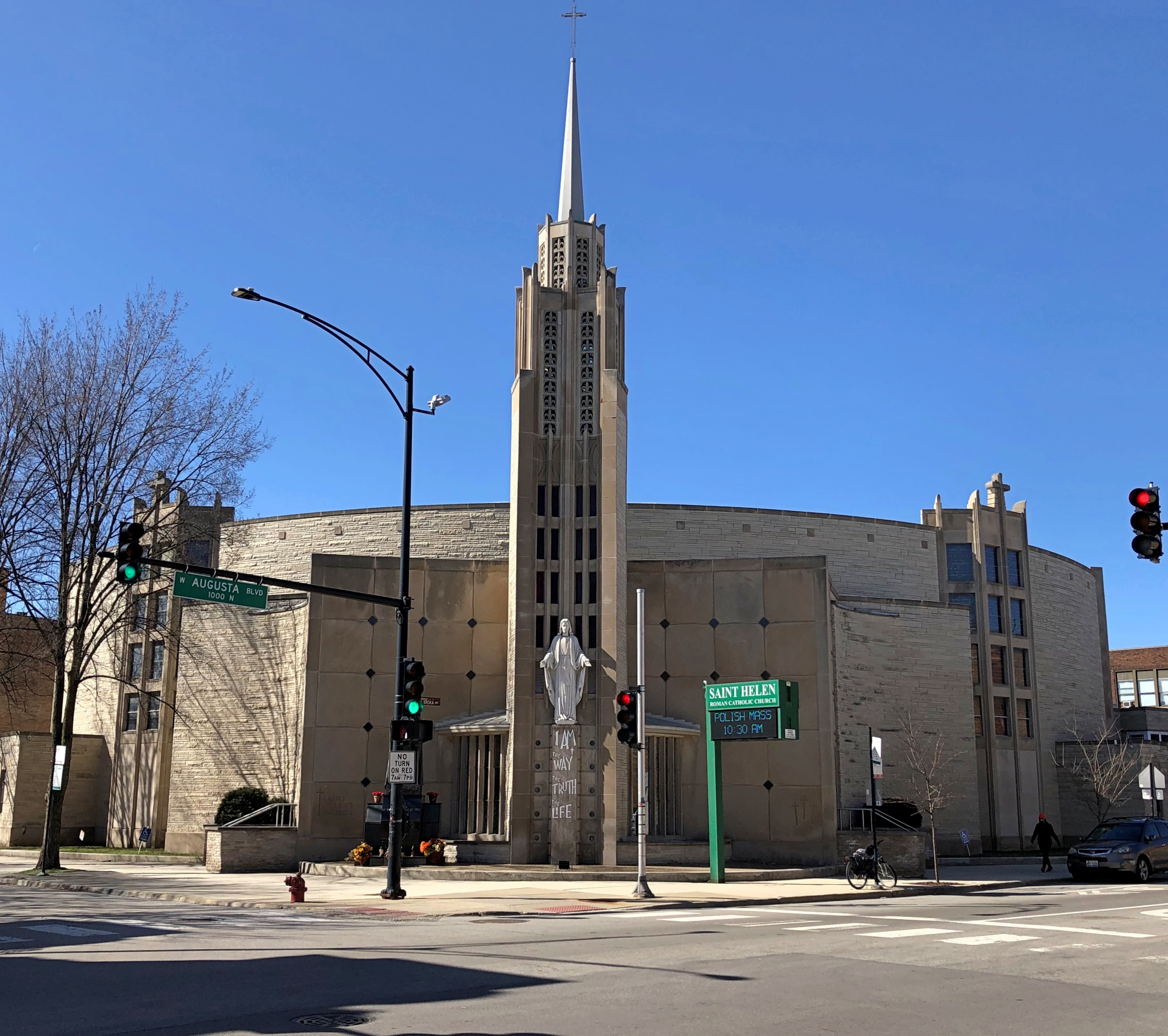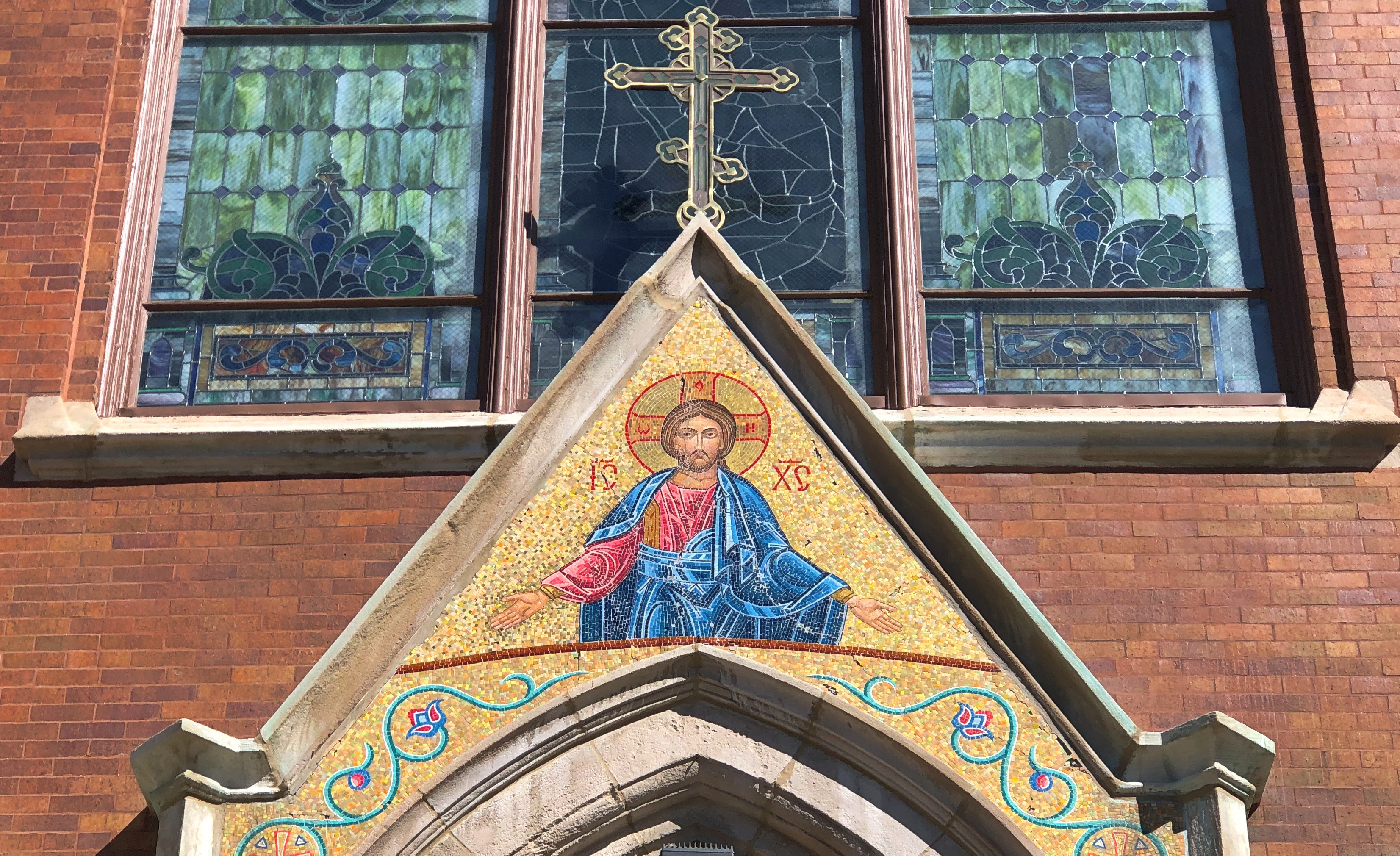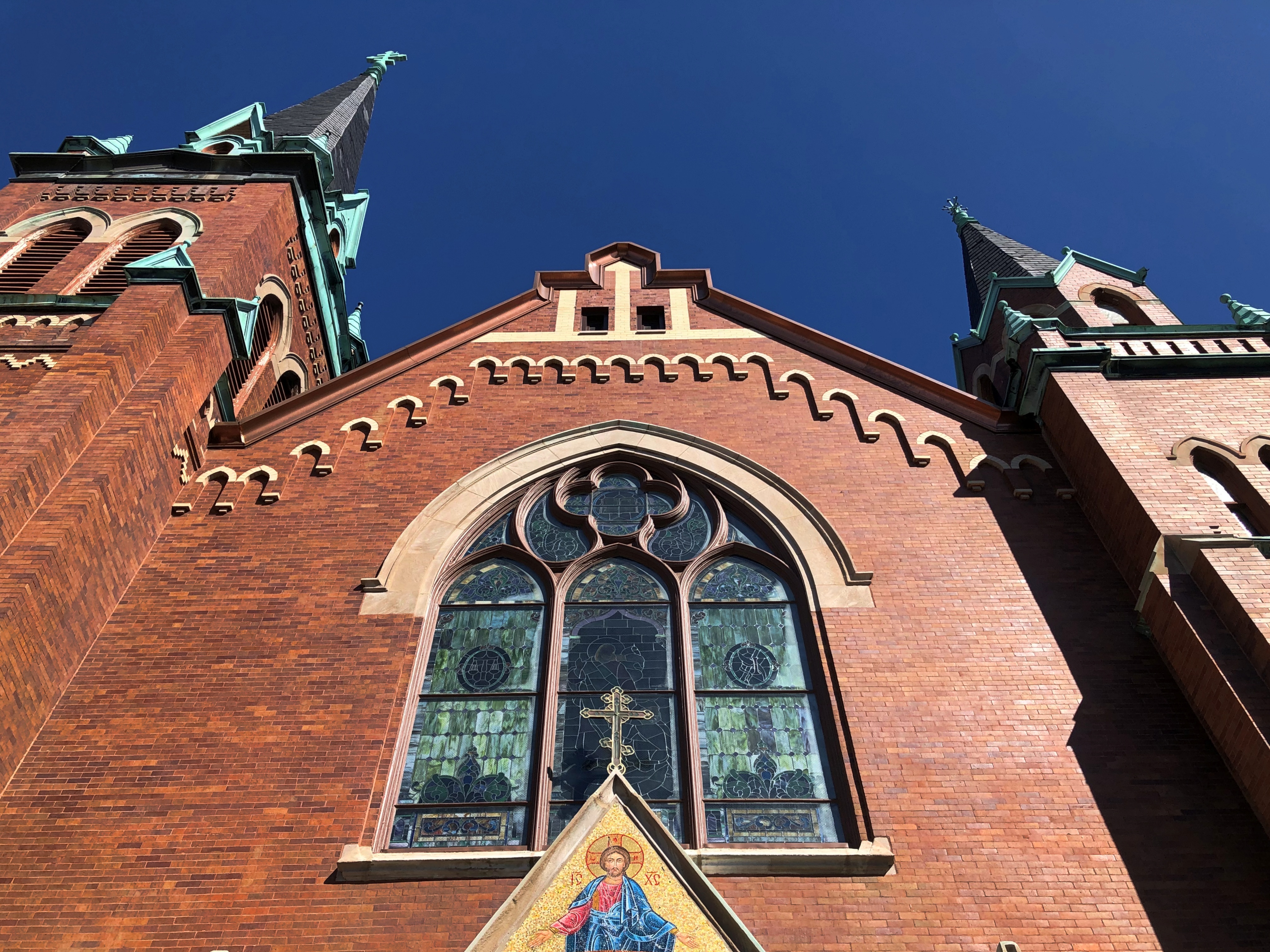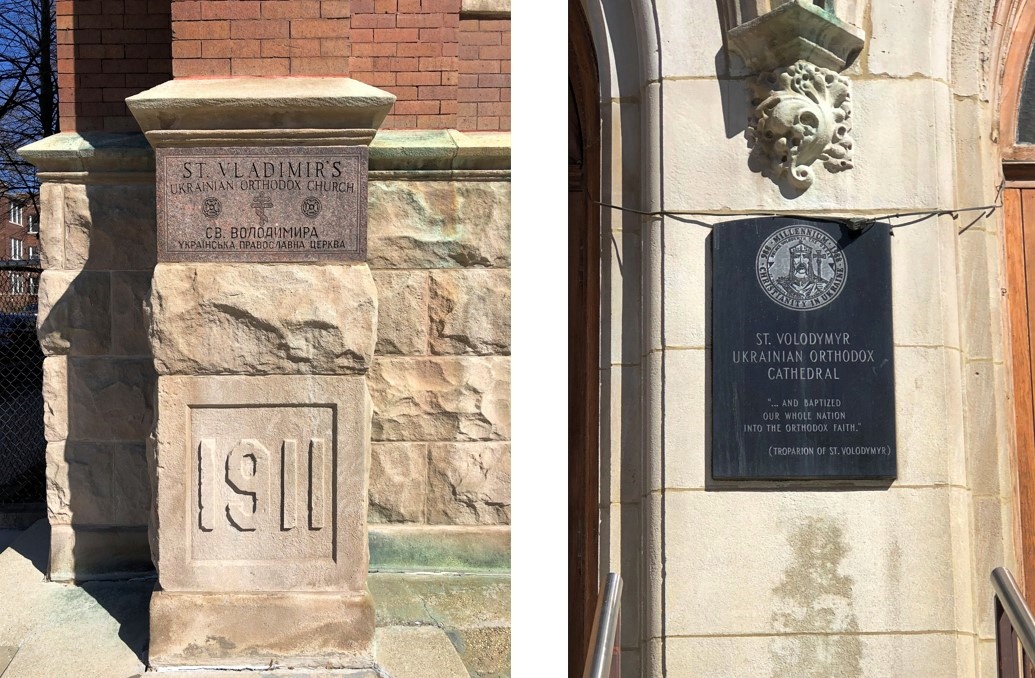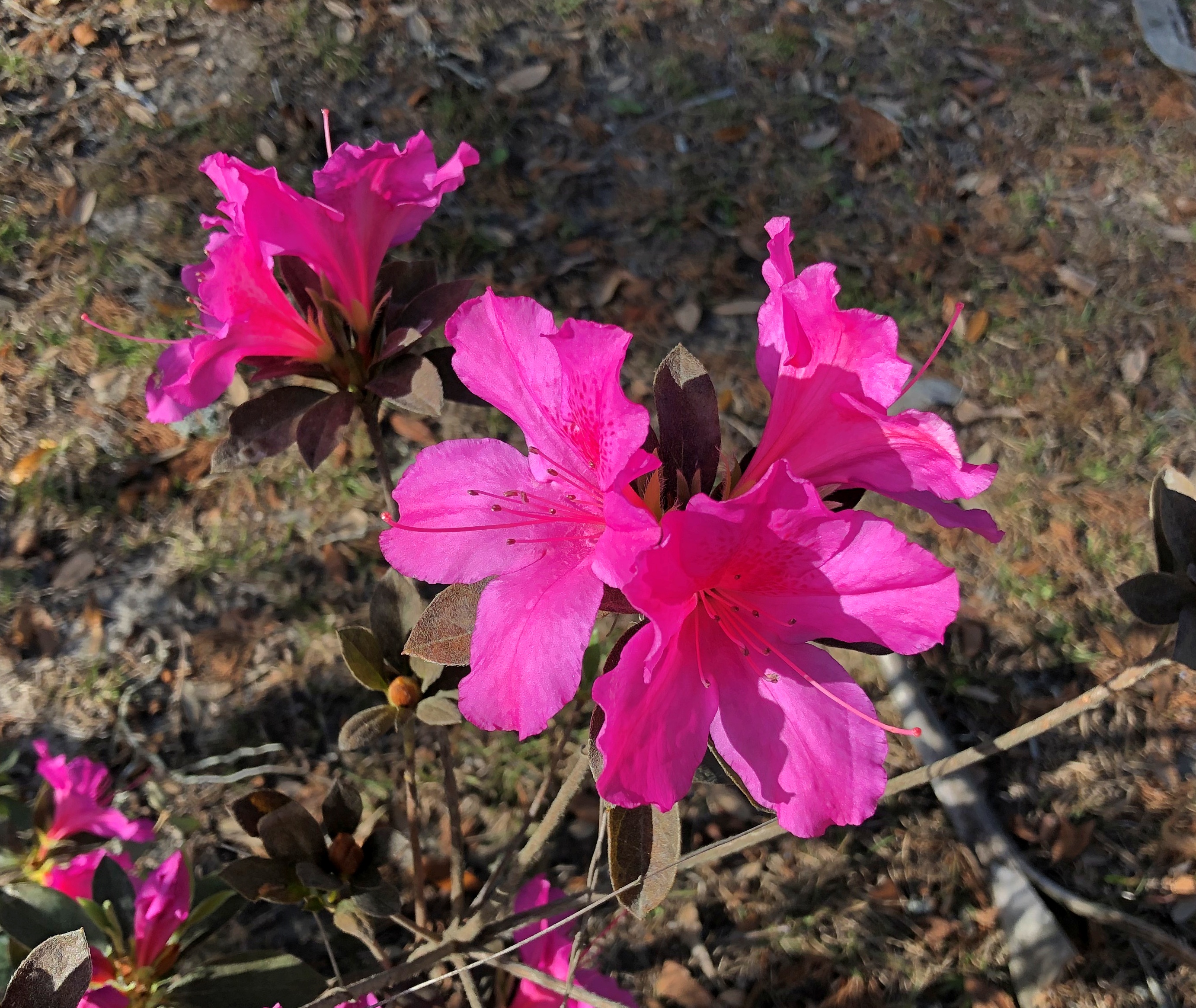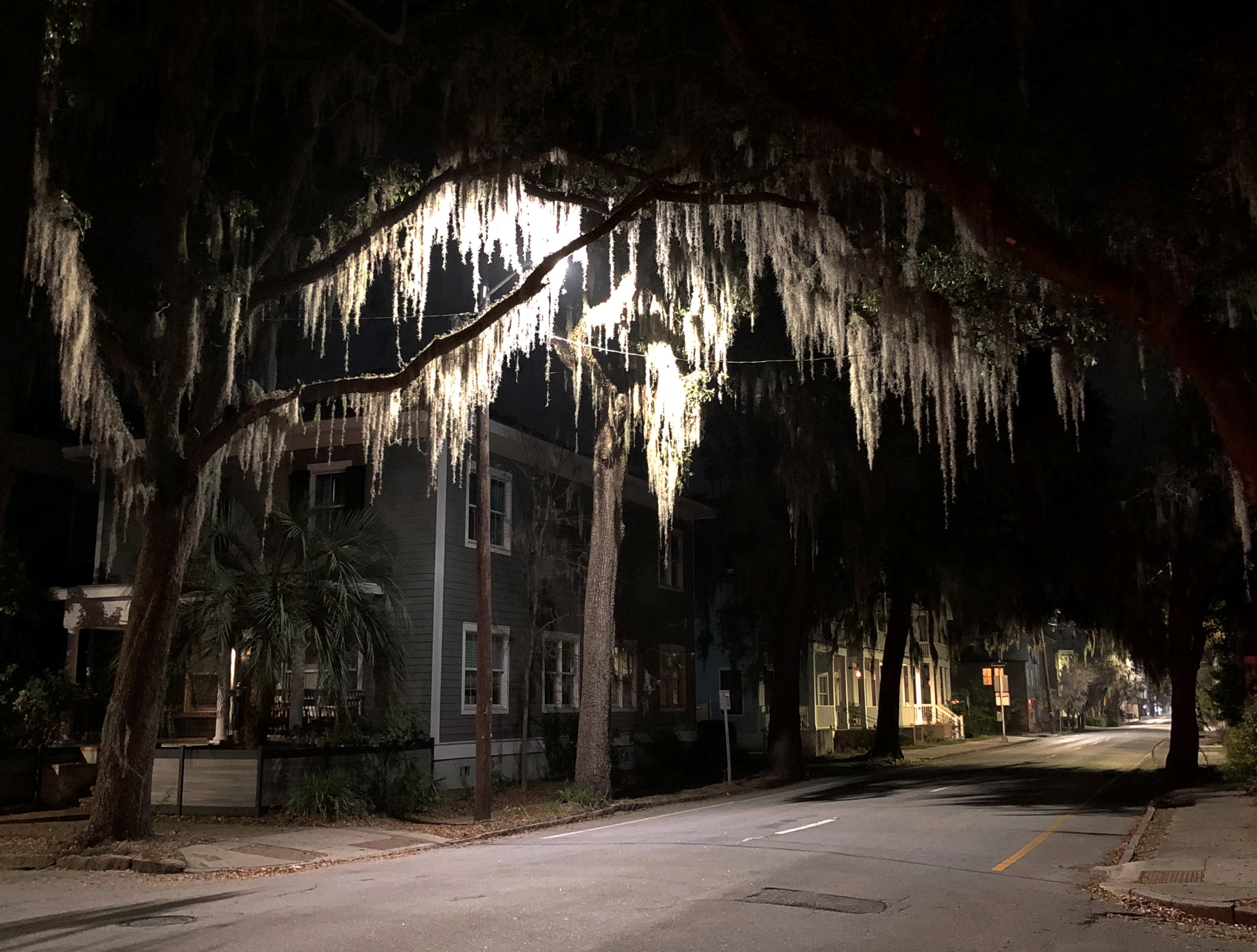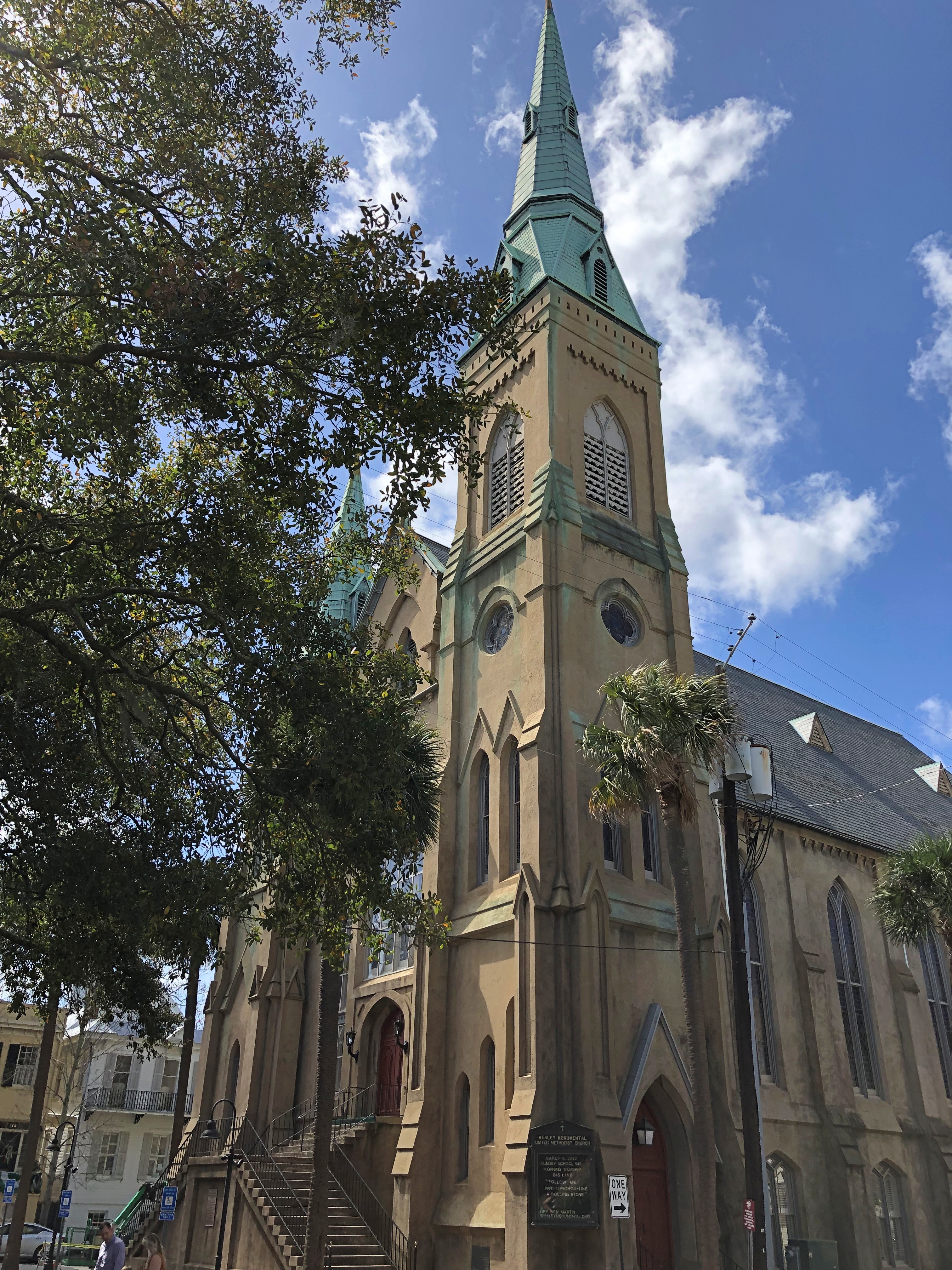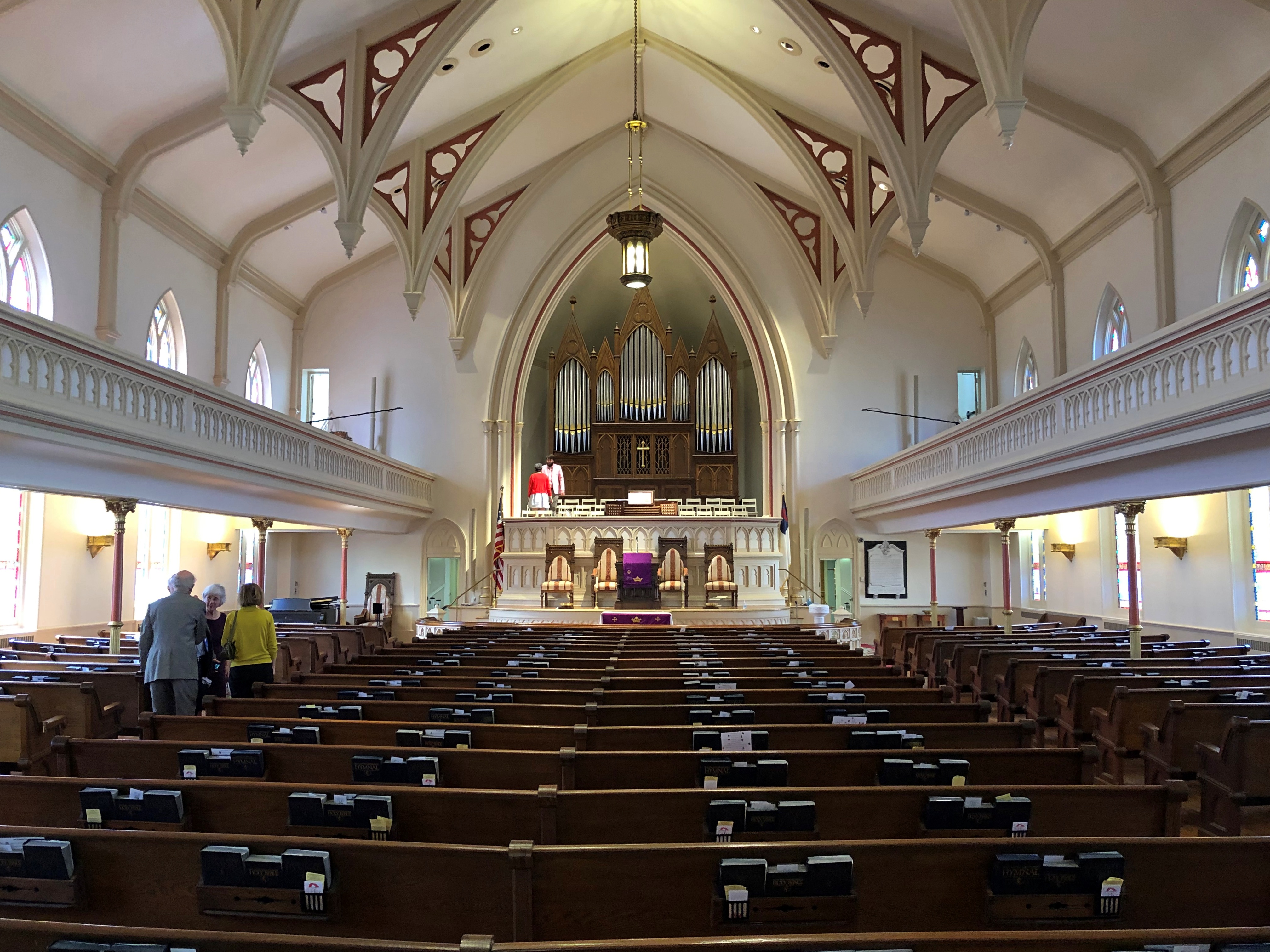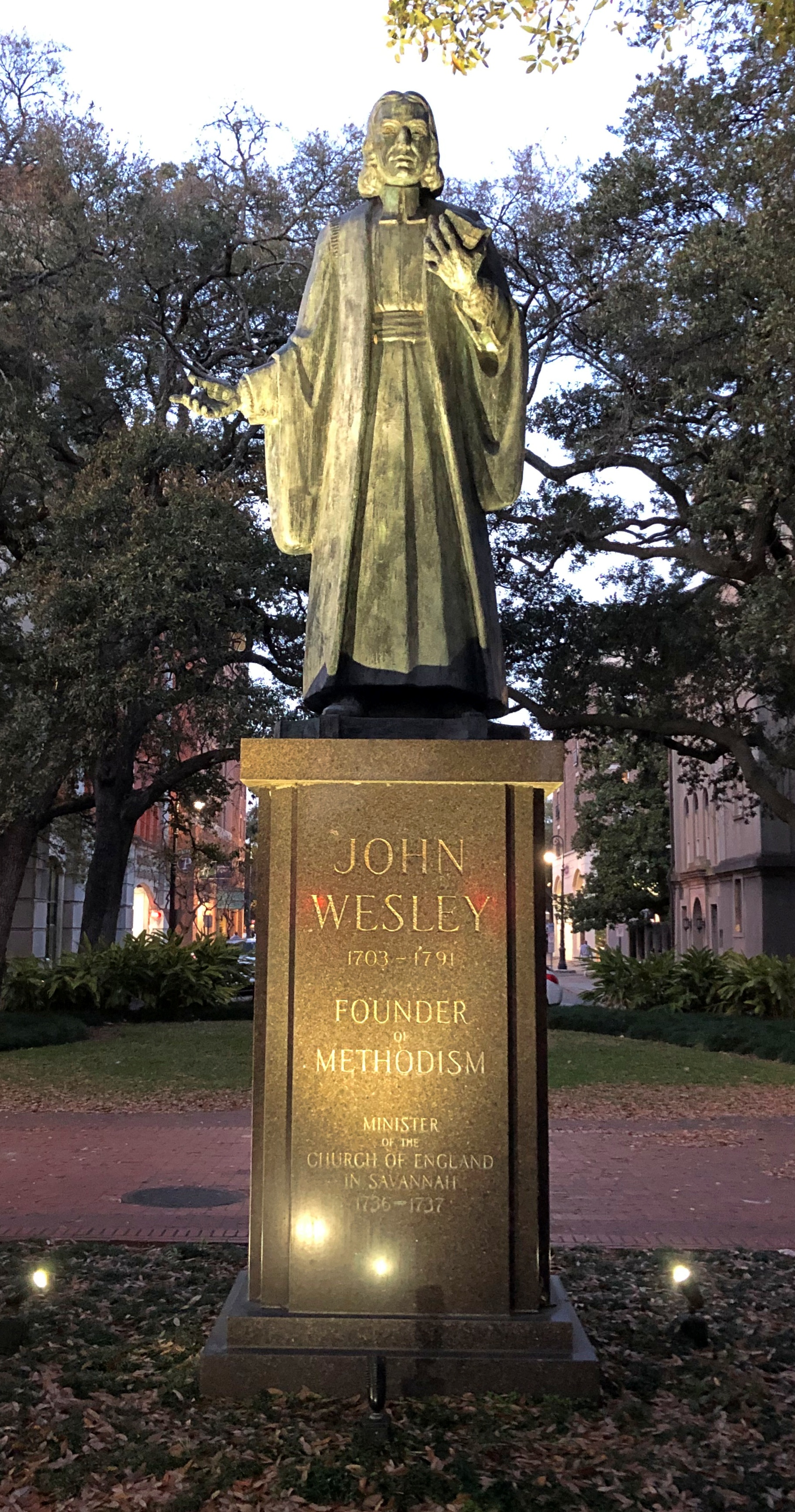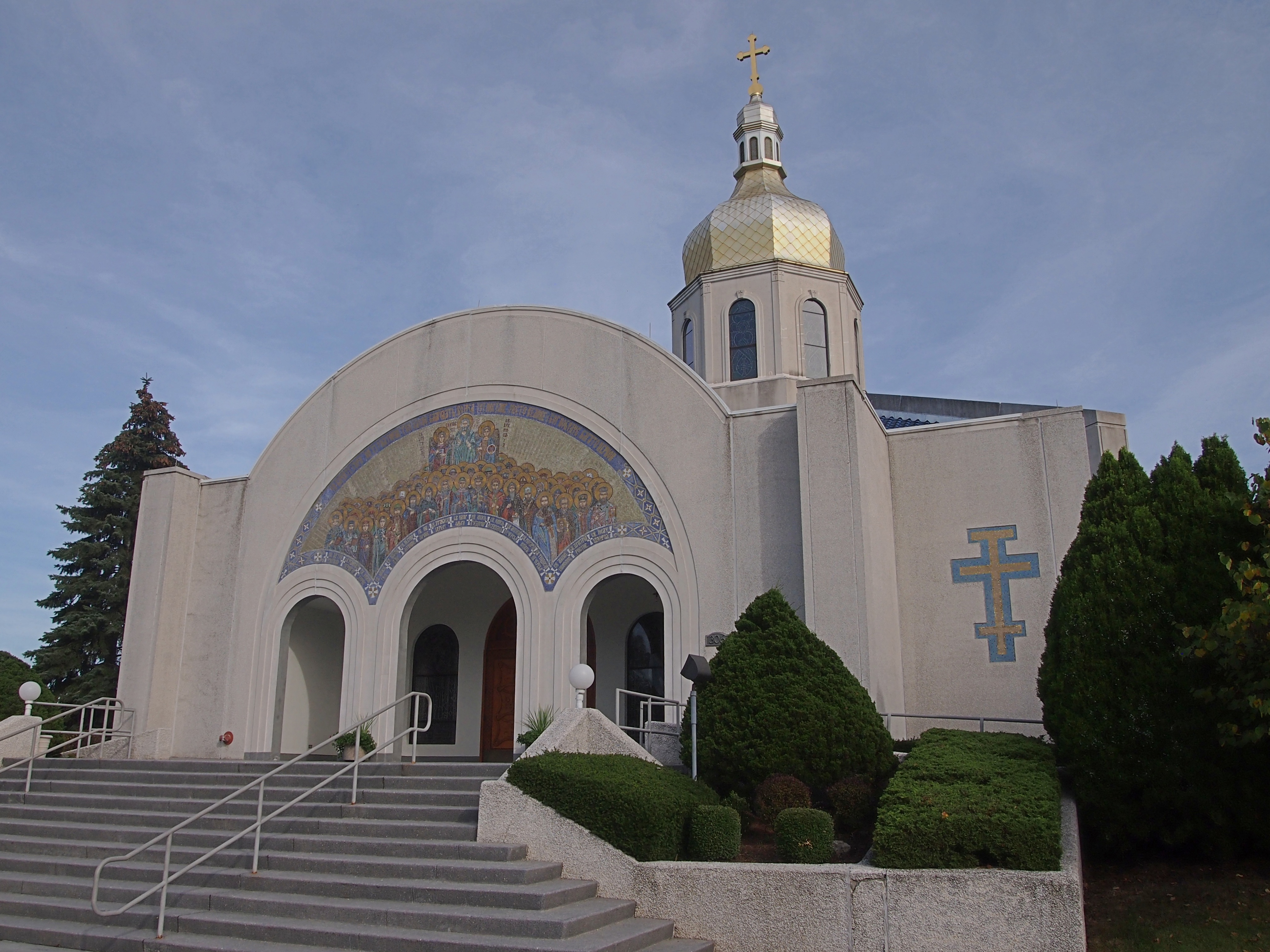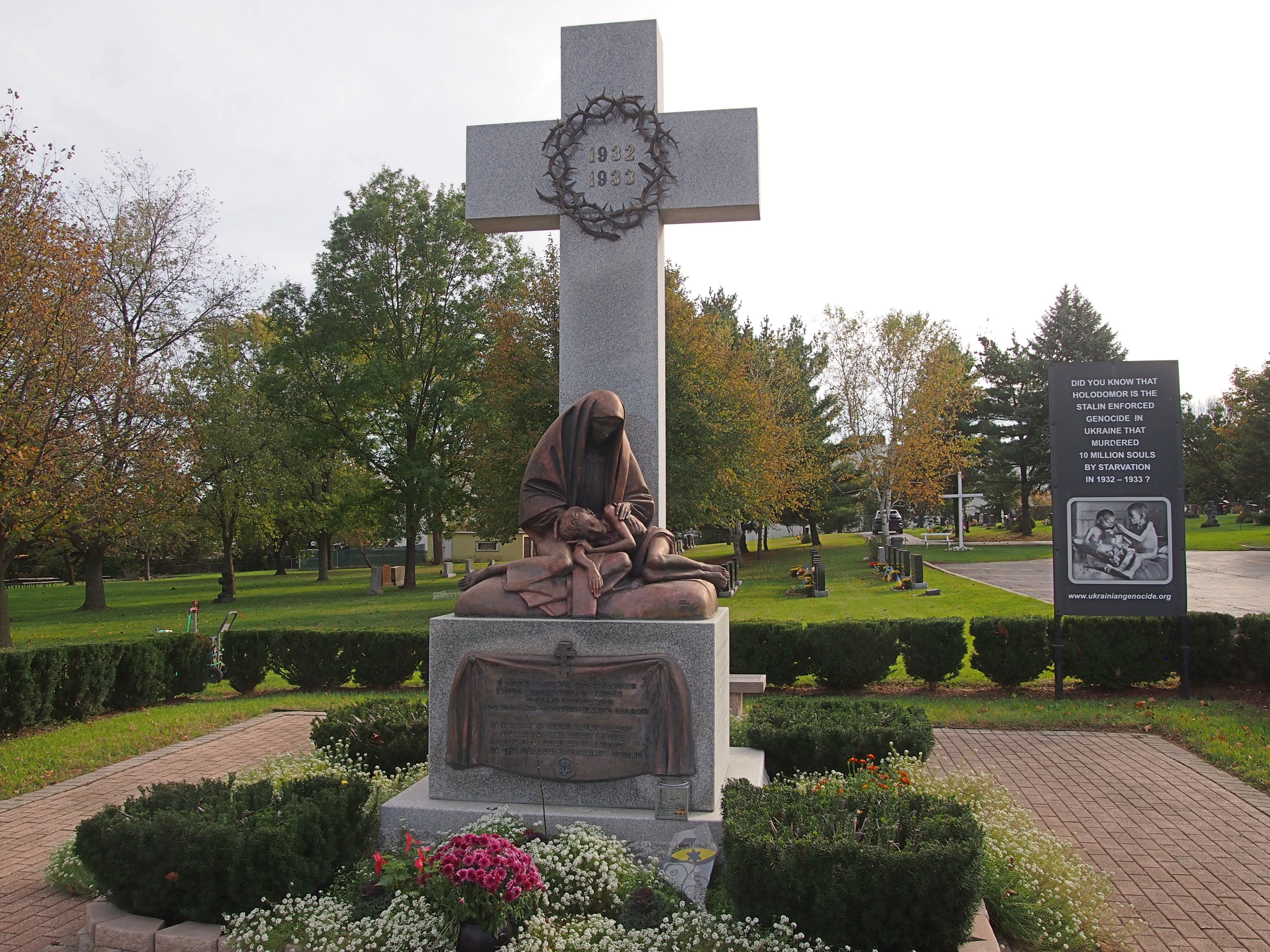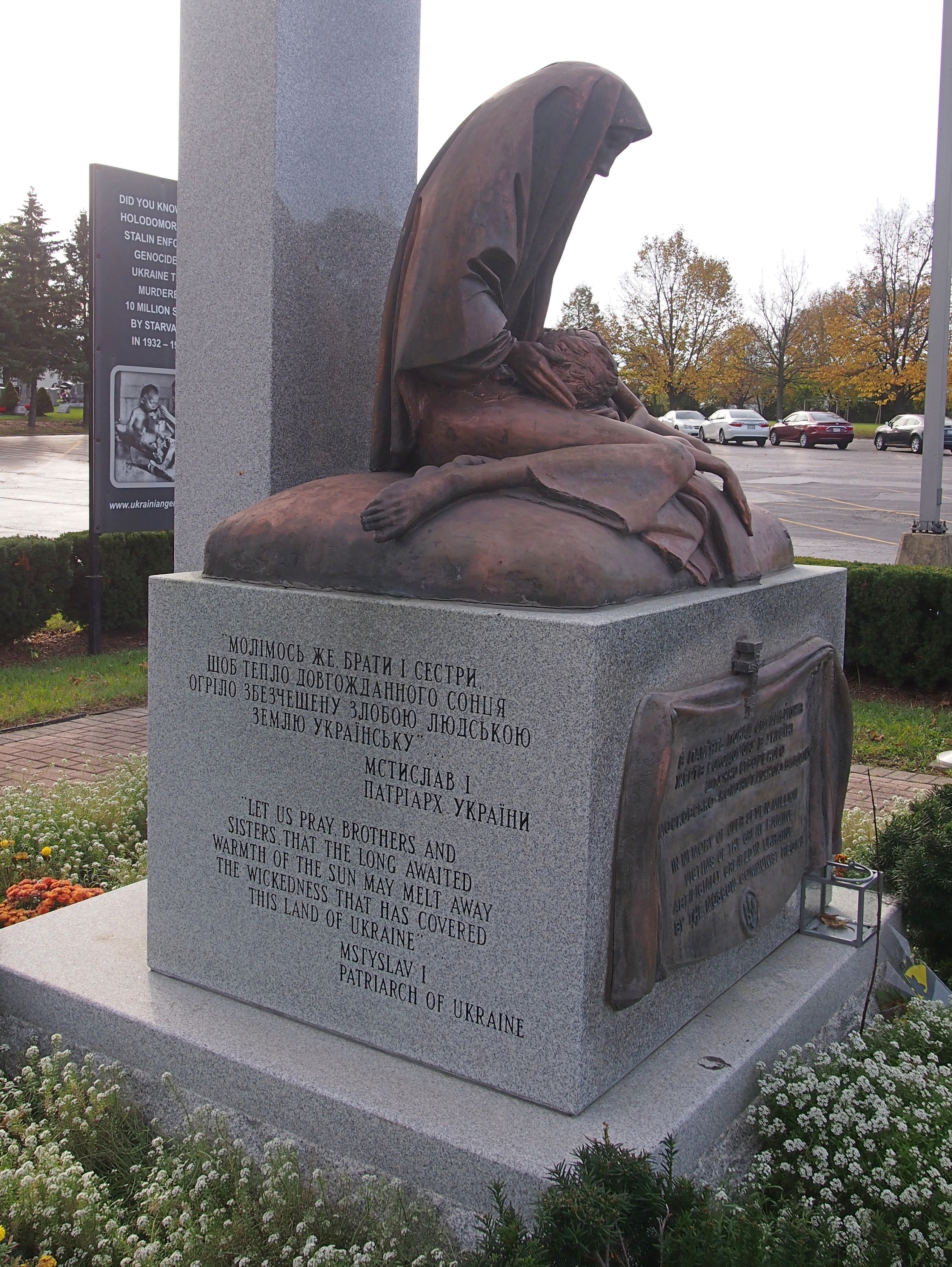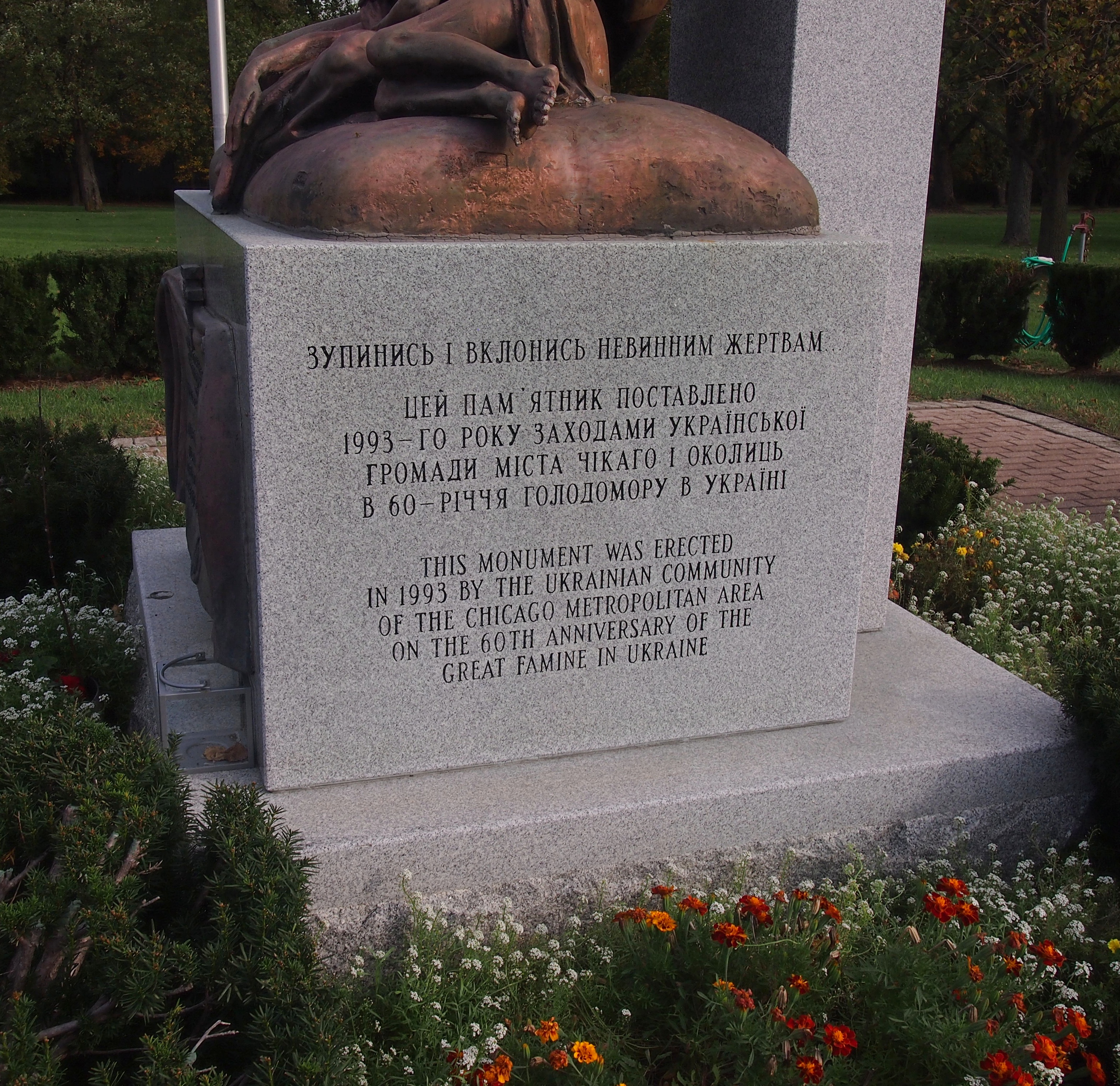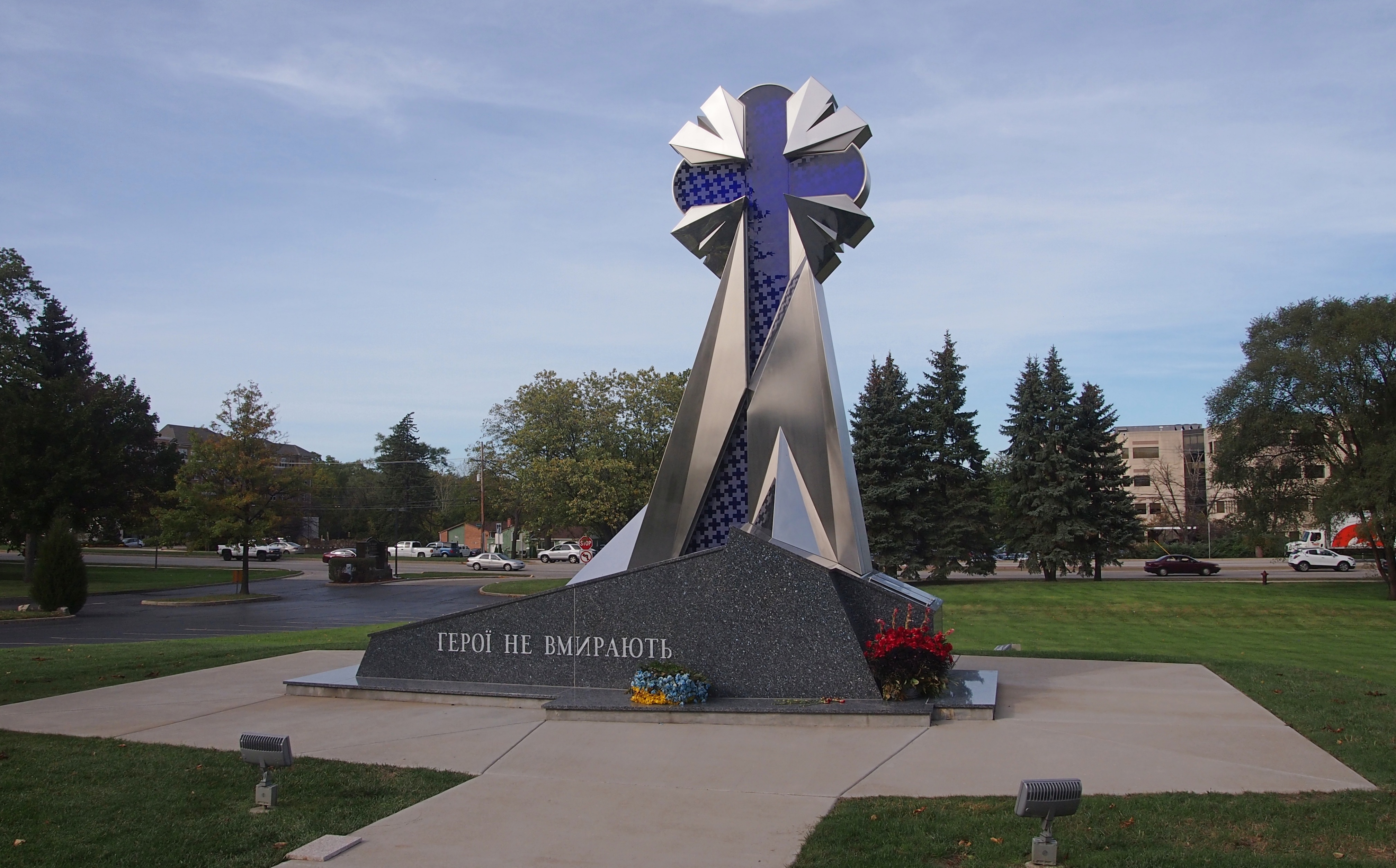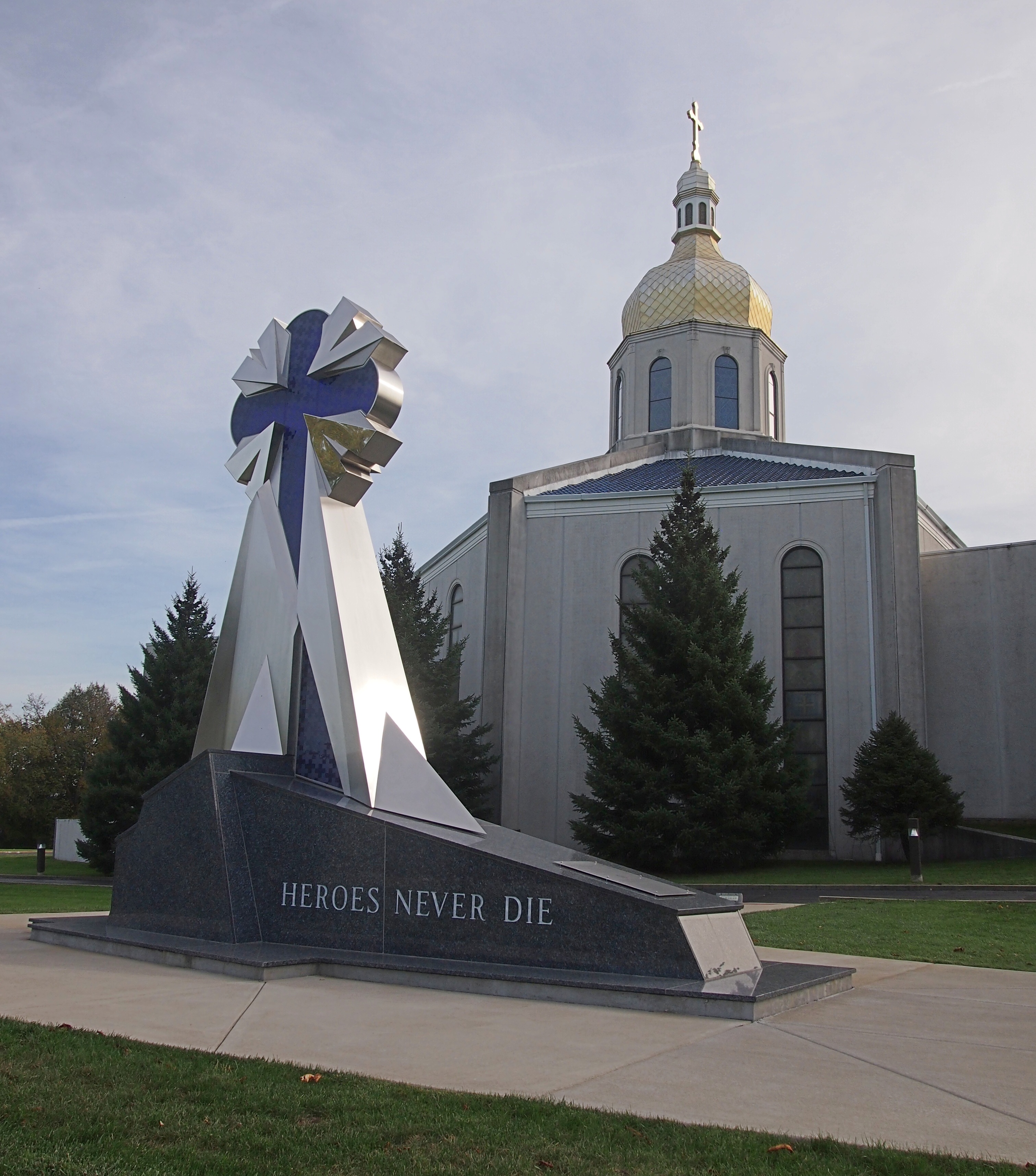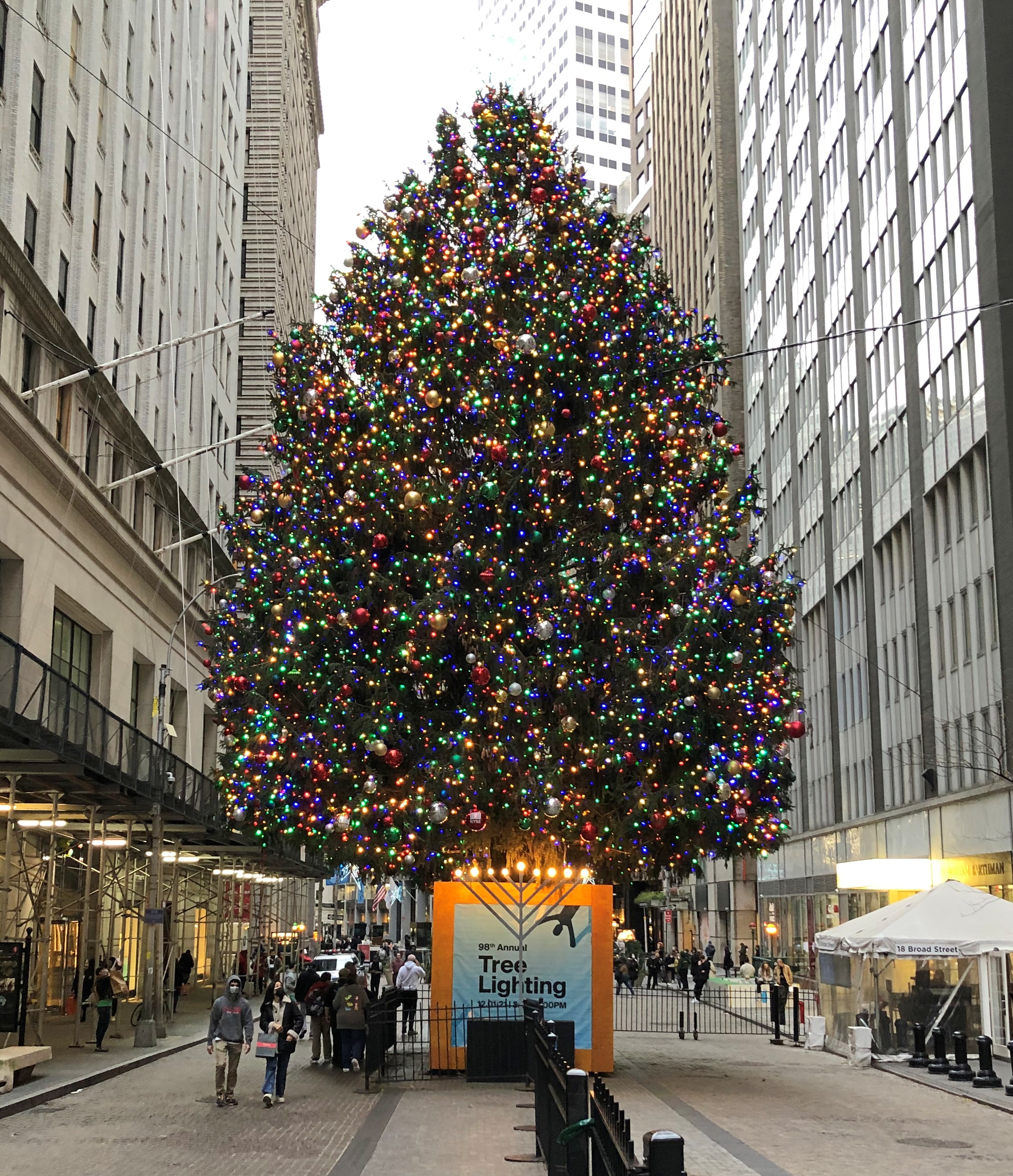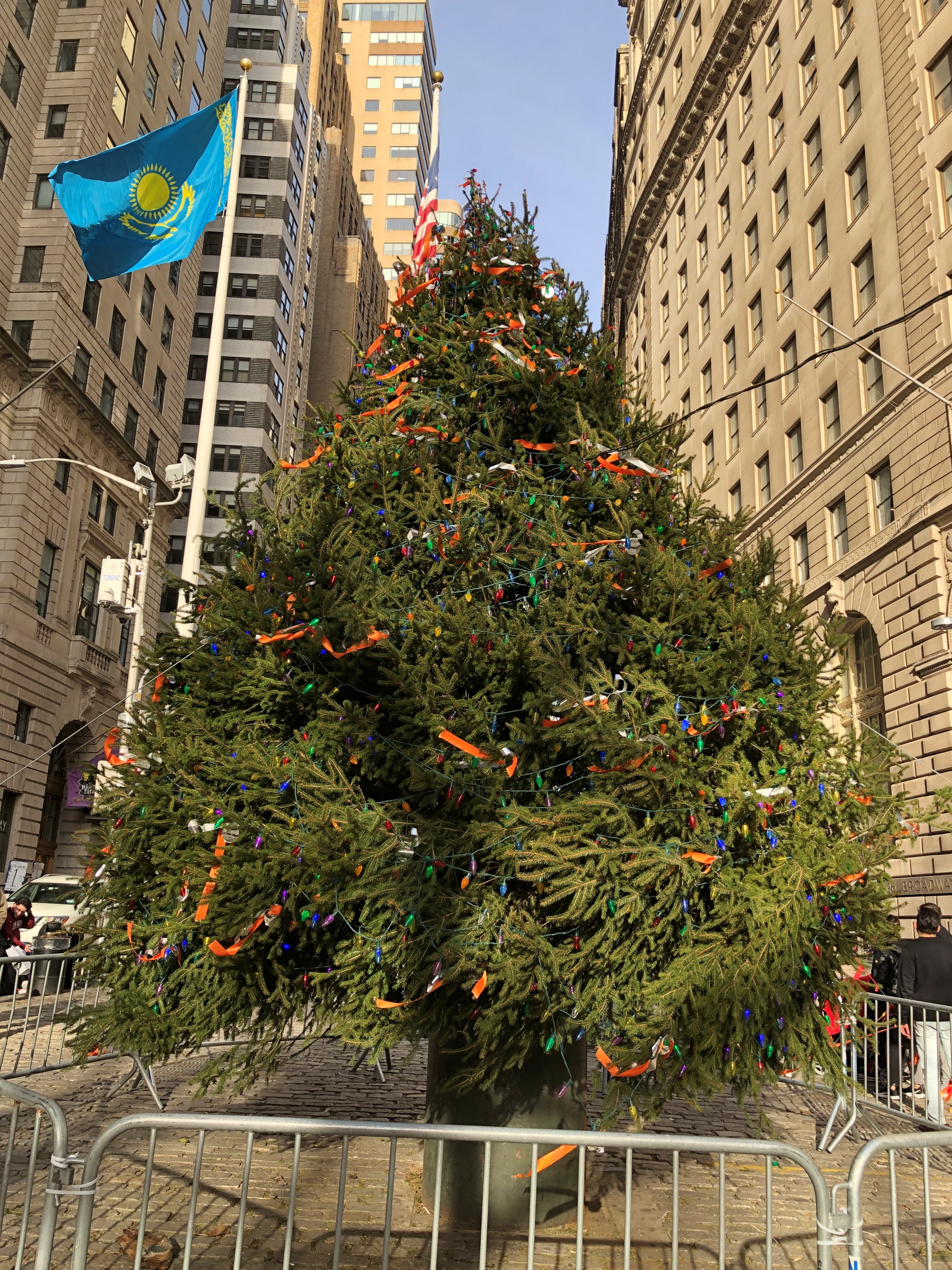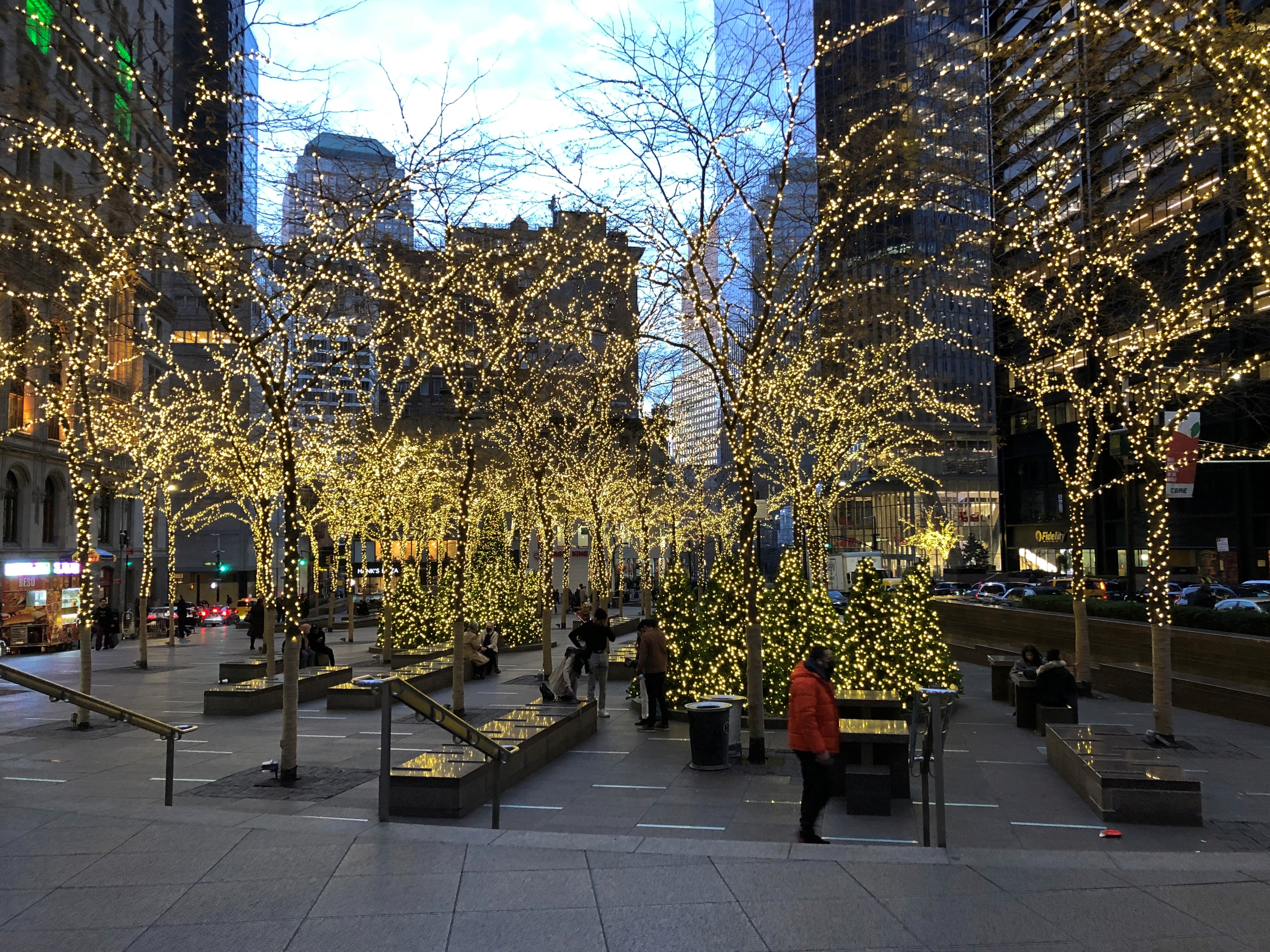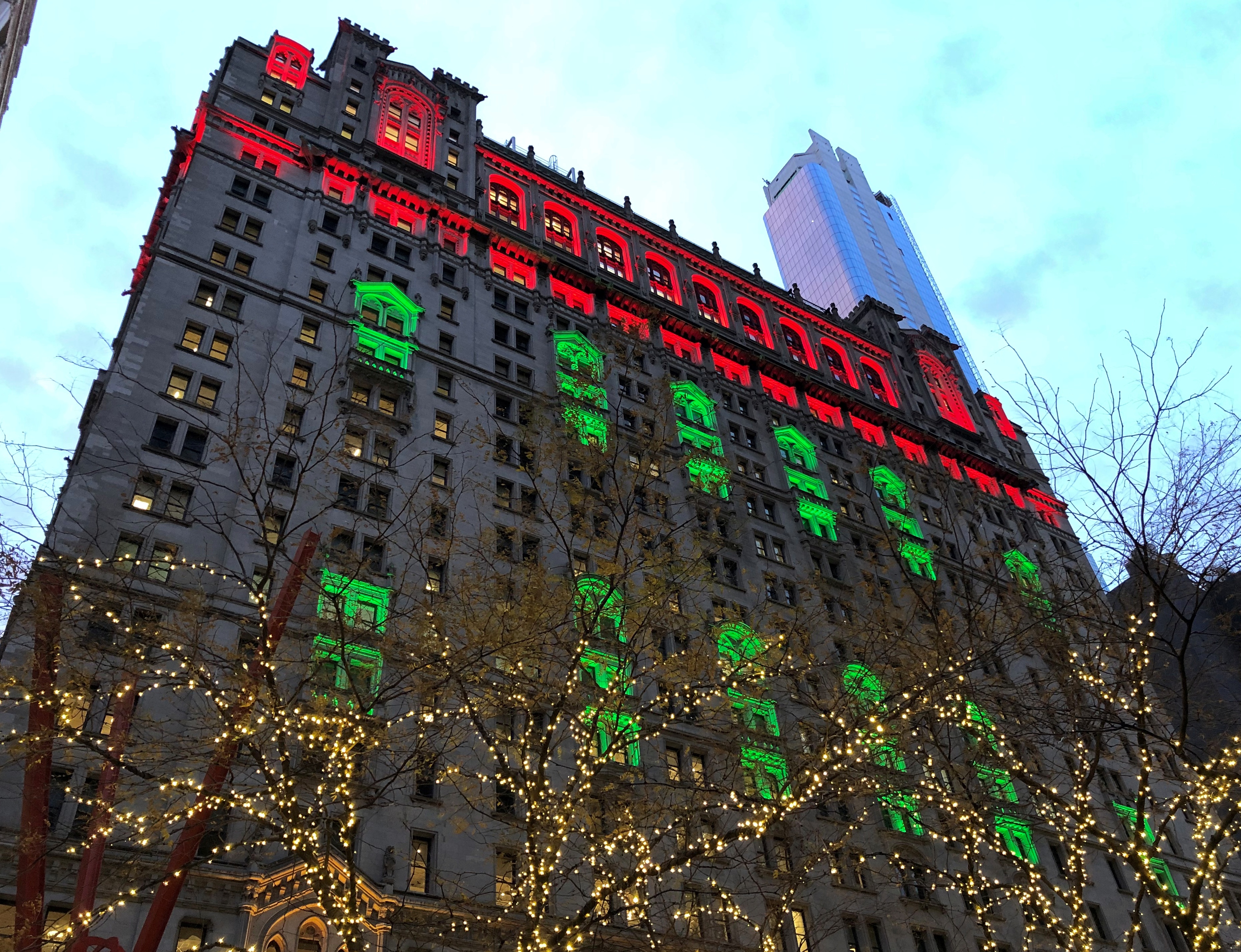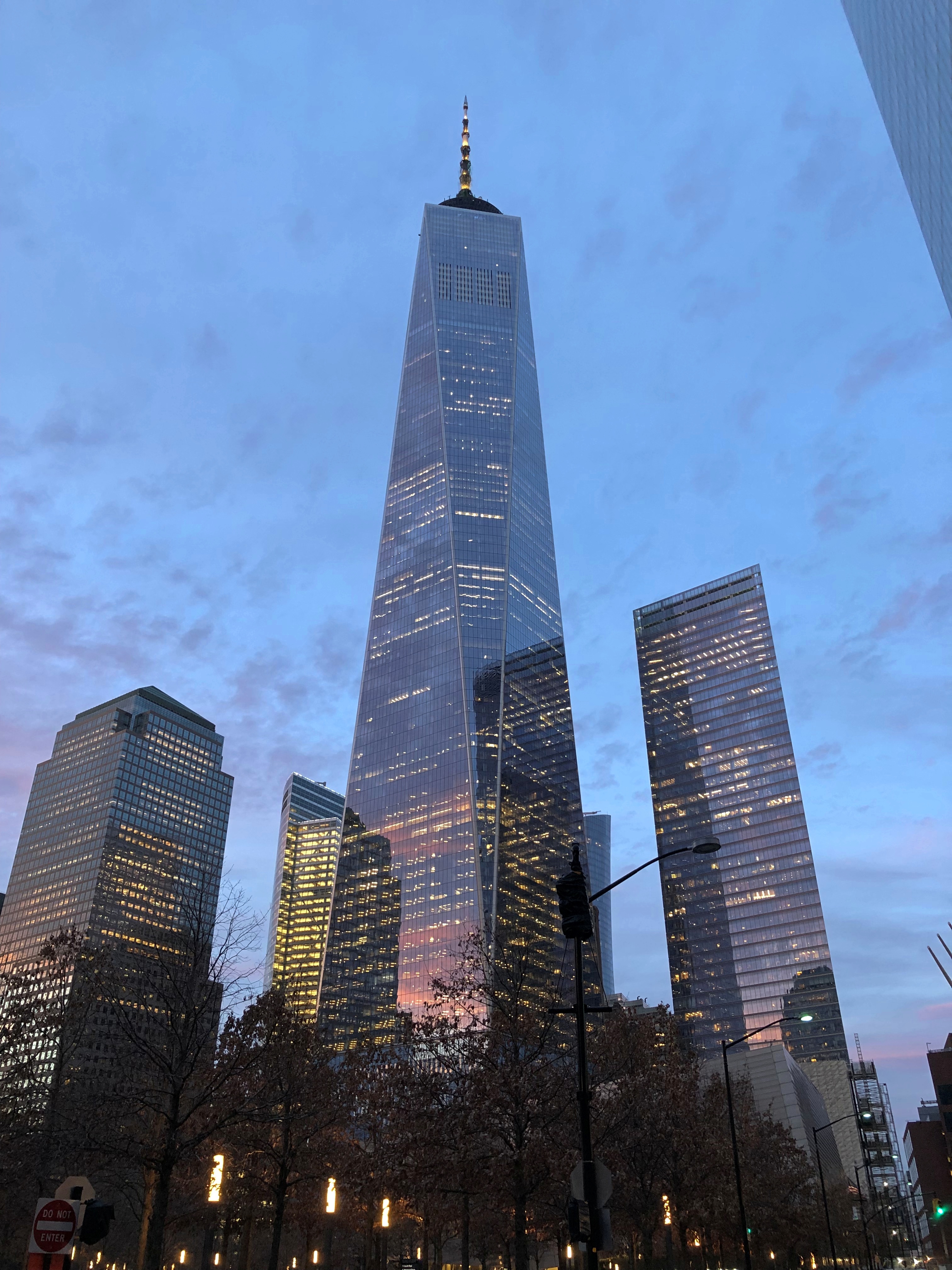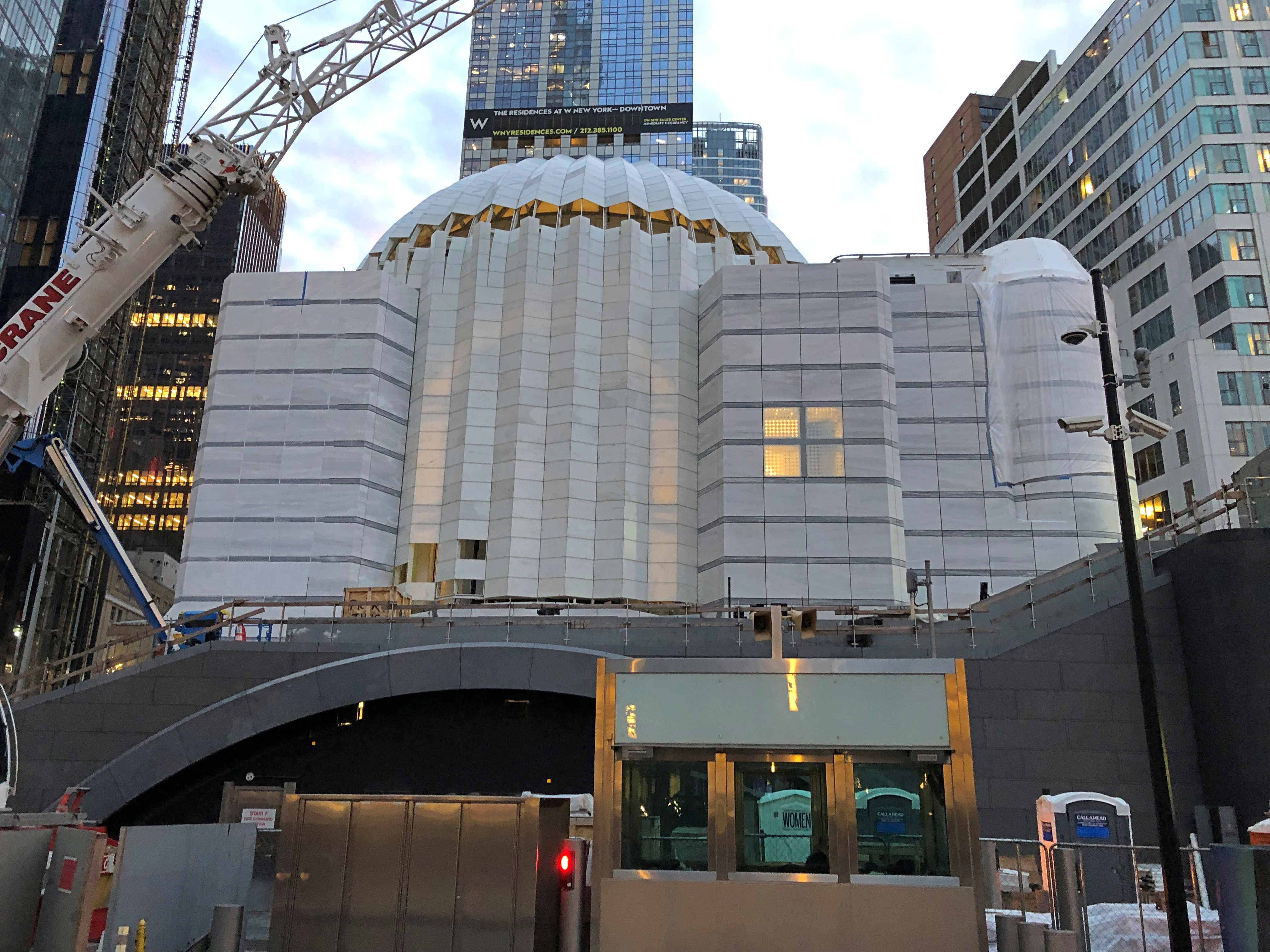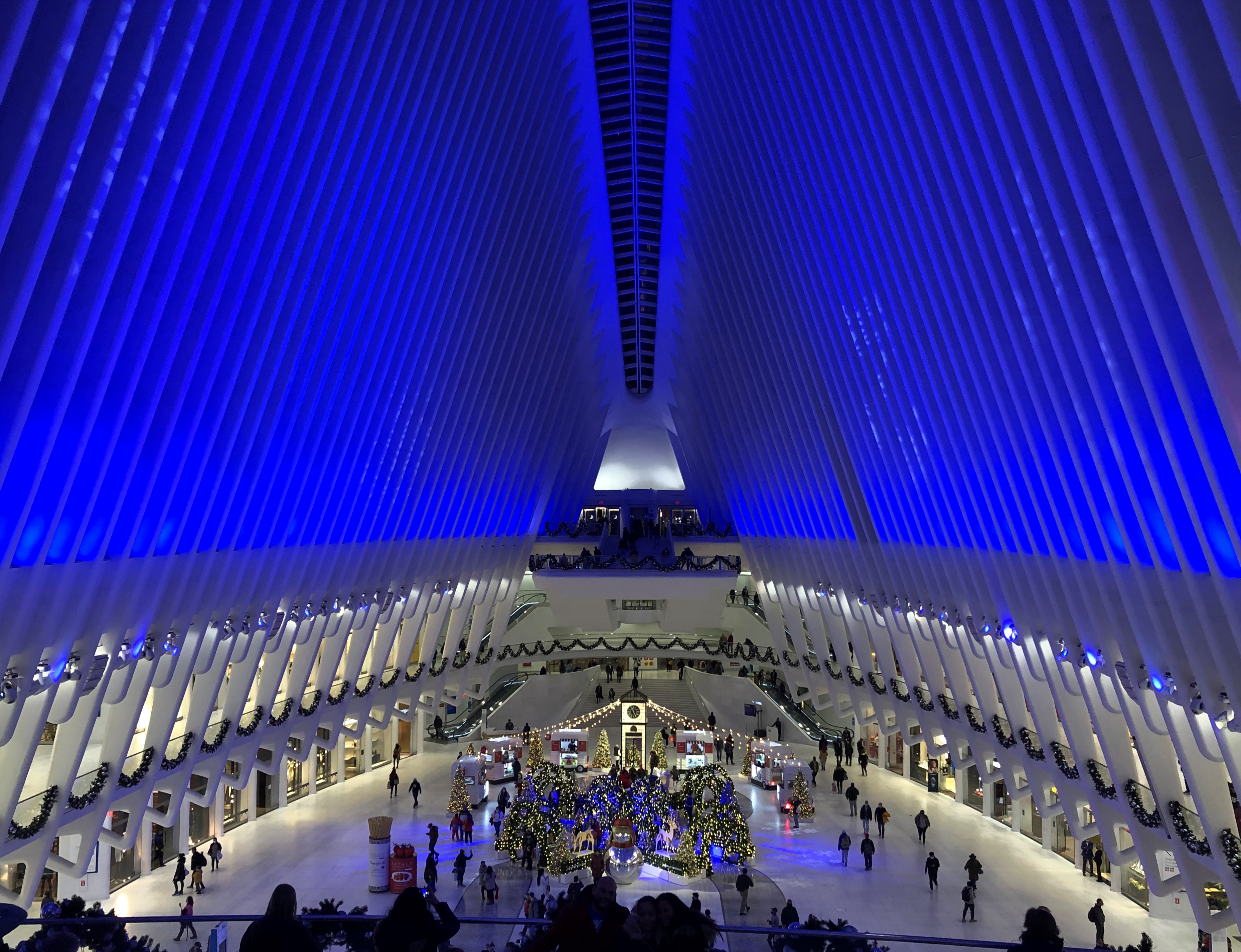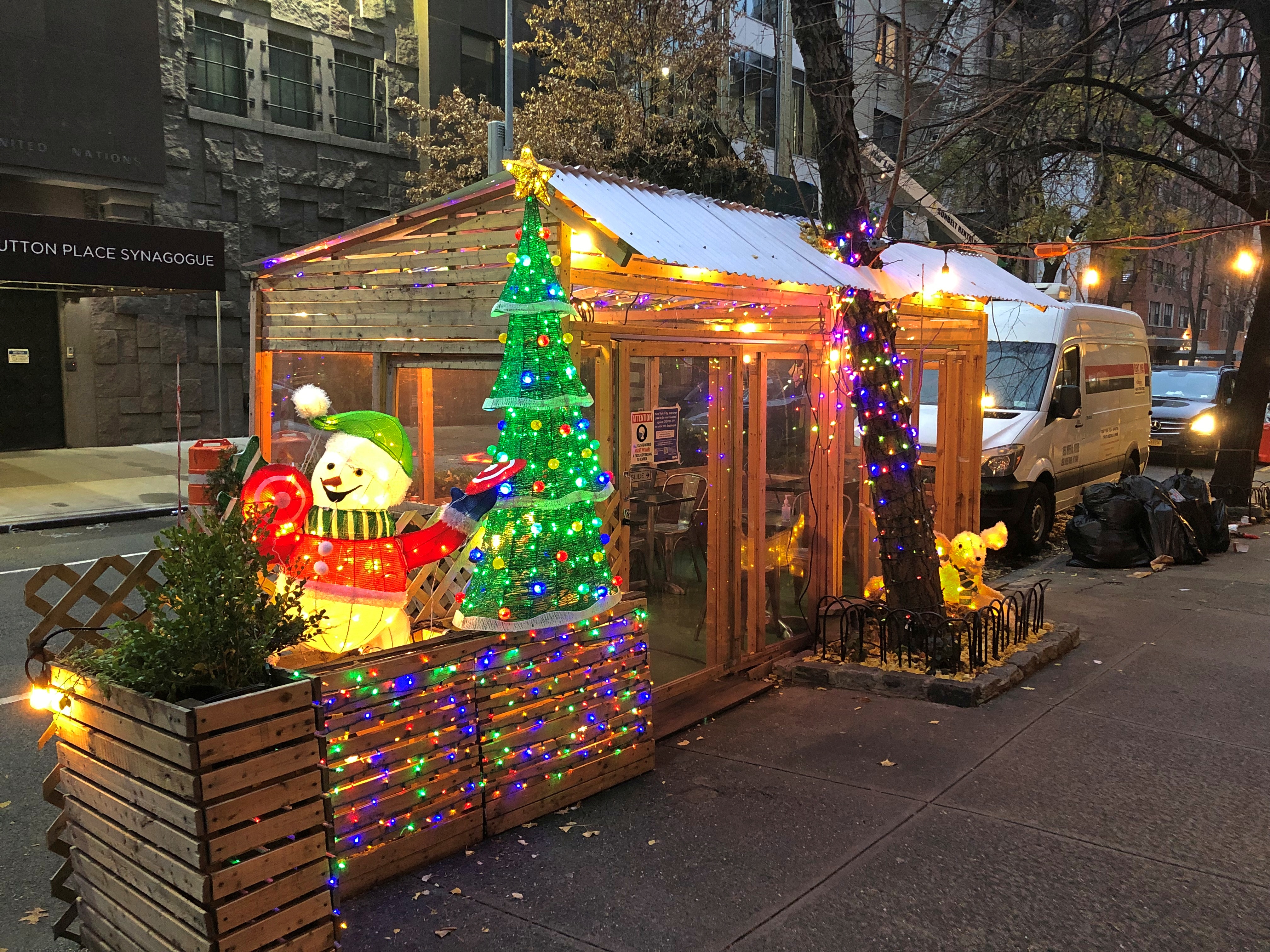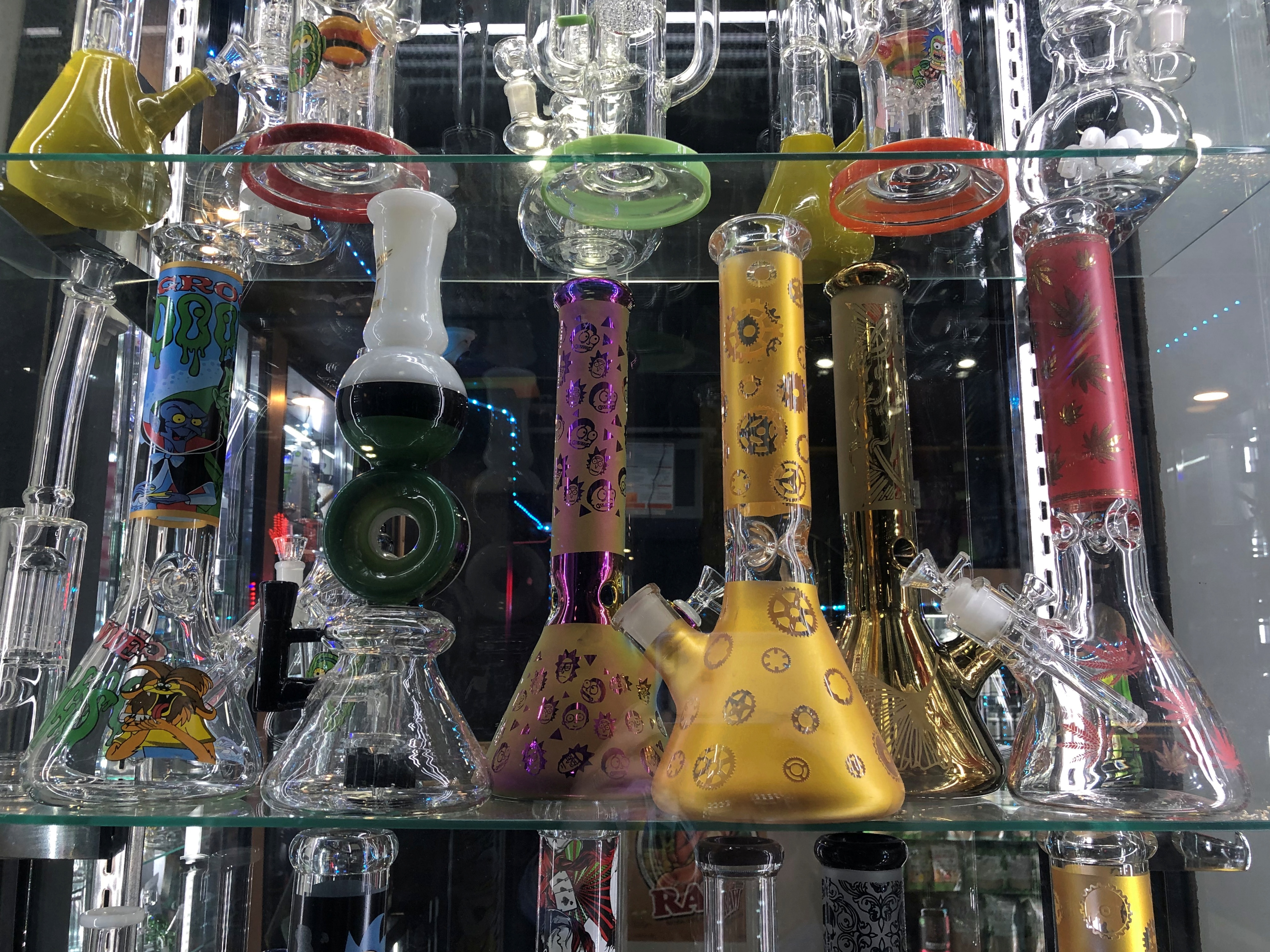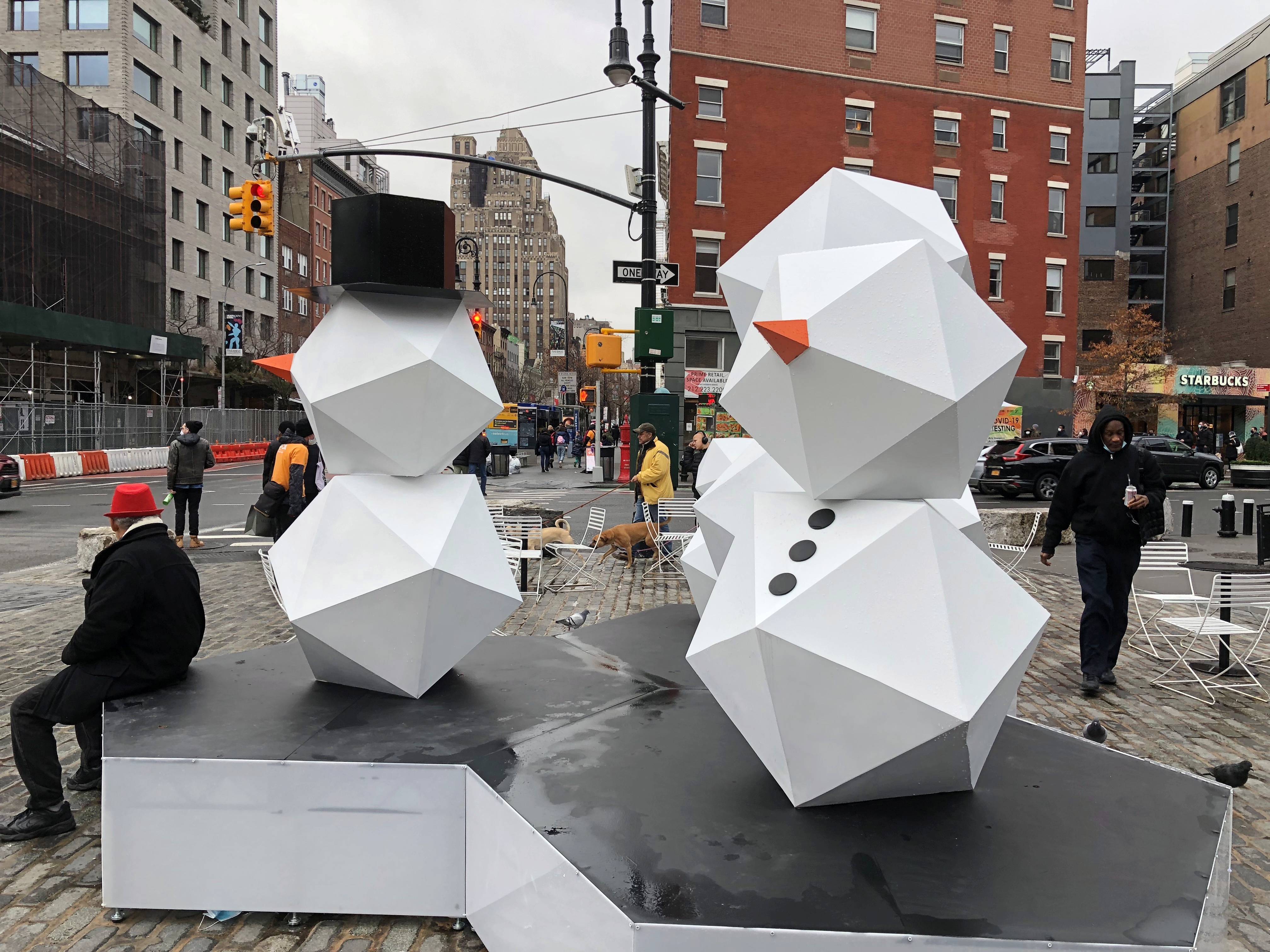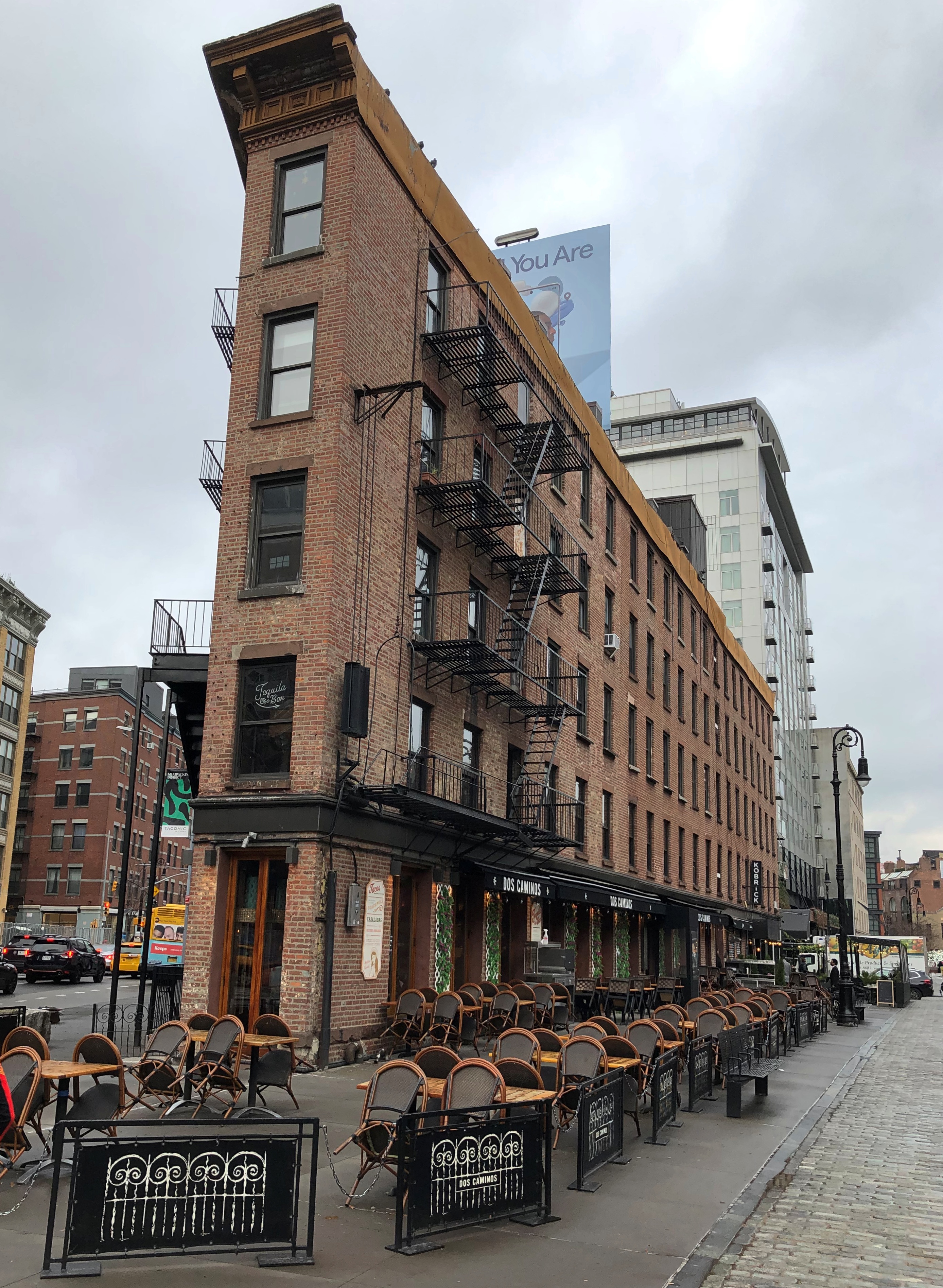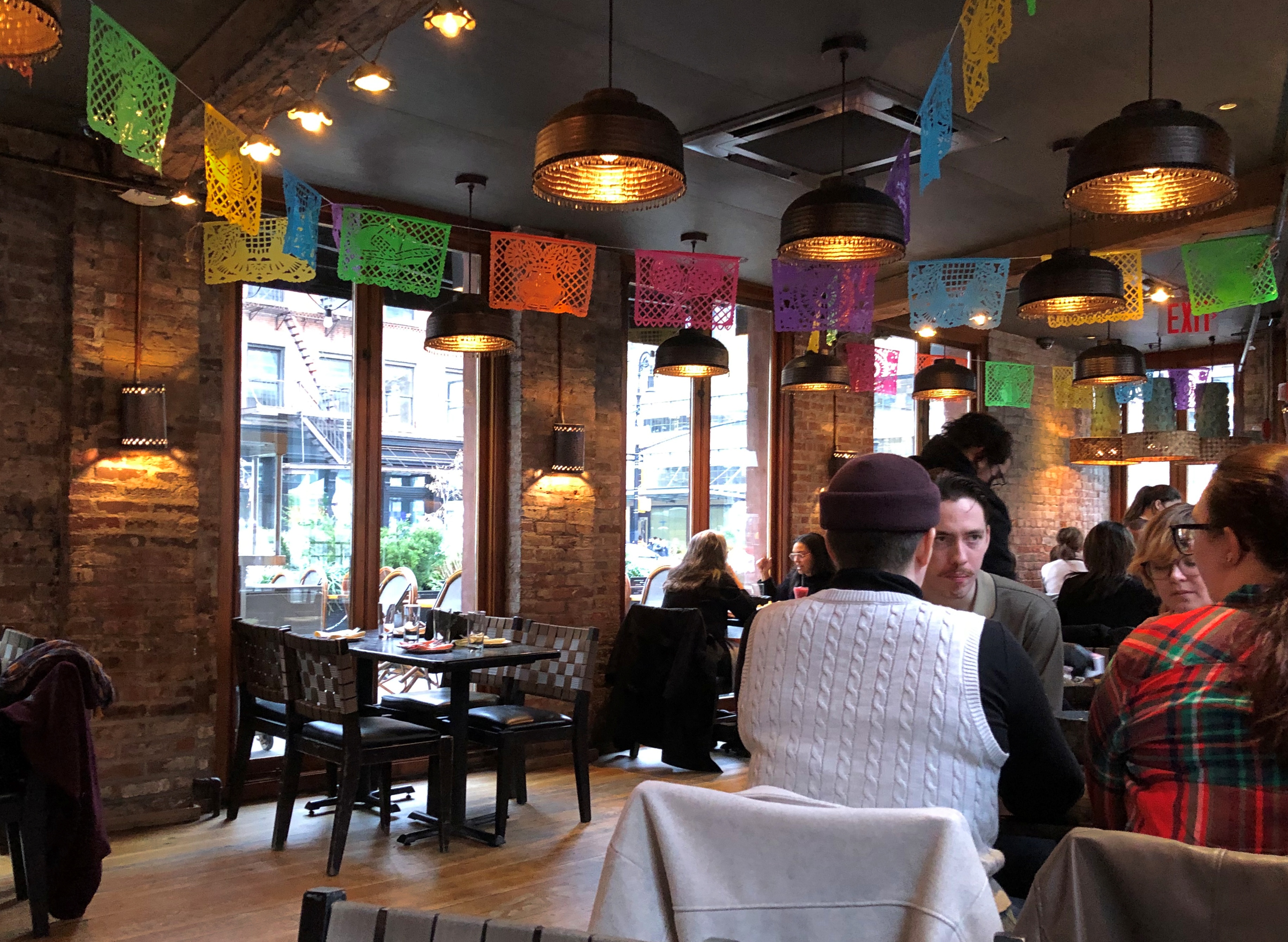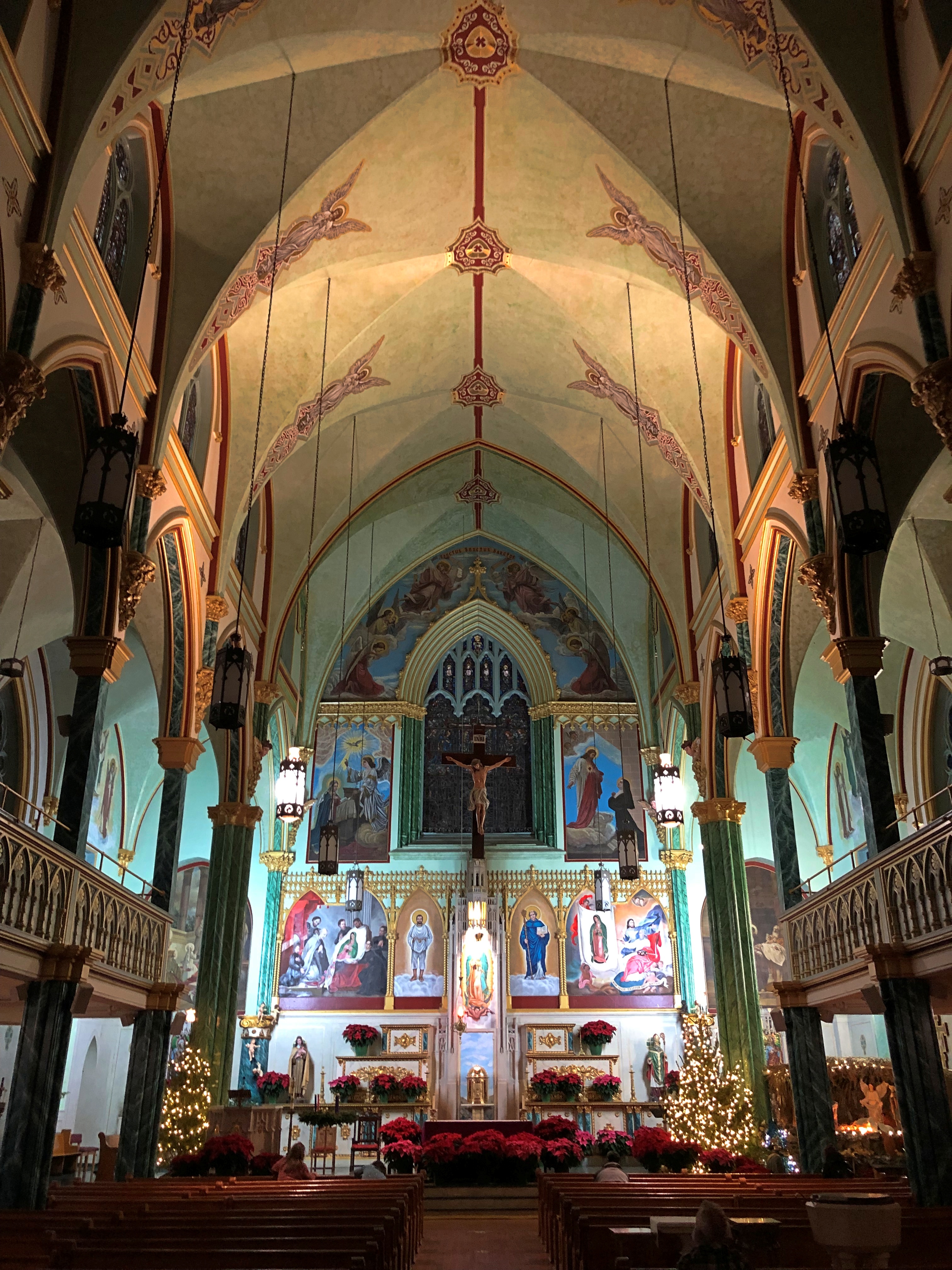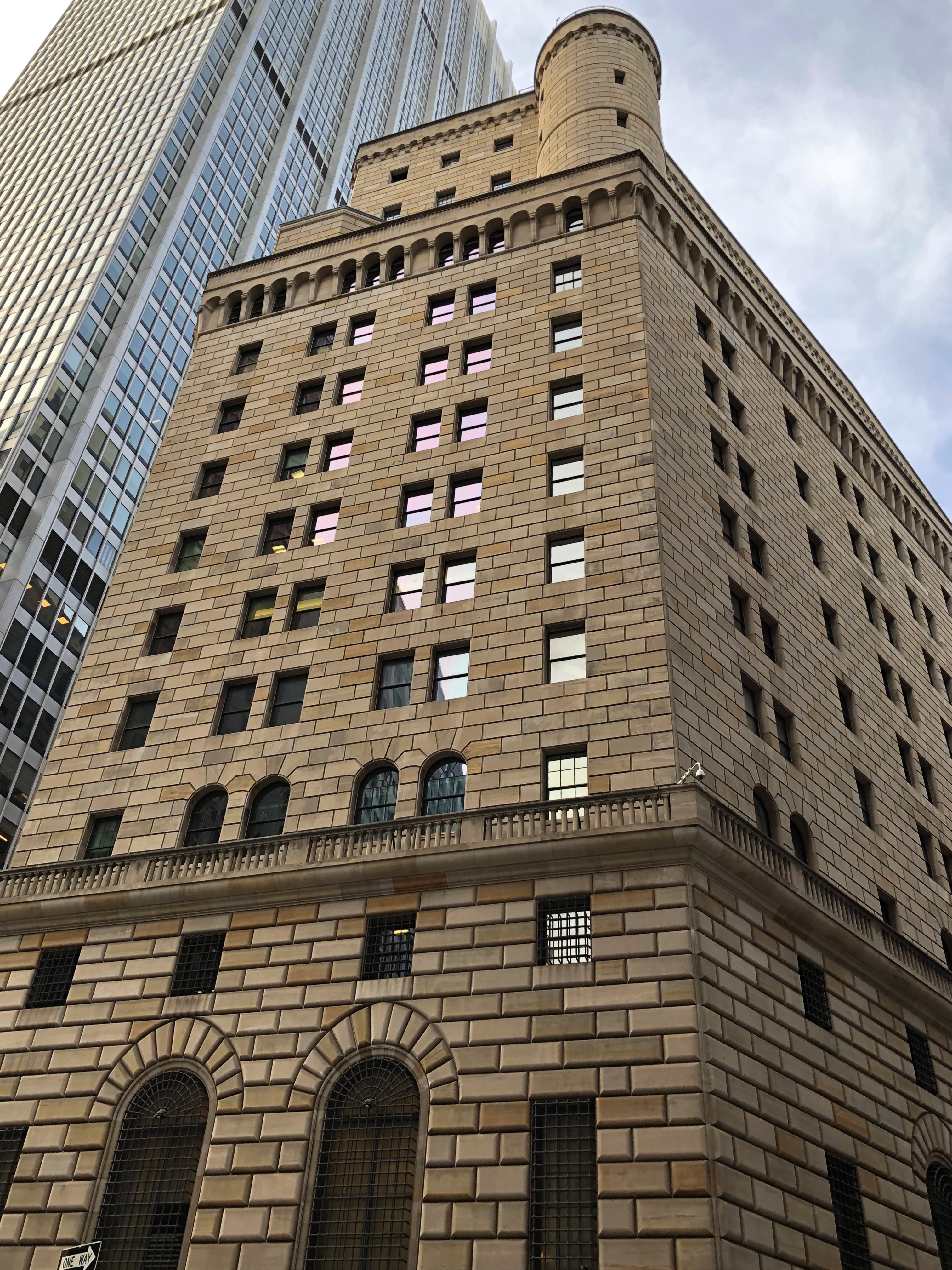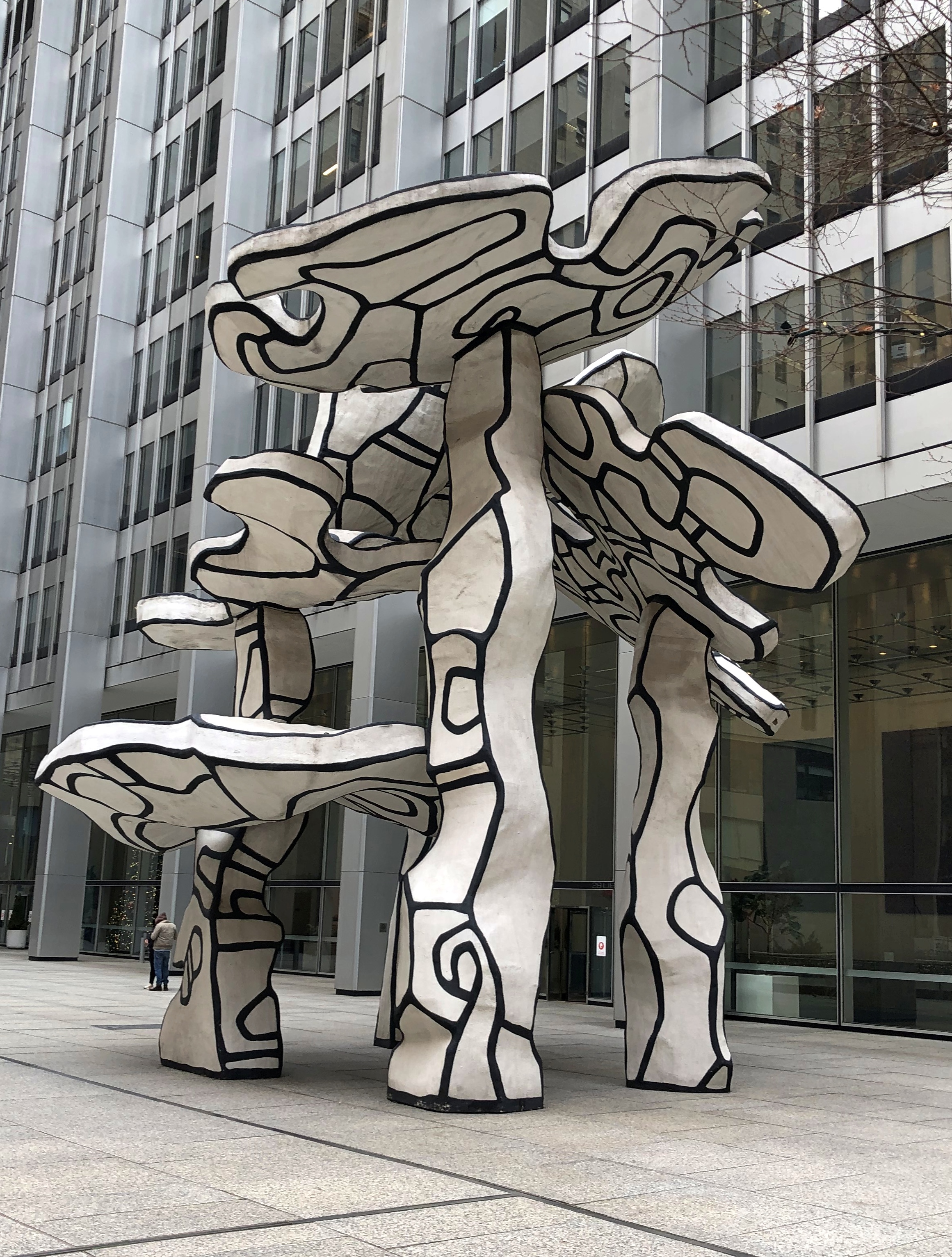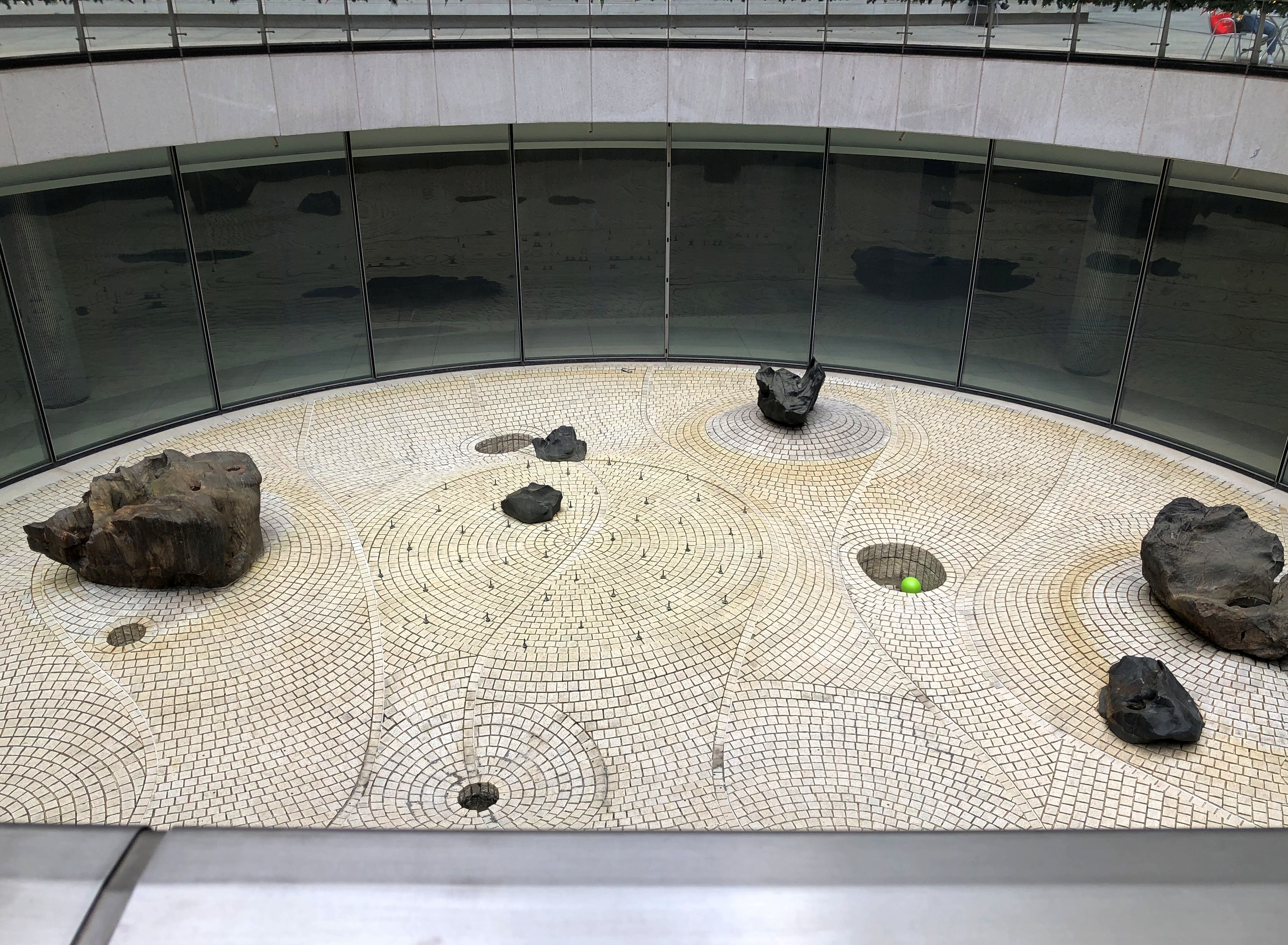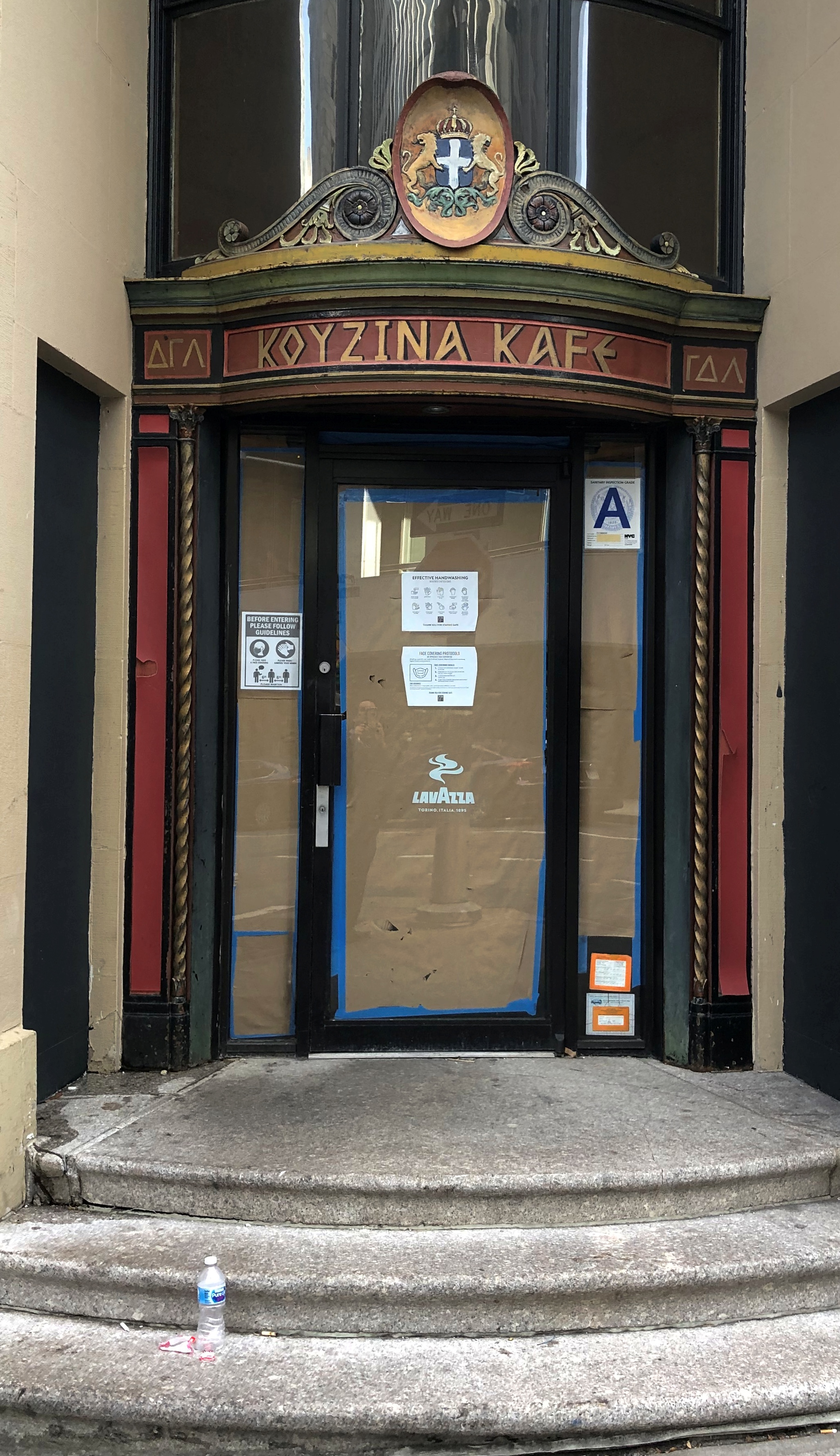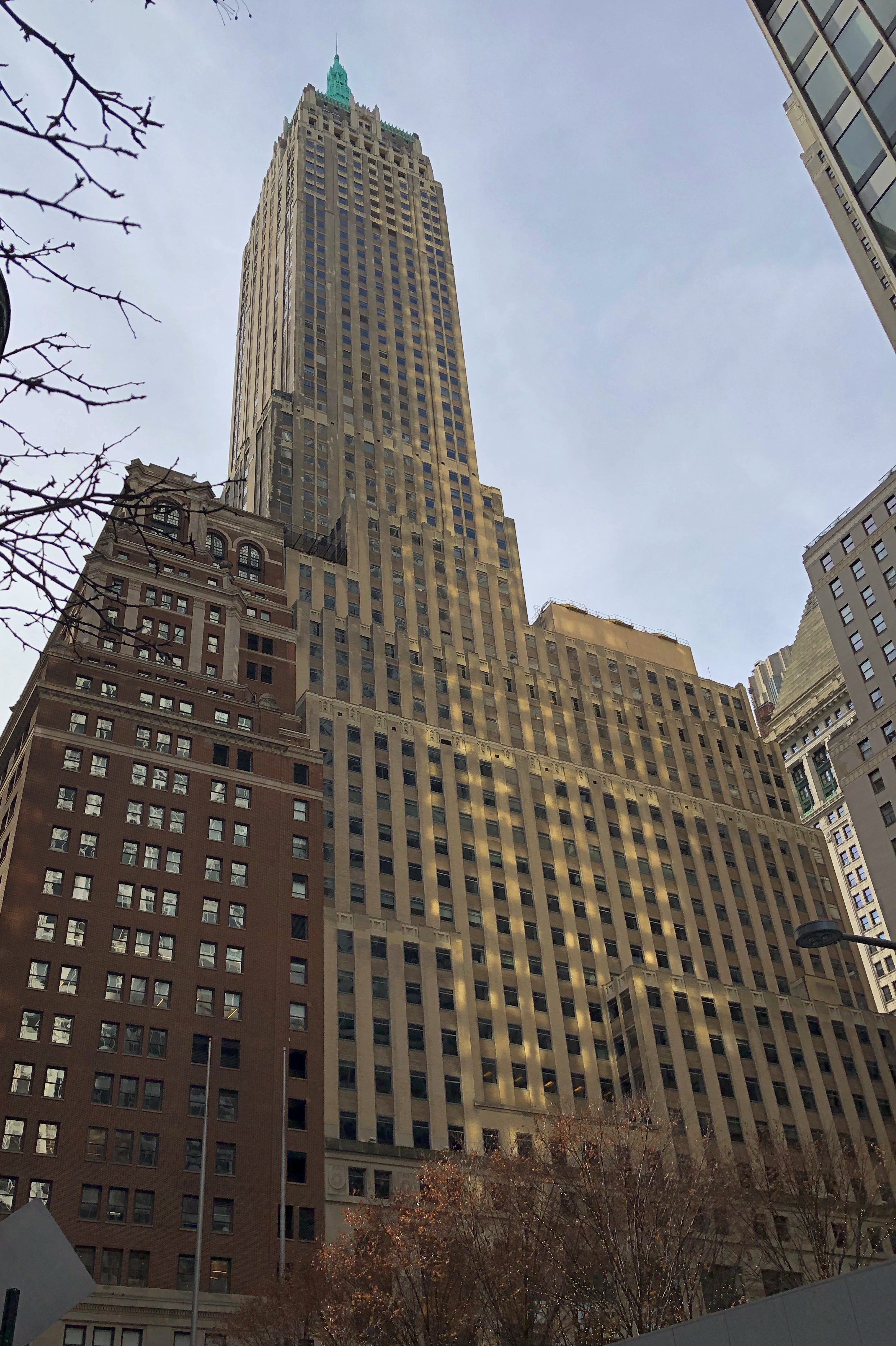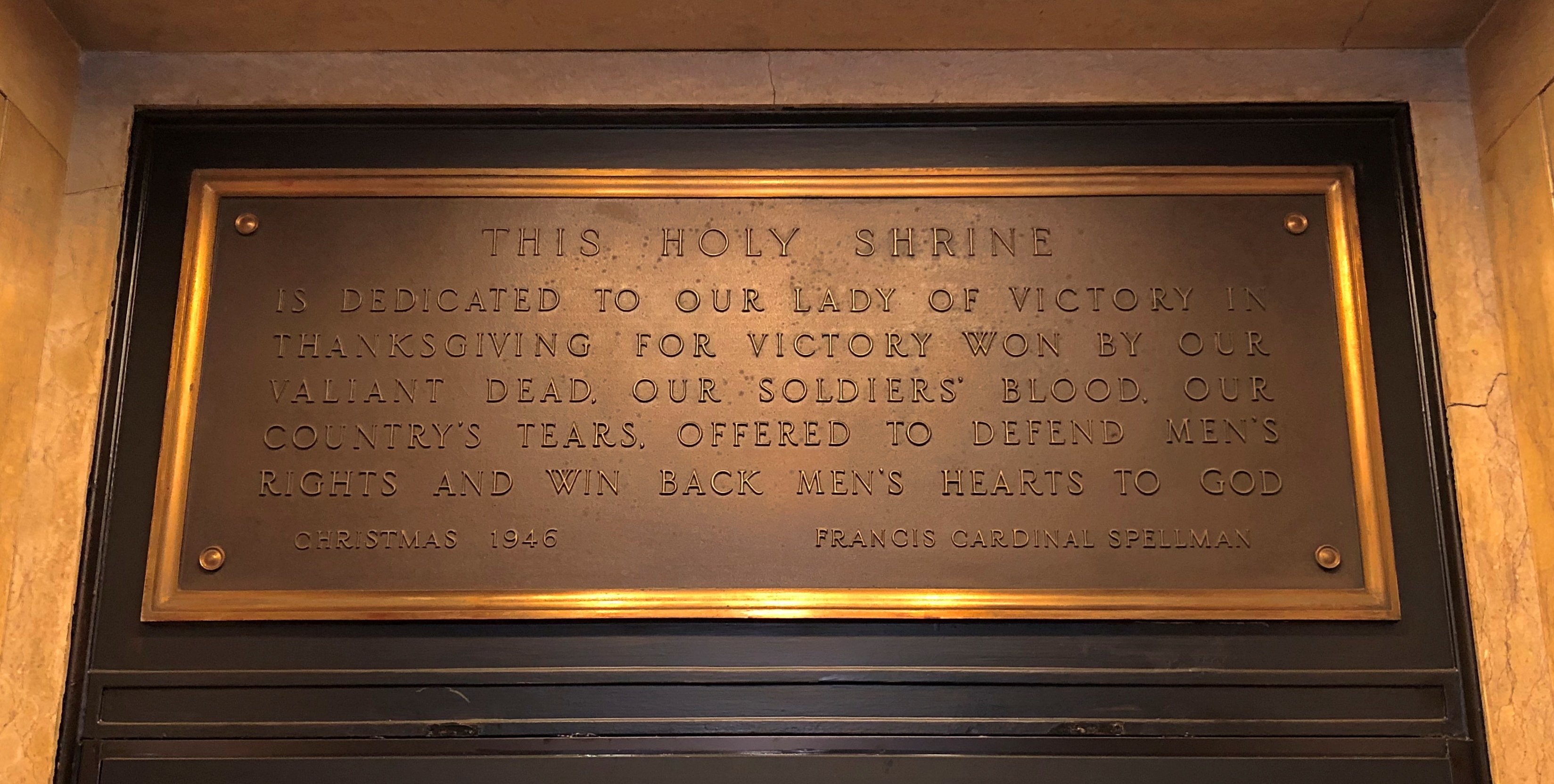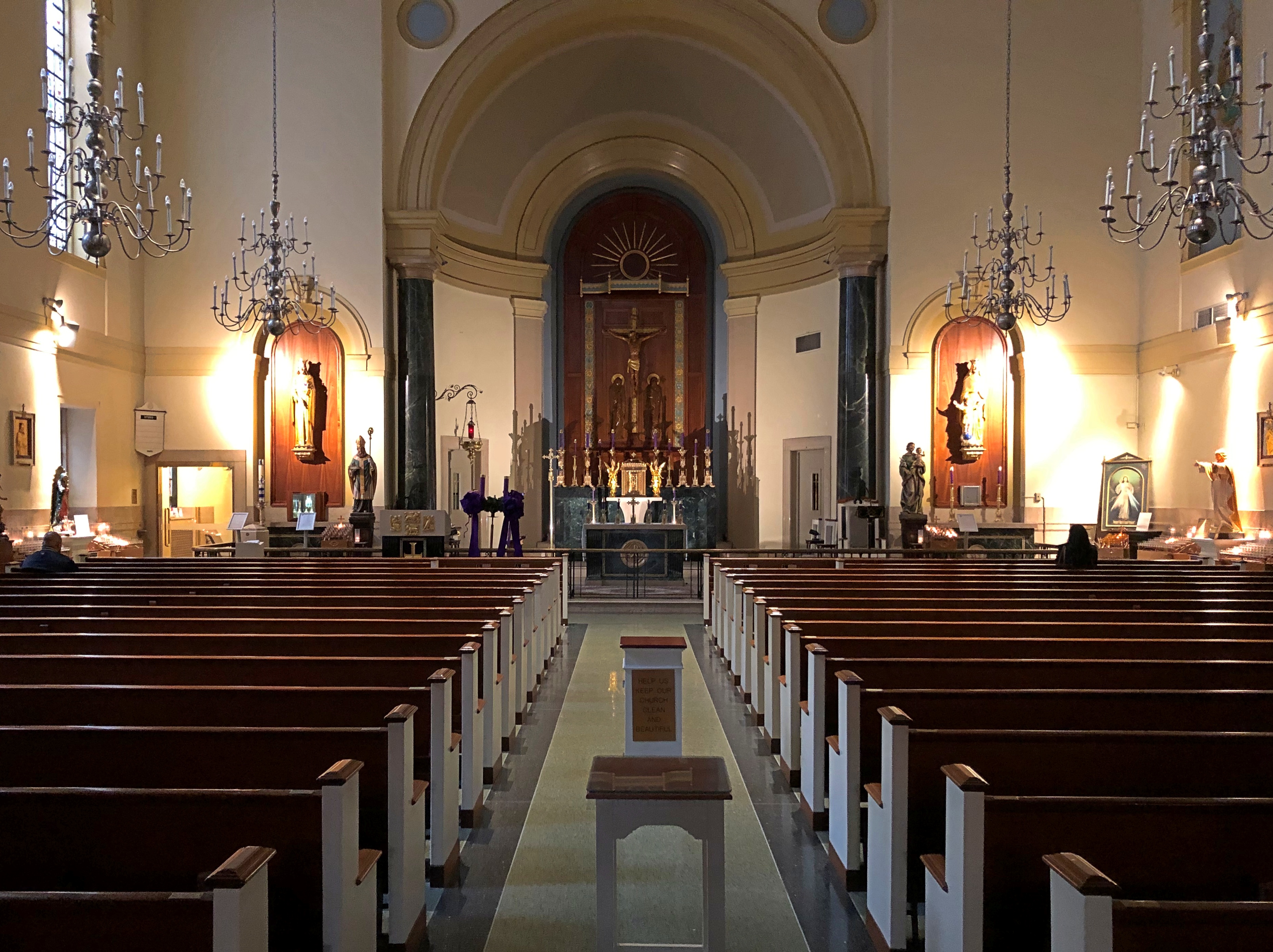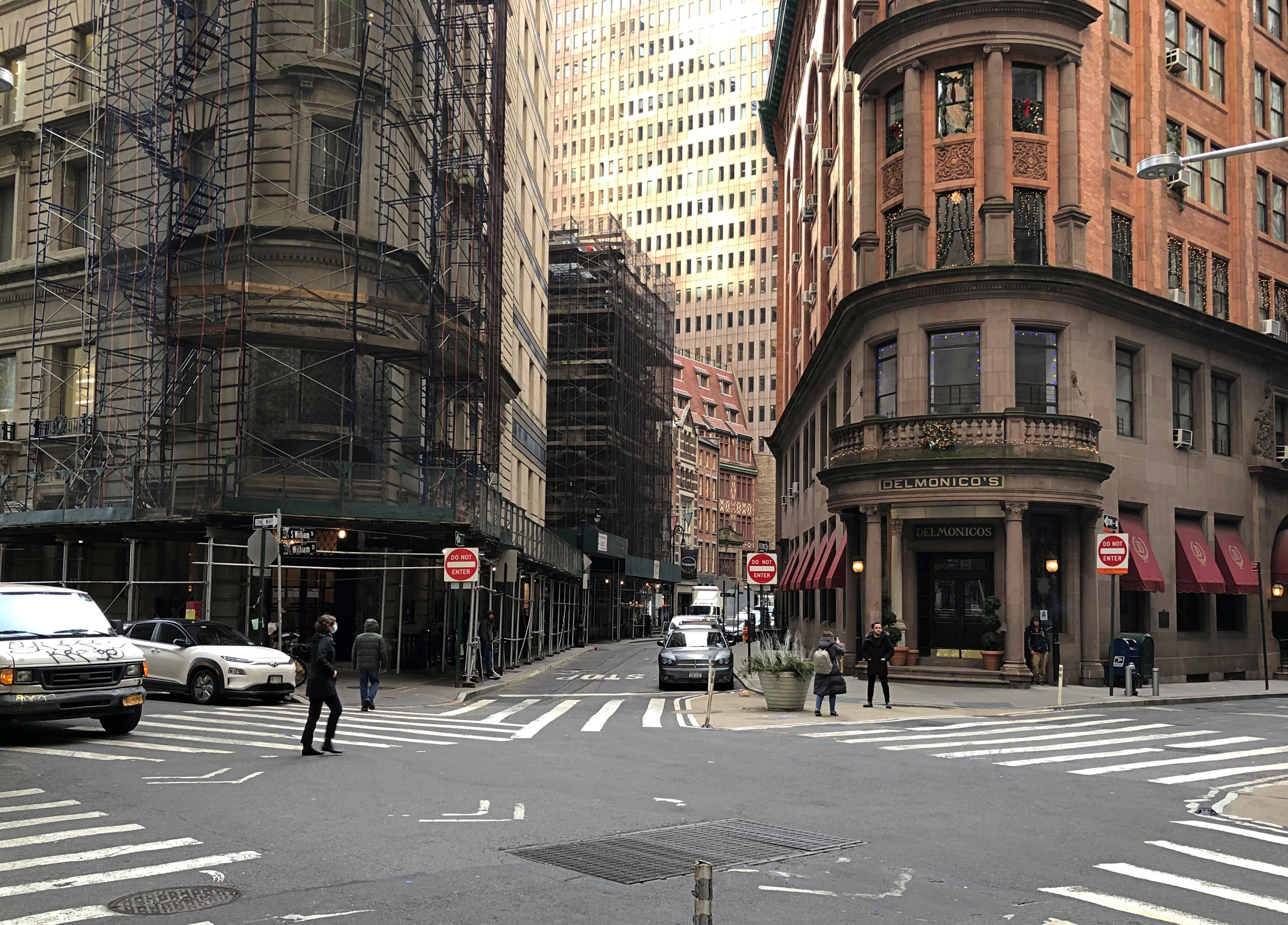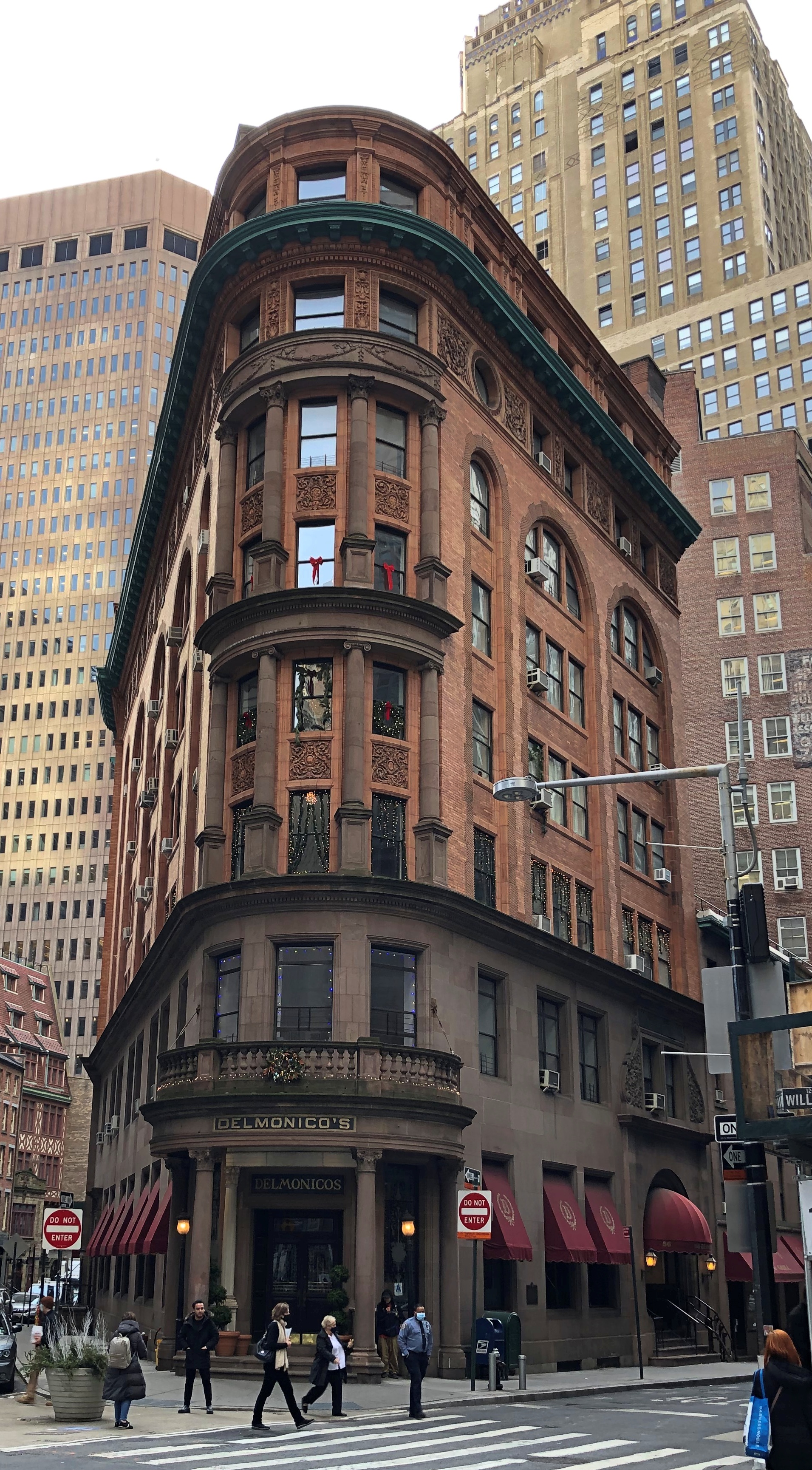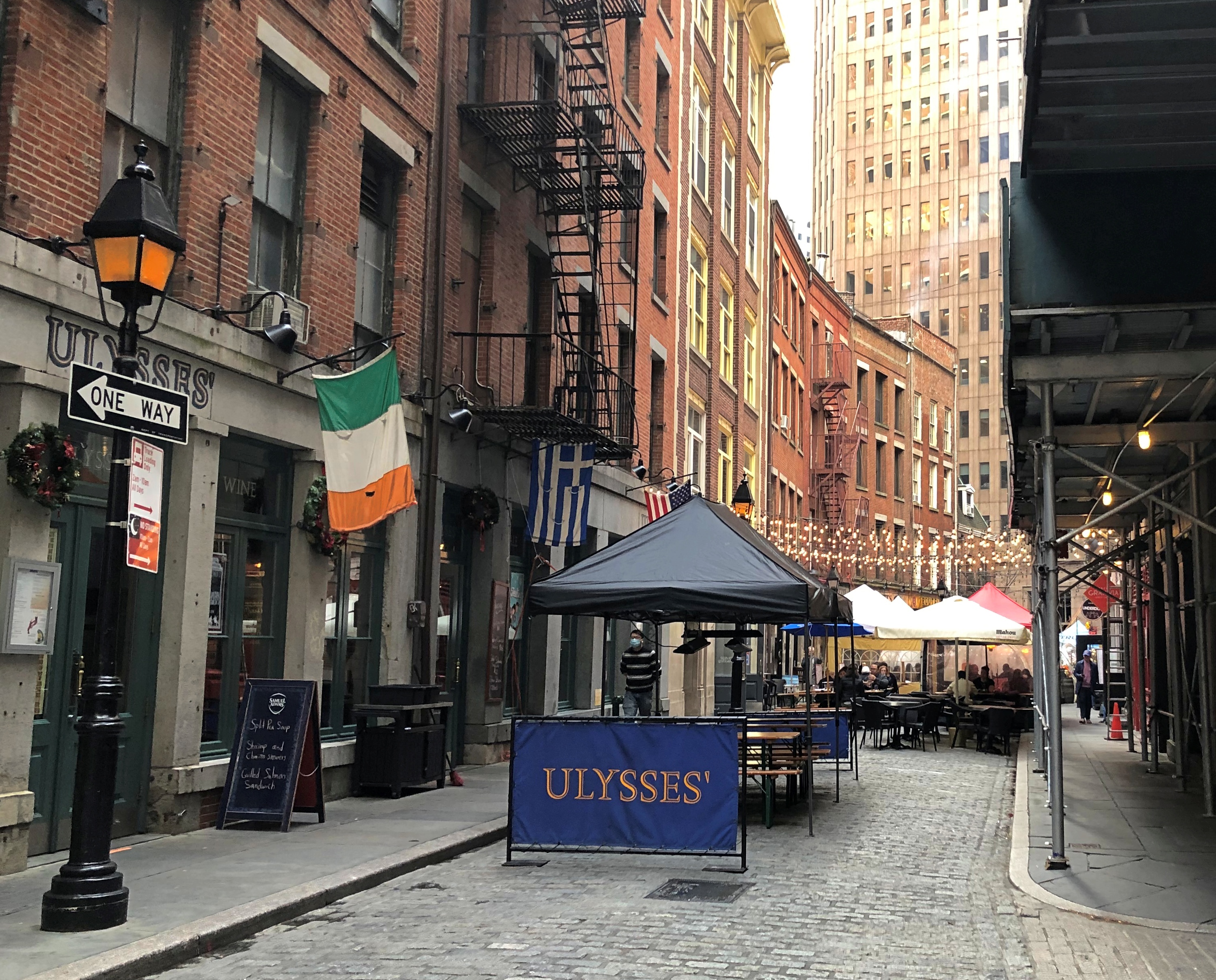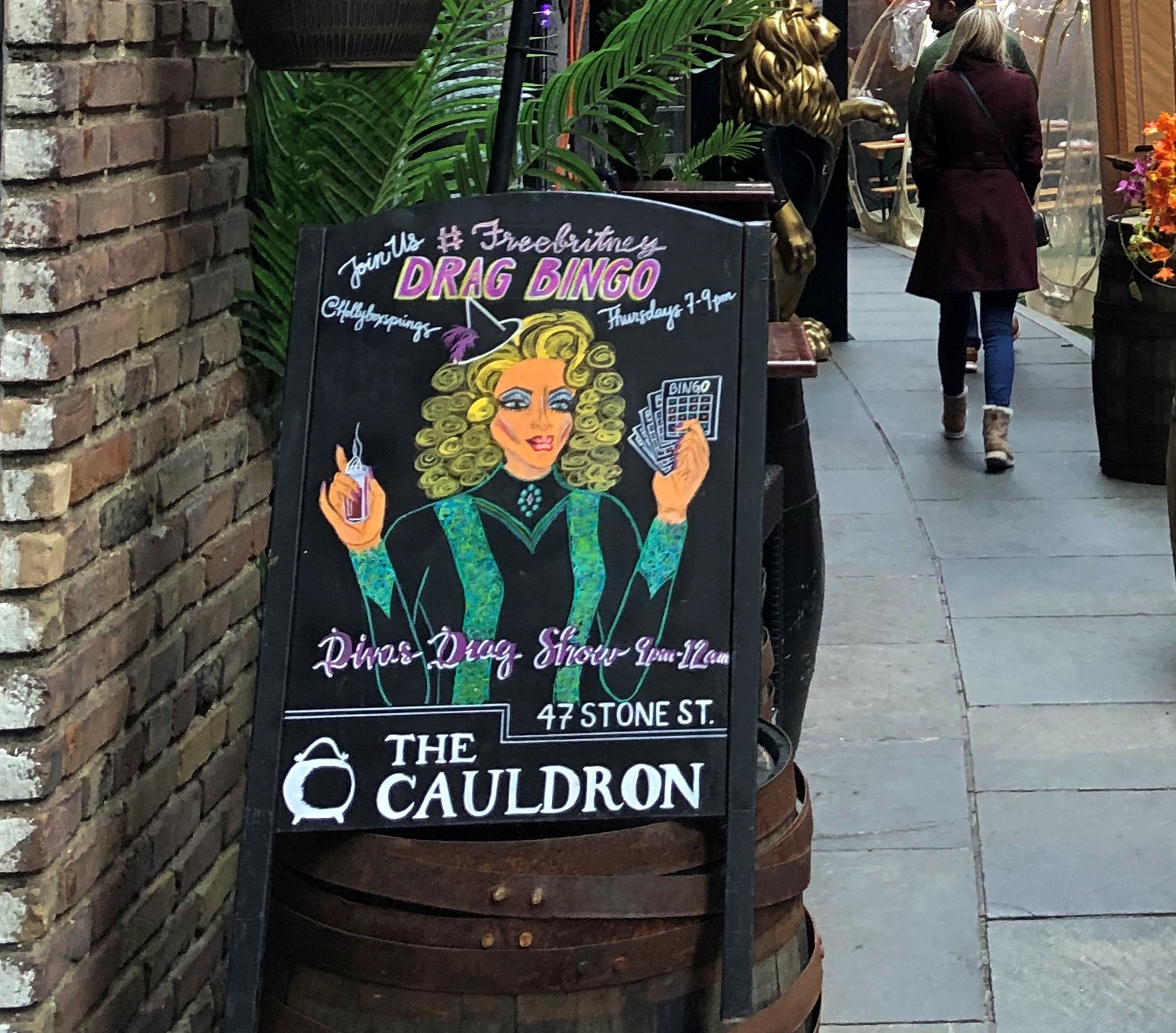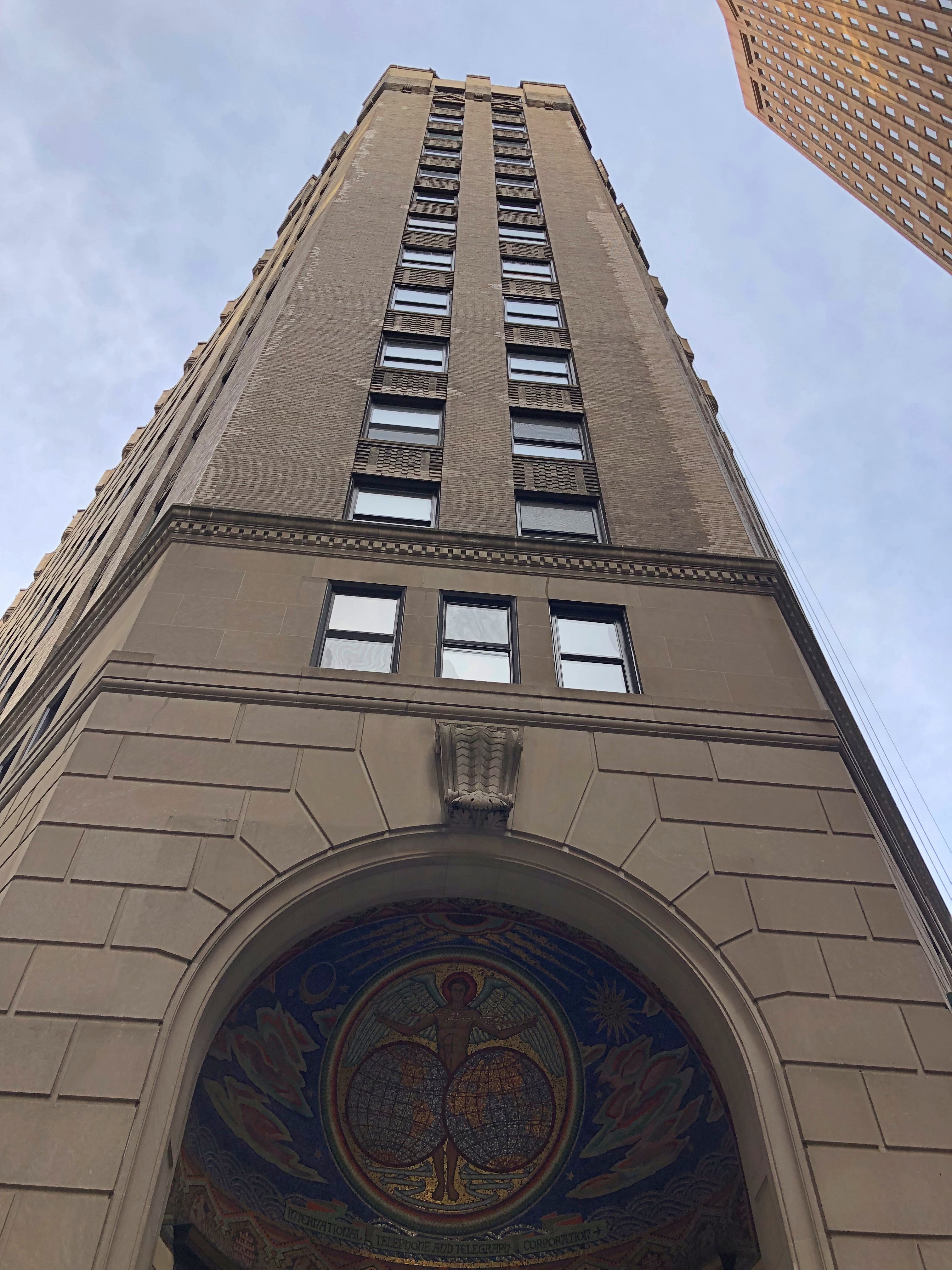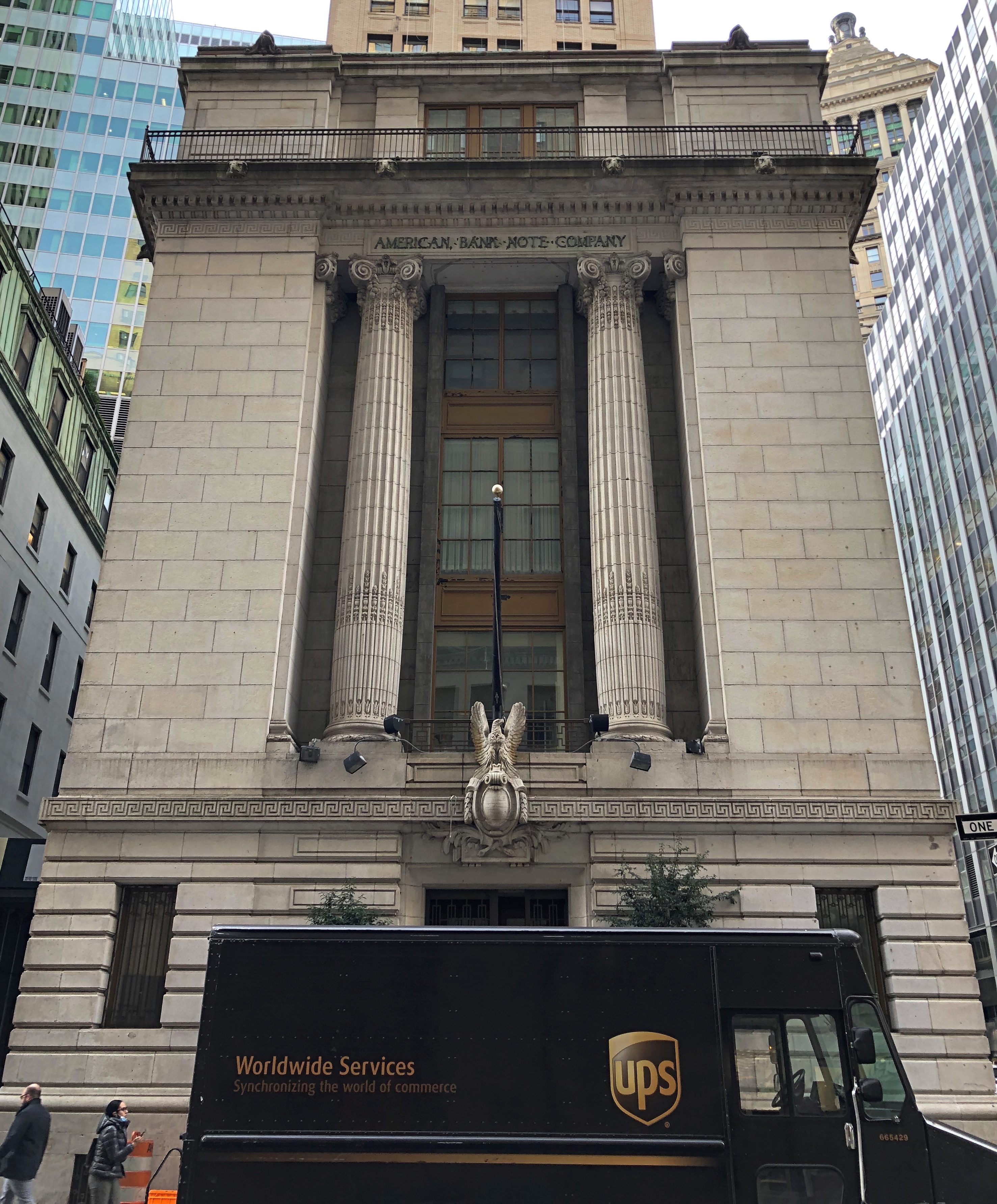Nice day here in northern Illinois — mid-50s degrees F. by early afternoon, little wind and bright sun. I ate lunch on my deck today for the first time this year.
I haven’t read Midnight in the Garden of Good and Evil (1994), nor seen the movie based on the book (1997). Maybe I should, if for no other reason than we happened by the prime locus of the story during our visit to Savannah, as we passed through Monterey Square: the Mercer House, where one Jim Williams shot one Danny Hansford to death in 1981.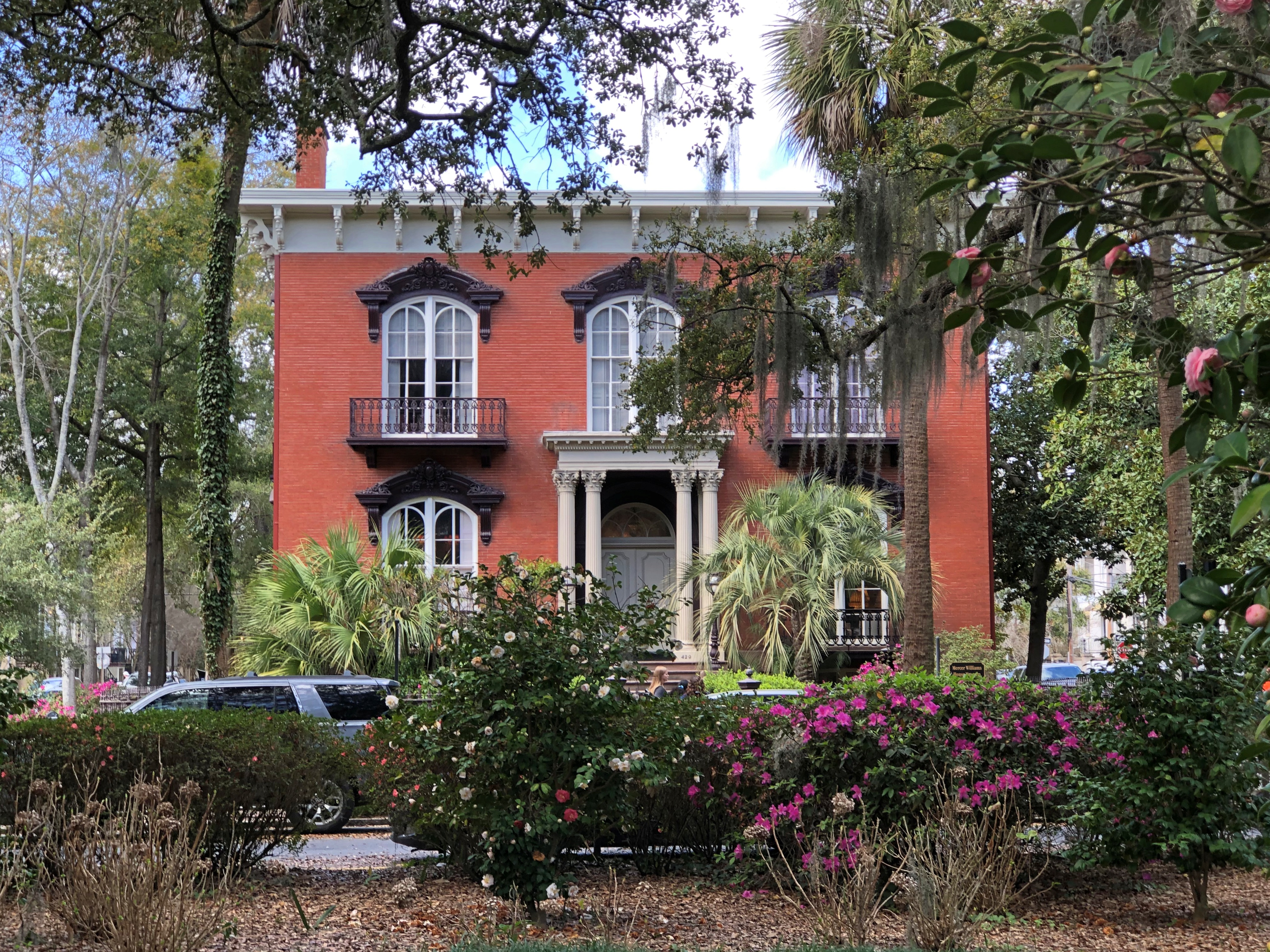
Quite a story. After four trials, Williams was ultimately acquitted of murder, though he didn’t live much longer after the acquittal. The story lives on, however, at least as something that still seems to attract tourists to Savannah.
“According to records from Visit Savannah, about 5,010,000 people visited Savannah in 1993, spending $587 million; in 1994, visitors increased to 5,029,000, contributing $629 million to the local economy,” the Savannah Morning News reported in 2019. “The following year, in 1995, visitor numbers jumped to 5,348,000 and spending increased to $673.4 million.”
Could be a coincidence, though the News notes another bump up in visitors after the movie came out, without citing any numbers. Besides, it’s completely believable that people show up at a place in the wake of a bestselling book or popular movie featuring the place, and the more lurid the story, and exotic the setting, the better.
We wandered by plenty of other intriguing buildings in Savannah, some on our guided tour, others by happenstance. Our guide had a knack for telling stories about Savannah history, which has its fascinations. But he wasn’t so keen on the architecture of the city, which is visibly rich and varied.
Within sight of Johnson Square is Beaux-Arts Savannah City Hall, designed by local architect Hyman Witcover and completed in 1906. We didn’t get any closer, but it was still easy to see the detail that I liked: the gold leaf dome, reportedly Dahlonega-area gold.
A building on Chippewa Square: the Philbrick-Eastman House, these days corporate headquarters for a chain of convenience stories.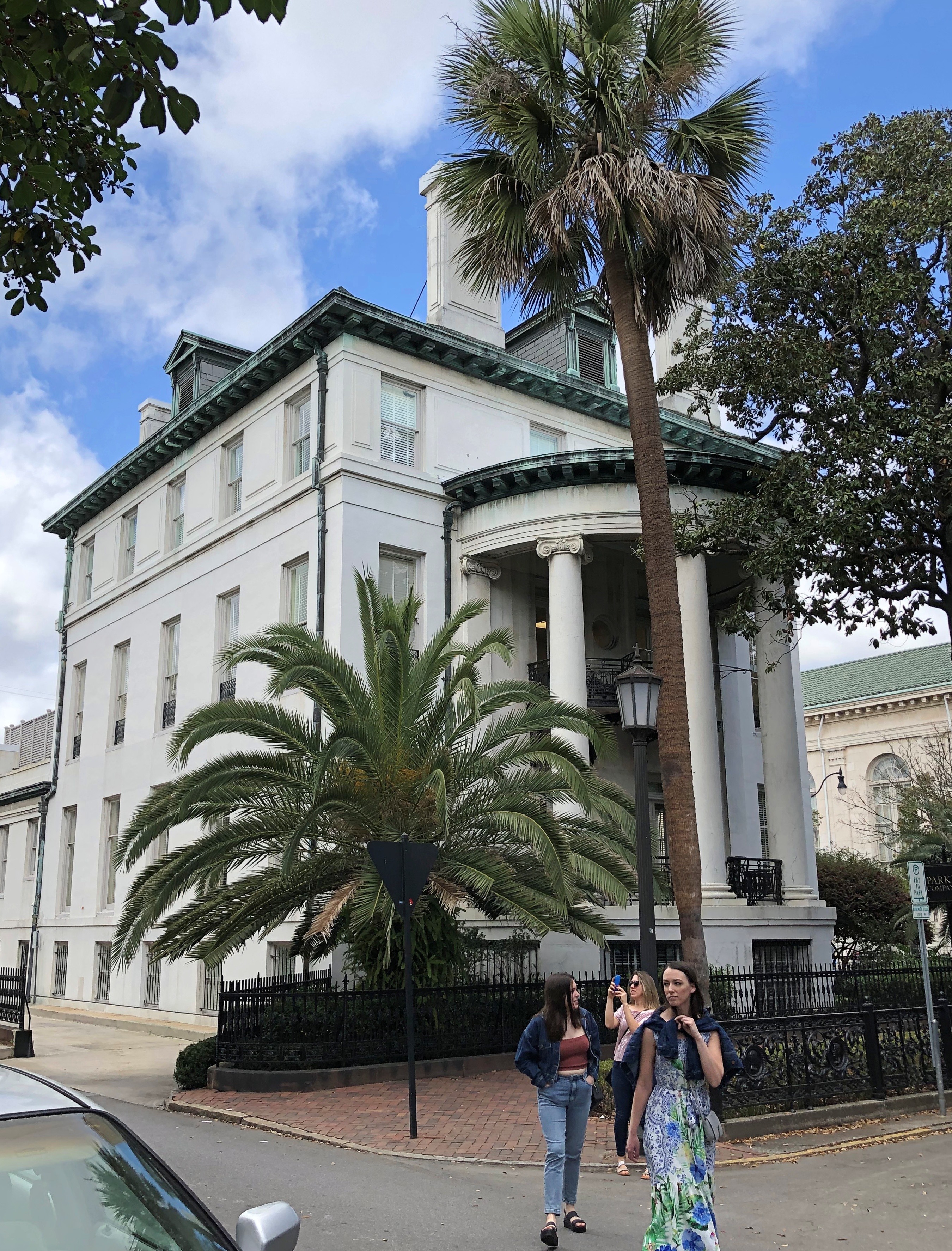
“Built on one of Savannah’s original trust lots by Irish-born architect Charles B. Cluskey, the house features Doric columns, 14-foot ceilings, elaborate crown moldings and the original oak floors,” the company web site notes.
Also on Chippewa Square, 15 W. Perry St., built in 1867. You might call it an example of the garden-variety historic structures that populates so much of the historic district. Doesn’t make the must-see lists, but its like are still essential to the historic fabric of the city.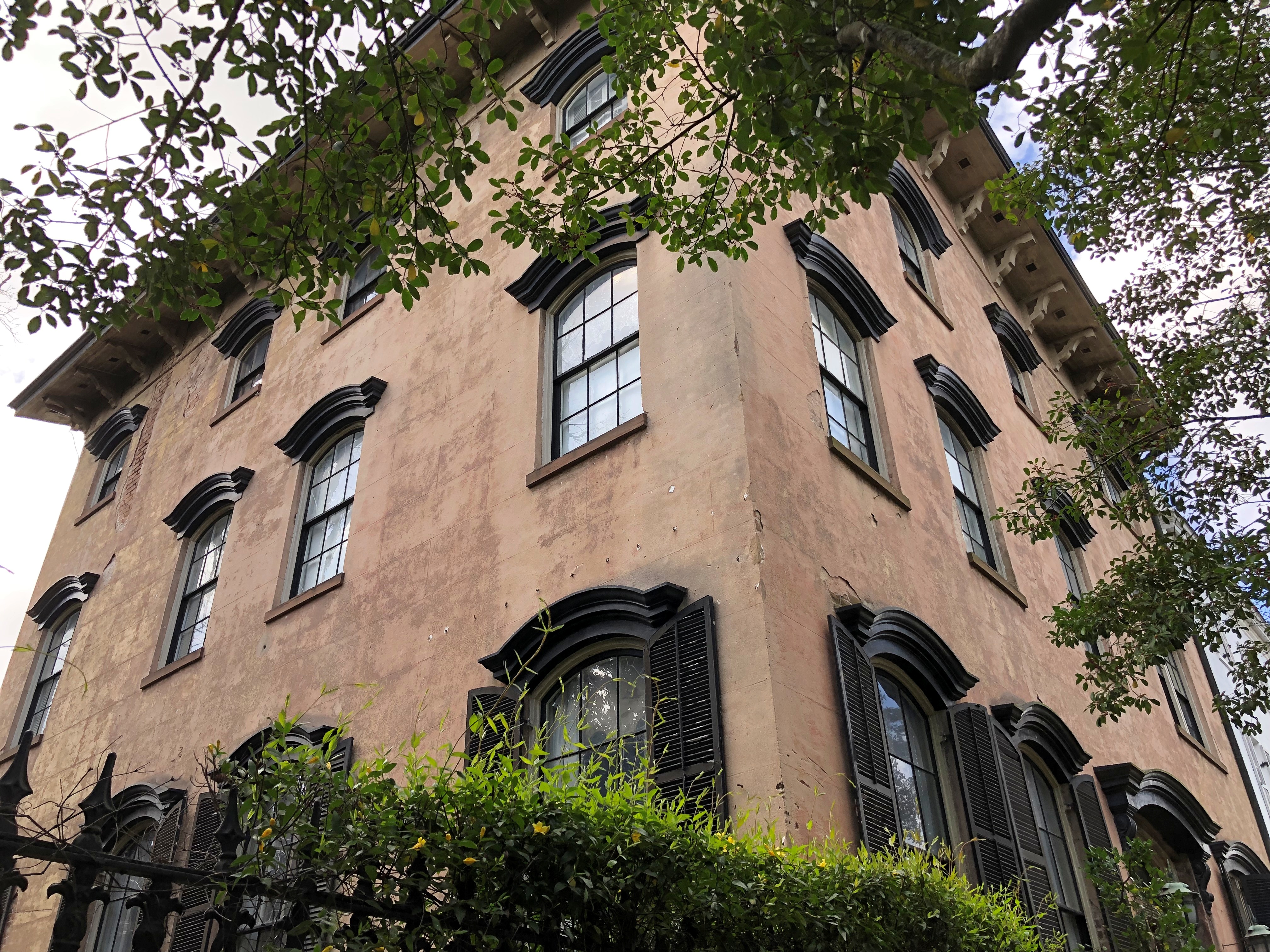
Just north of Forsyth Park on Bull St. is the Armstrong House, dating from 1919 and built for Savannah business mogul George Ferguson Armstrong. Or, as the current owner, hotelier Richard C. Kessler, is wont to call the place, the Armstrong Kessler Mansion.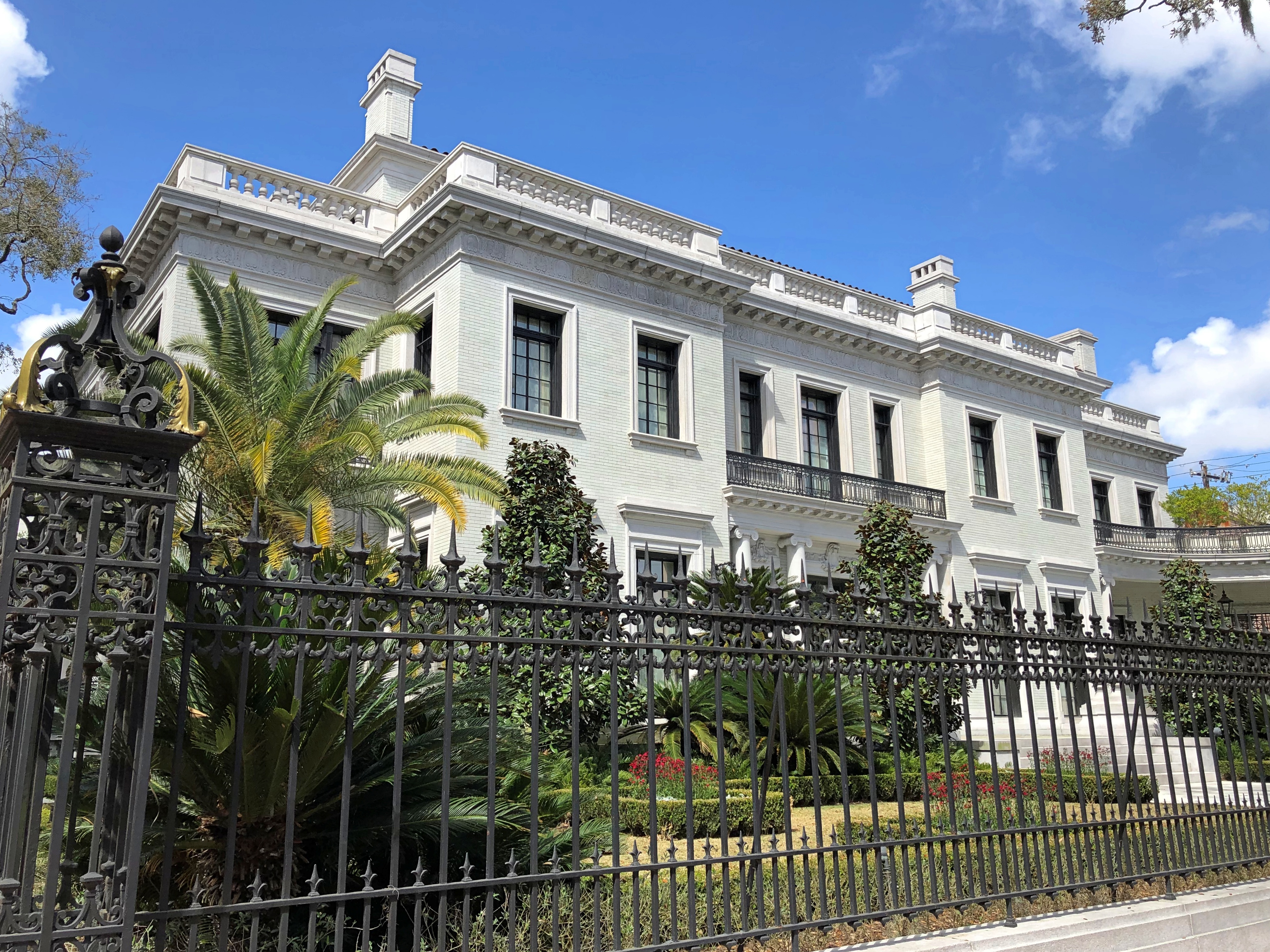

“Designed by world-renowned Beaux Arts architect Henrik Wallin, the original Armstrong Mansion is the only Italian Renaissance Revival home in Savannah listed in the authoritative A Field Guide to American Houses,” the mansion’s web site says. It was restored in the 1960s by Jim Williams, he of such protracted legal problems in the 1980s, and the 2010s restoration undertaken by Kessler left it looking spiffy indeed.
In the Armstrong yard sits a copy of “Il Porcellino,” the bronze wild boar of Florence.
A remarkable number of copies exist in places as diverse as Sydney Hospital in Australia, Butchart Gardens in British Columbia, Country Club Plaza in Kansas City and a lot of other places, according to Wiki. I won’t bother to try to confirm all of them. Curiously, the page doesn’t list the one in Savannah.
Besides the Methodist church we managed to enter — just as Sunday services ended — we passed by a number of religious sites that were closed. On Bull St. is the Independent Presbyterian Church. 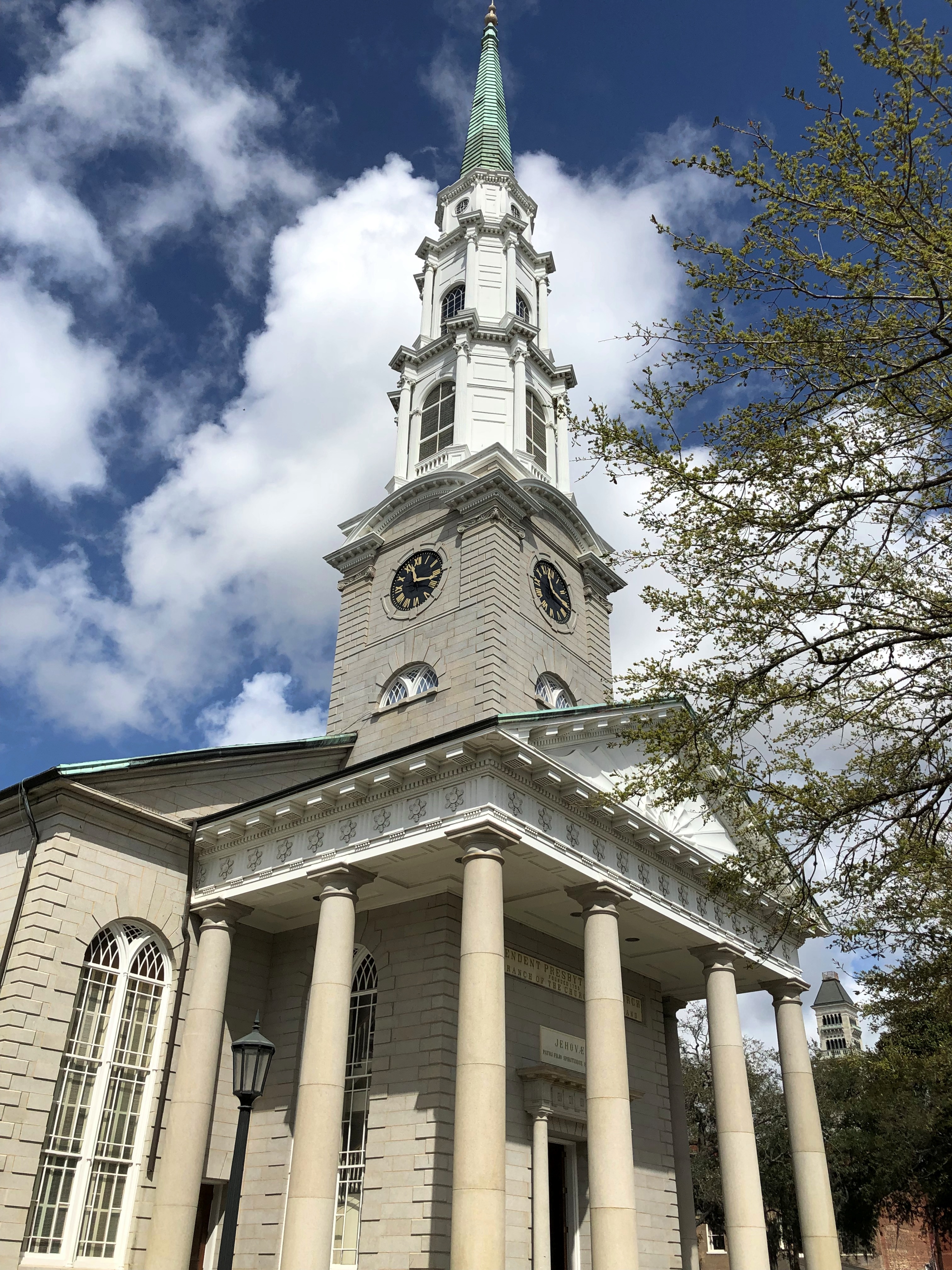
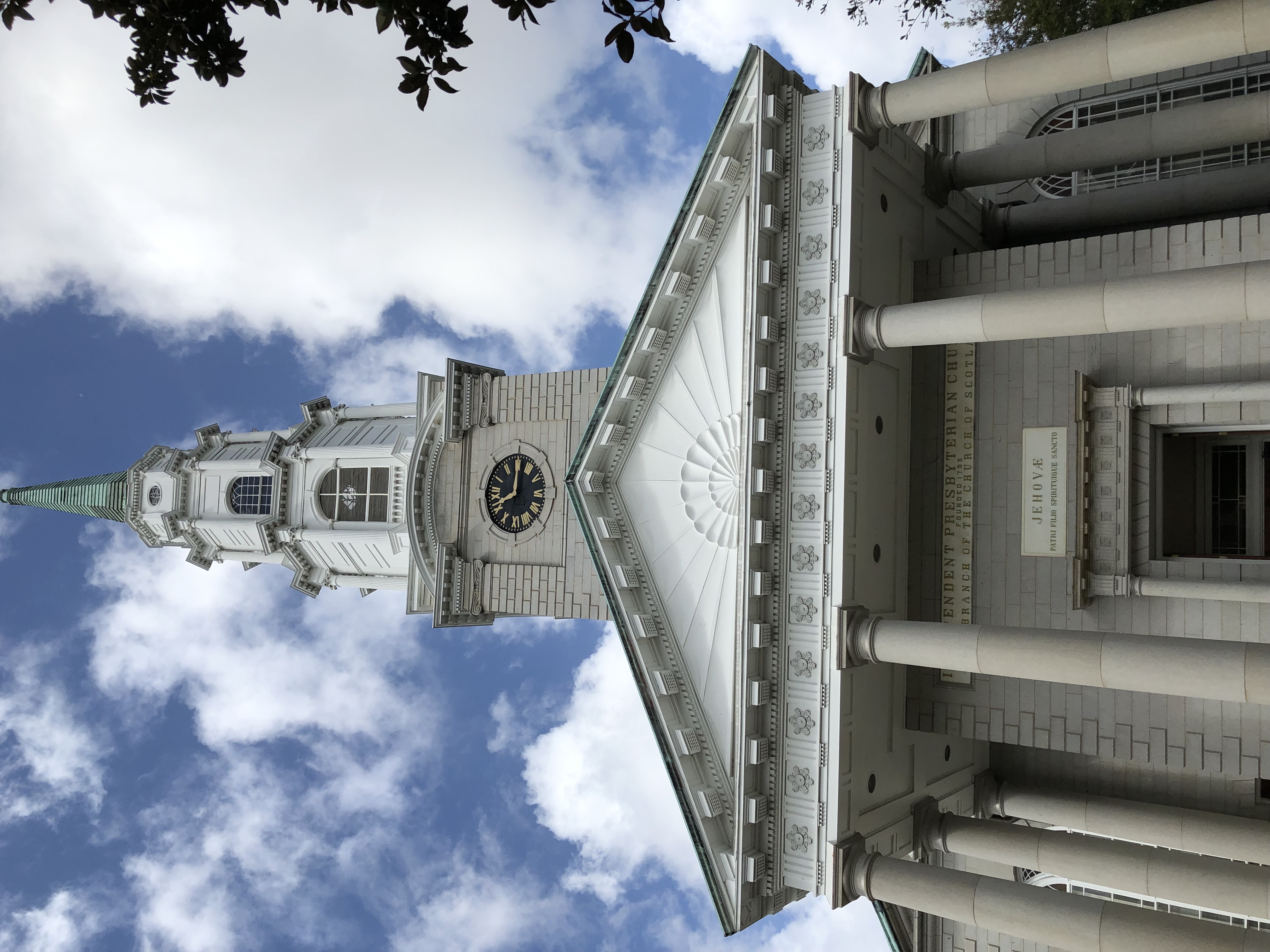
There’s a presidential connection. Maybe two. The original church on the site, according to the Georgia Historic Commission plaque on site, was dedicated in 1819 “with impressive services that were attended by President James Monroe.”
That church burned down late in the 19th century. The current church was completed in 1891, with the architect, William G. Preston, following “the general plan of the former structure,” the plaque notes, adding that “Ellen Louise Axson, who was born in the manse of the Independent Presbyterian Church in 1860, was married in 1885 to Woodrow Wilson… in a room in the manse.”
On Monterey Square is Congregation Mickve Israel, one of the oldest synagogues in the U.S.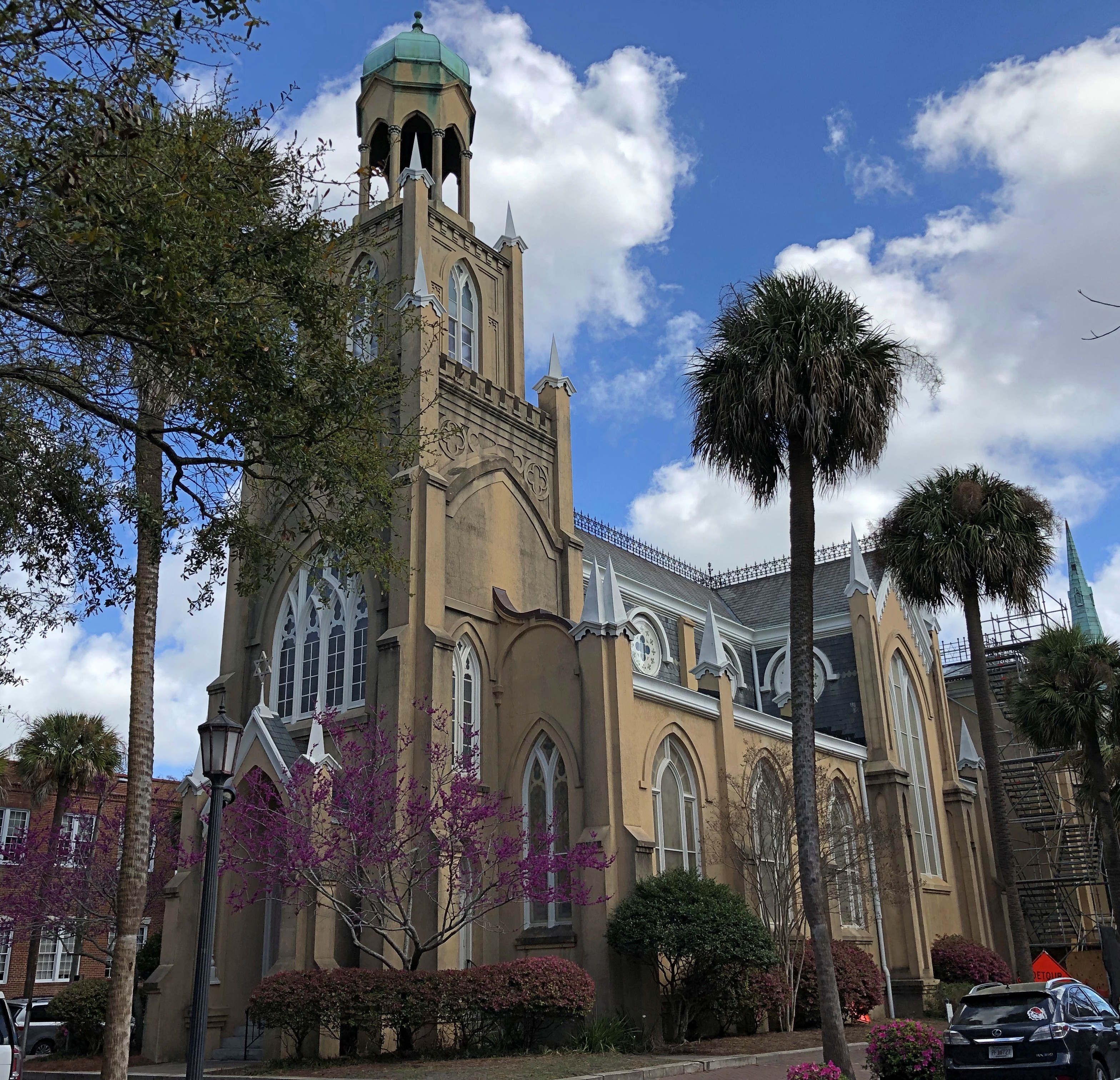
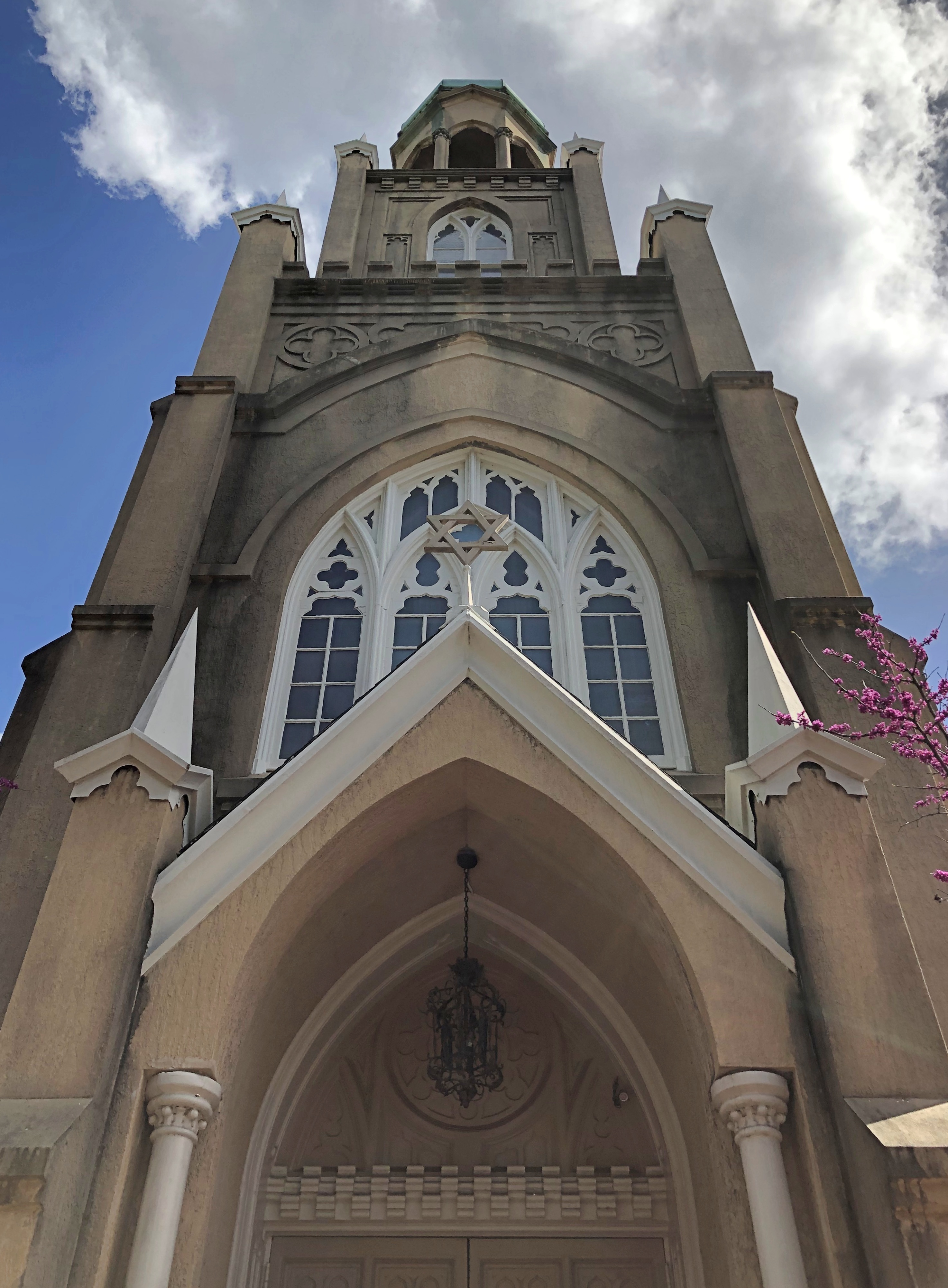
The current Gothic Revival structure — unusual for a synagogue building — was designed by Henry G. Harrison and completed in 1878 (some interior shots are here).
The Jewish presence in Savannah, and indeed Georgia, started much earlier, when a group of mostly Sephardic Jews of Spanish and Portuguese extraction arrived in the brand-new colony in 1733. They had previously fled to London after finding the Iberian peninsula inhospitable (they did expect the Spanish Inquisition, it seems), and it was this group that organized the synagogue in 1735.
The first trustees of Georgia banned Jews (and Catholics) from the colony, but that had no more effect than banning rum, which they also tried to do. Gen. Oglethorpe apparently decided that he needed all the colonists he could get. The colonists apparently decided they needed all the rum they could get.
Another (tenuous) presidential connection is cited on the synagogue’s Georgia Historic Commission plaque:
“In 1789, the Congregation received a letter from President George Washington which stated in part: ‘May the same wonder-working Deity who long since delivering the Hebrews from their Egyptian oppressors, planted them in the promised land — whose providential agency has lately been conspicuous in establishing these United States as an independent nation — still continue to water them with the dews of Heaven and to make the inhabitants of every denomination participate in the temporal and spiritual blessings of that people whose God is Jehovah.’ ”
Man, presidents don’t write letters like that anymore.
We wandered by the Cathedral of St. John of Baptist twice, but found it closed each time. That’s too bad, since I understand the interior is striking, as depicted in this breathless description.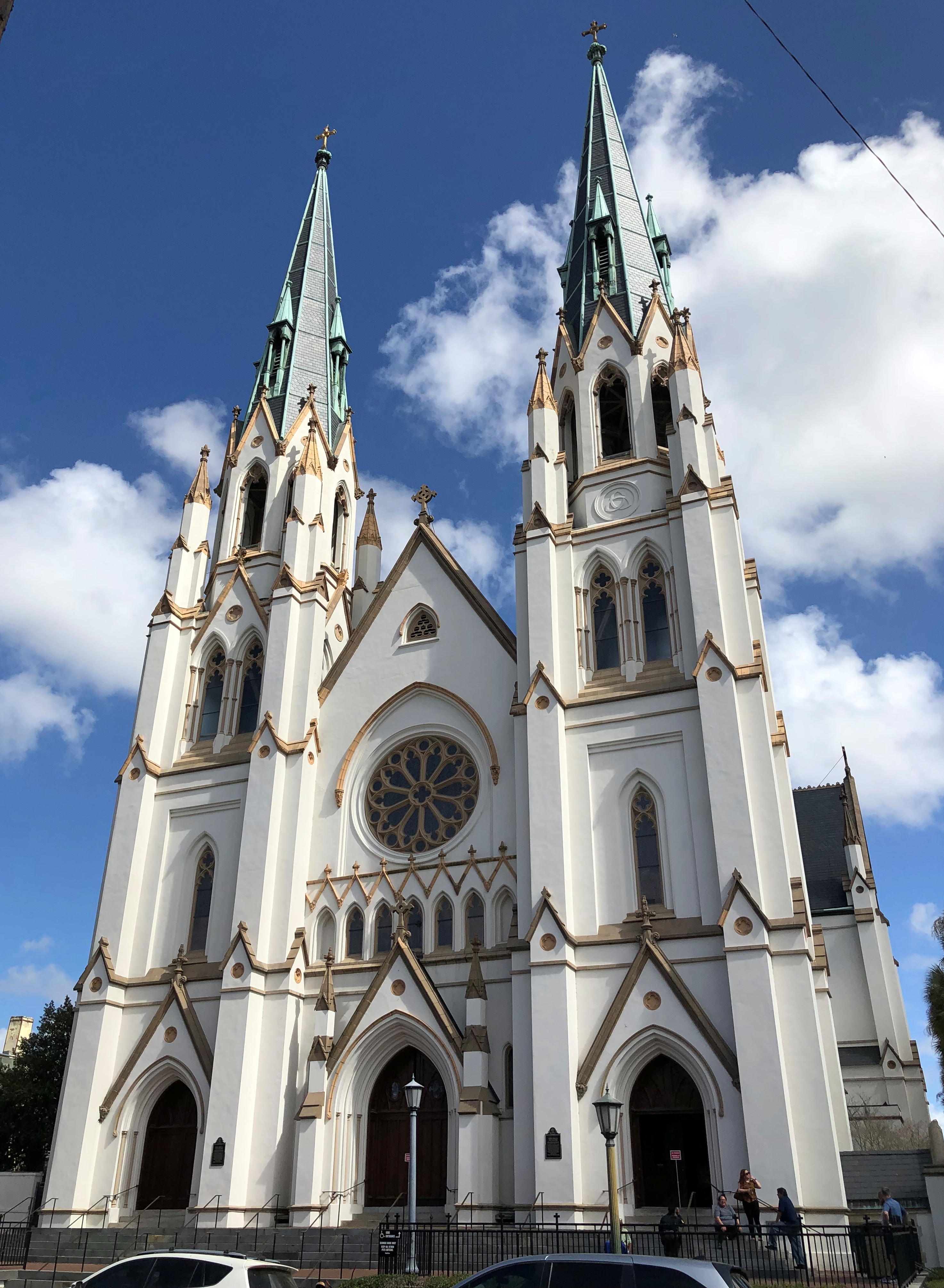
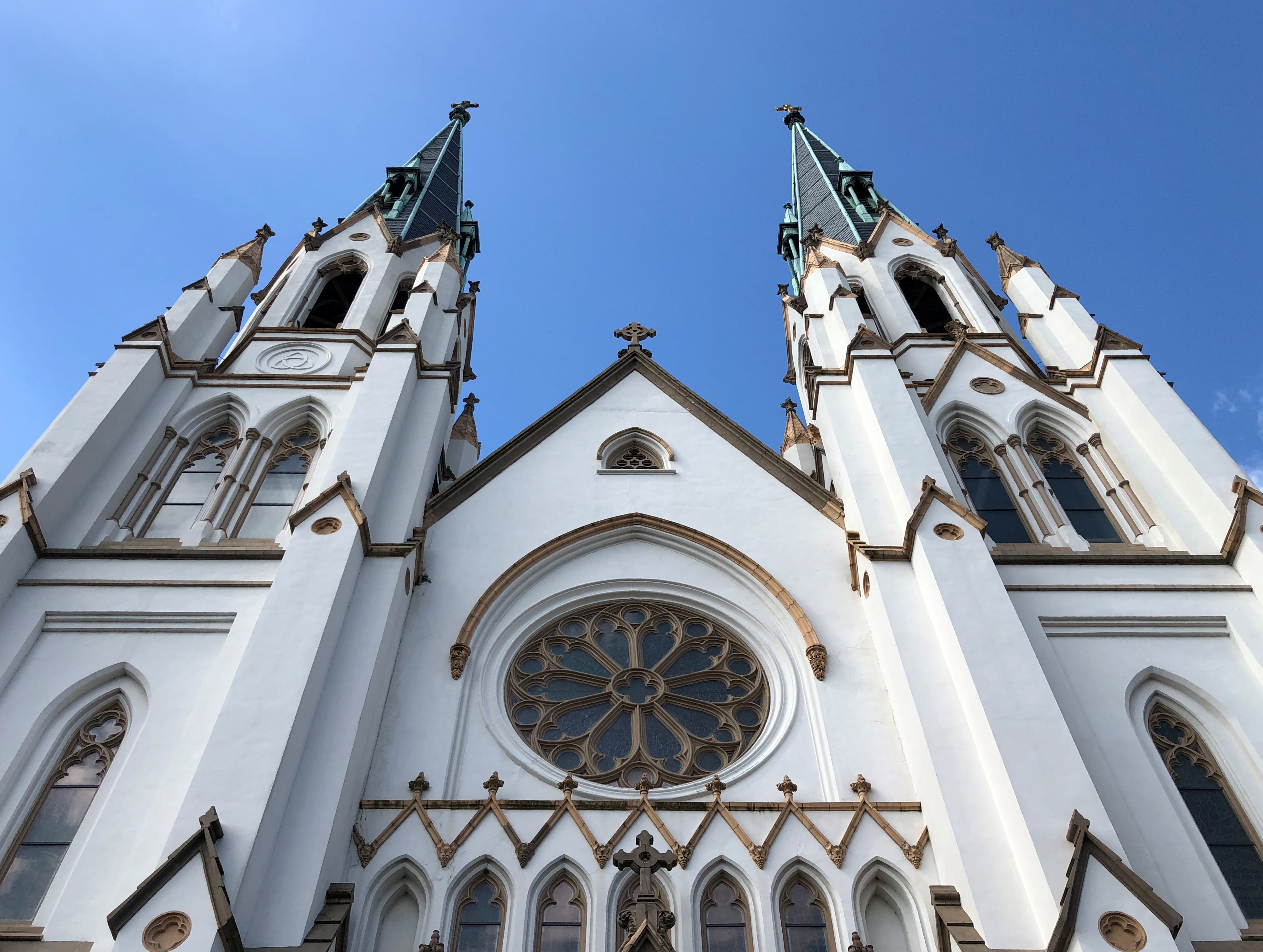
Religious émigrés founded this congregation as well, in this case those fleeing revolutions in France and Haiti in the late 18th and early 19th centuries.
The current building dates from the 1870s, when Ephraim Francis Baldwin designed the church in a High Victorian Gothic style. His was an interesting practice: he specialized in churches, but also railroad stations. There was growing demand for both back then, after all.
“The Church of St. John the Baptist became a cathedral in 1850 when the Diocese of Savannah was established with the Right Reverend Francis X. Gartland as its first bishop,” its Georgia Historic Commission plaque says. “The Cathedral was dedicated at this site on April 30, 1876. A fire in 1898 destroyed much of the structure. It was quickly rebuilt and opened again in 1900. Another major restoration took place in 2000.”
